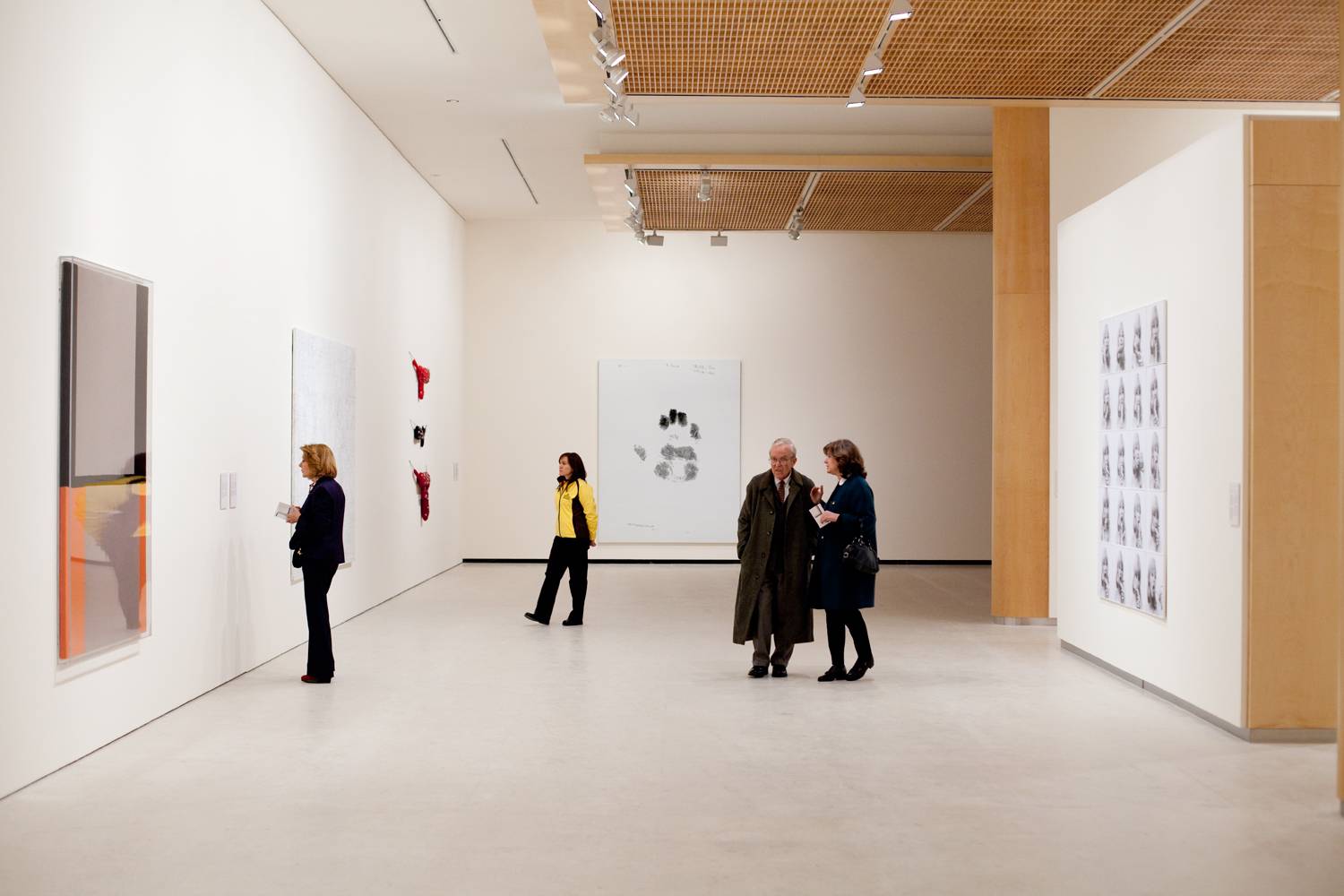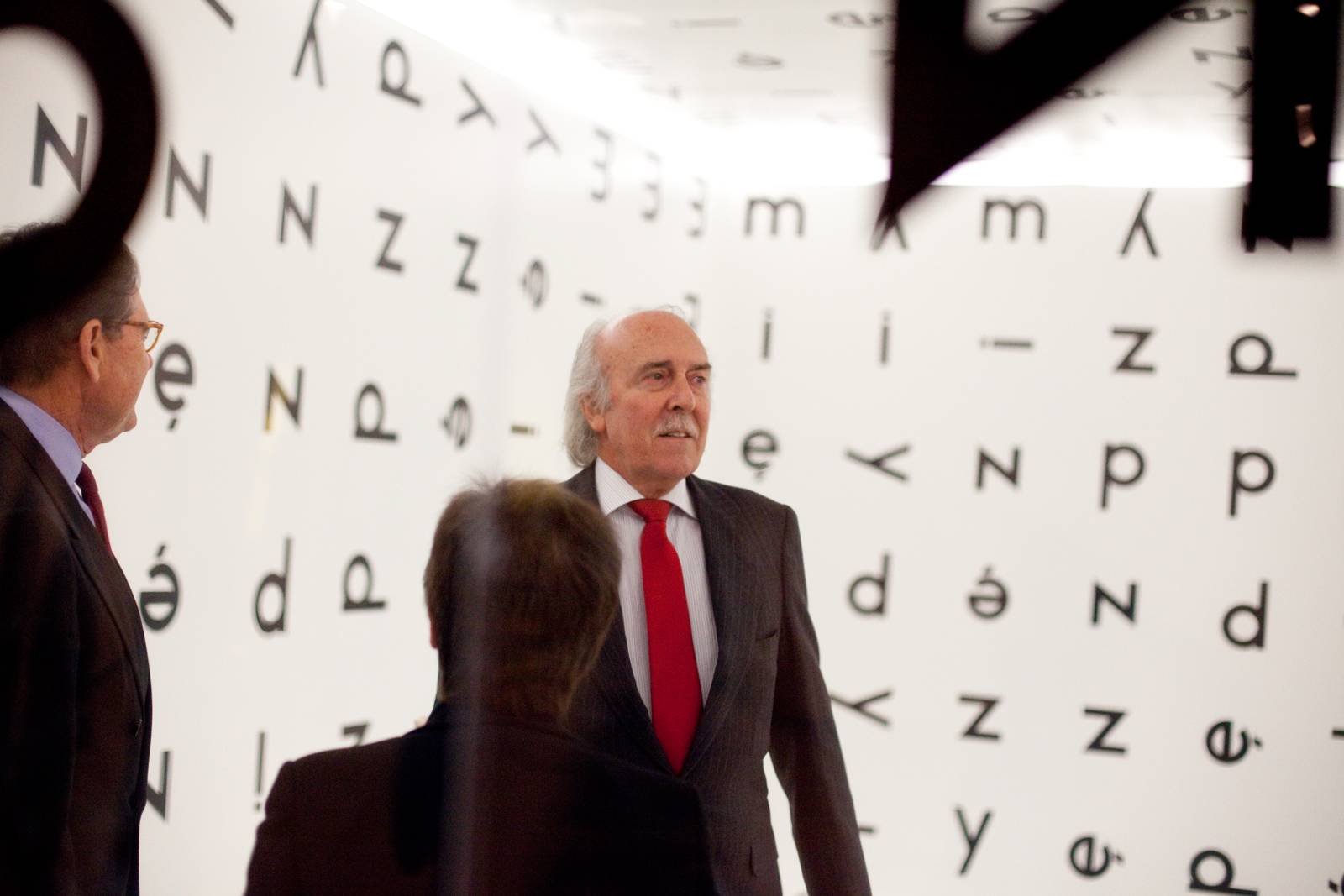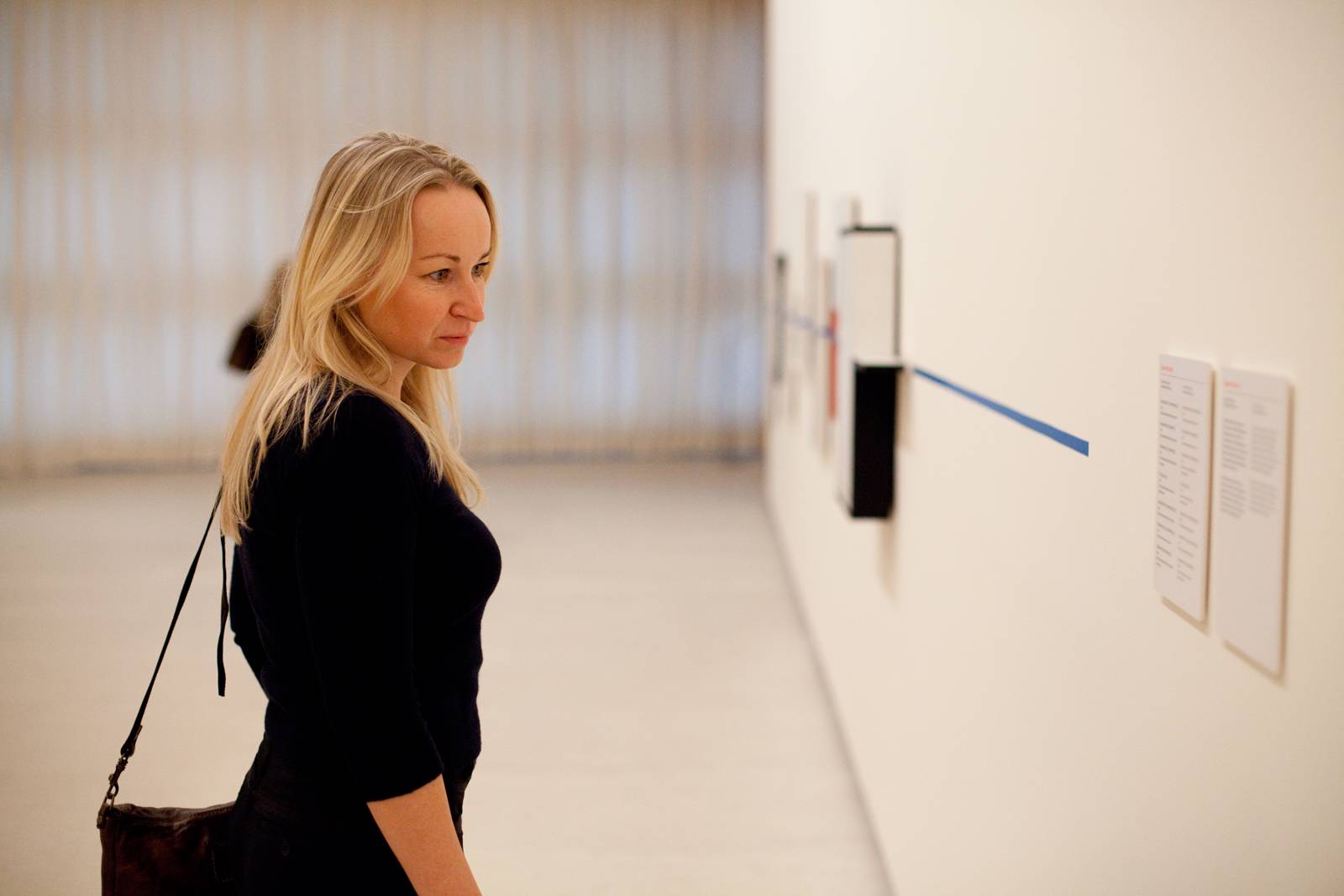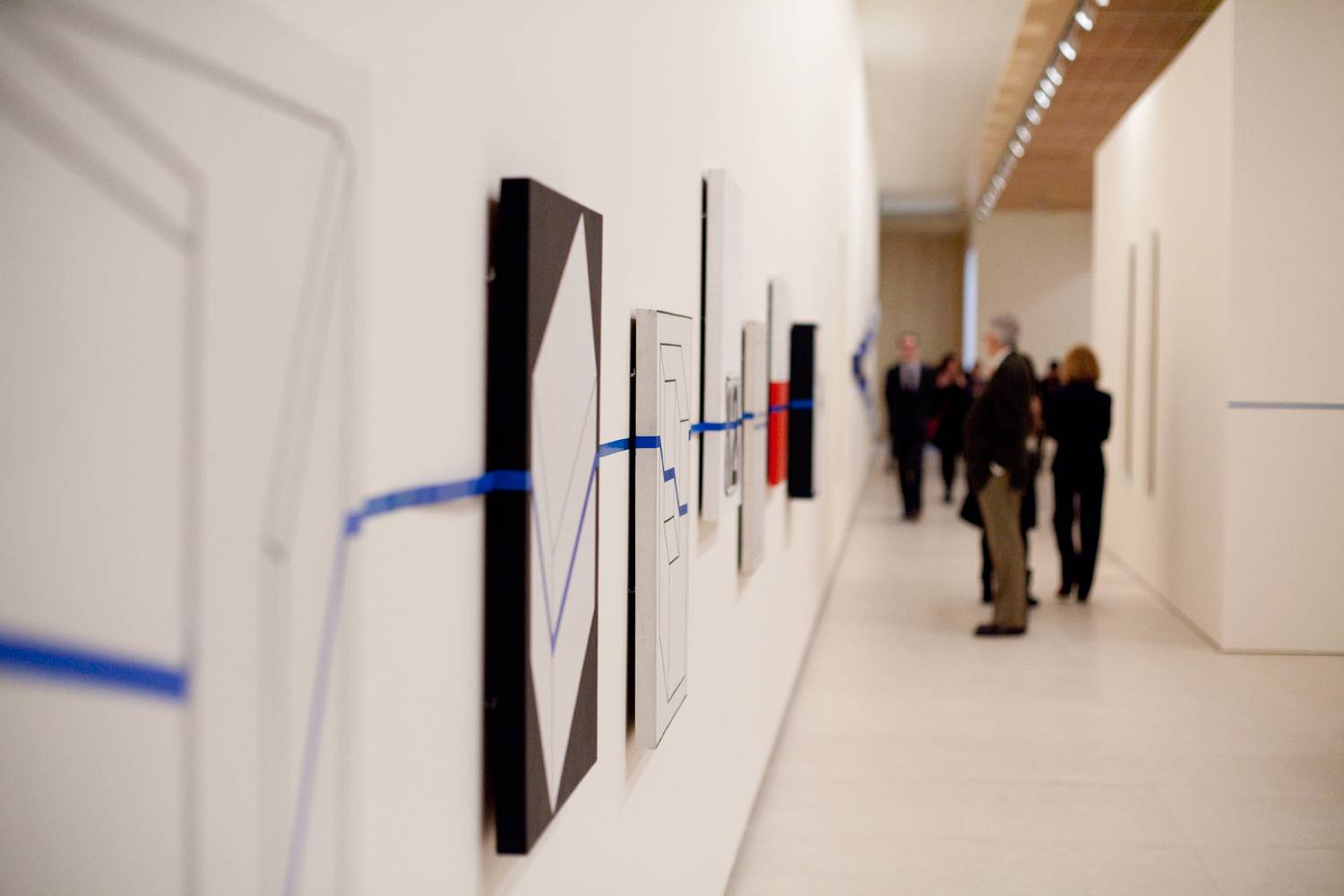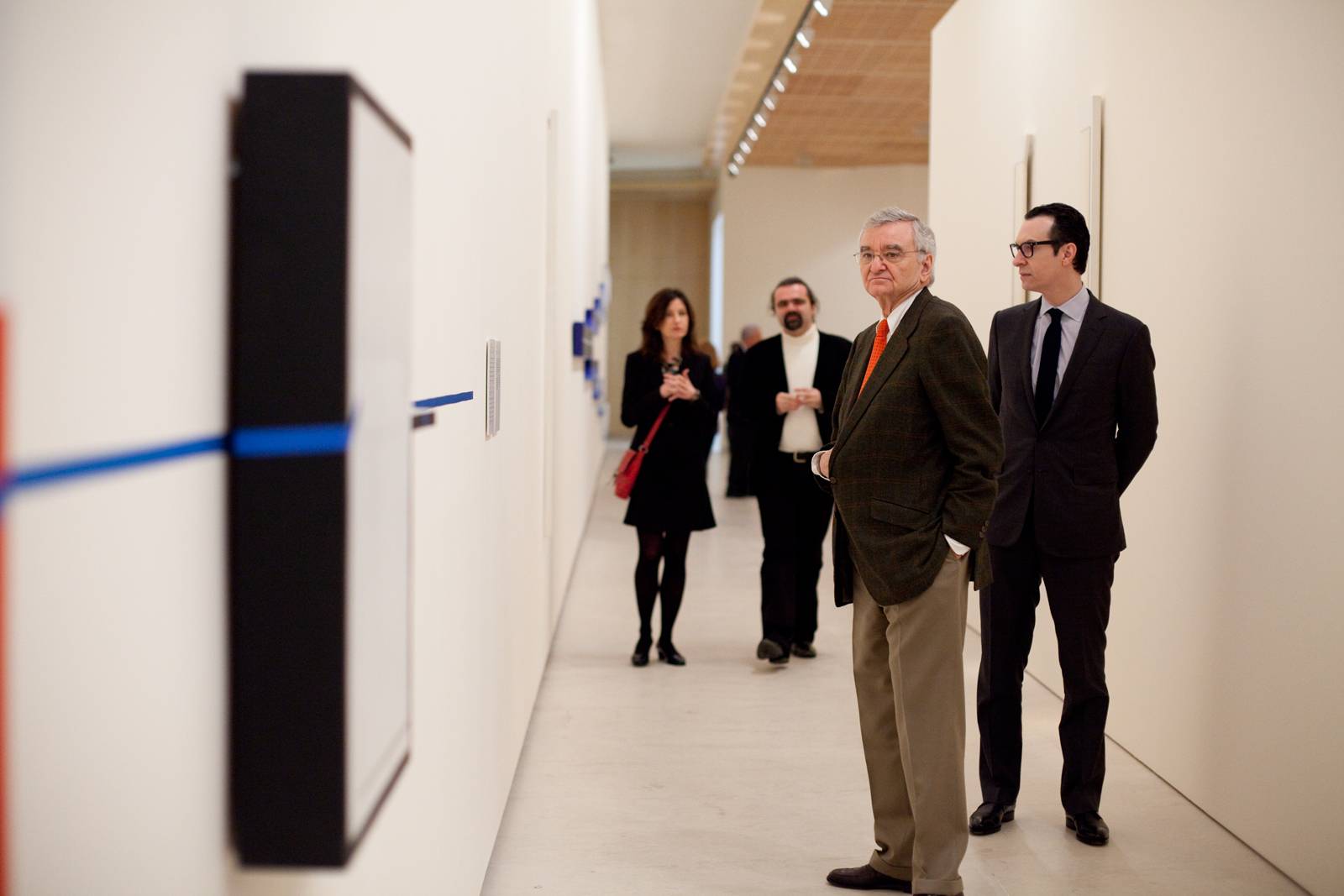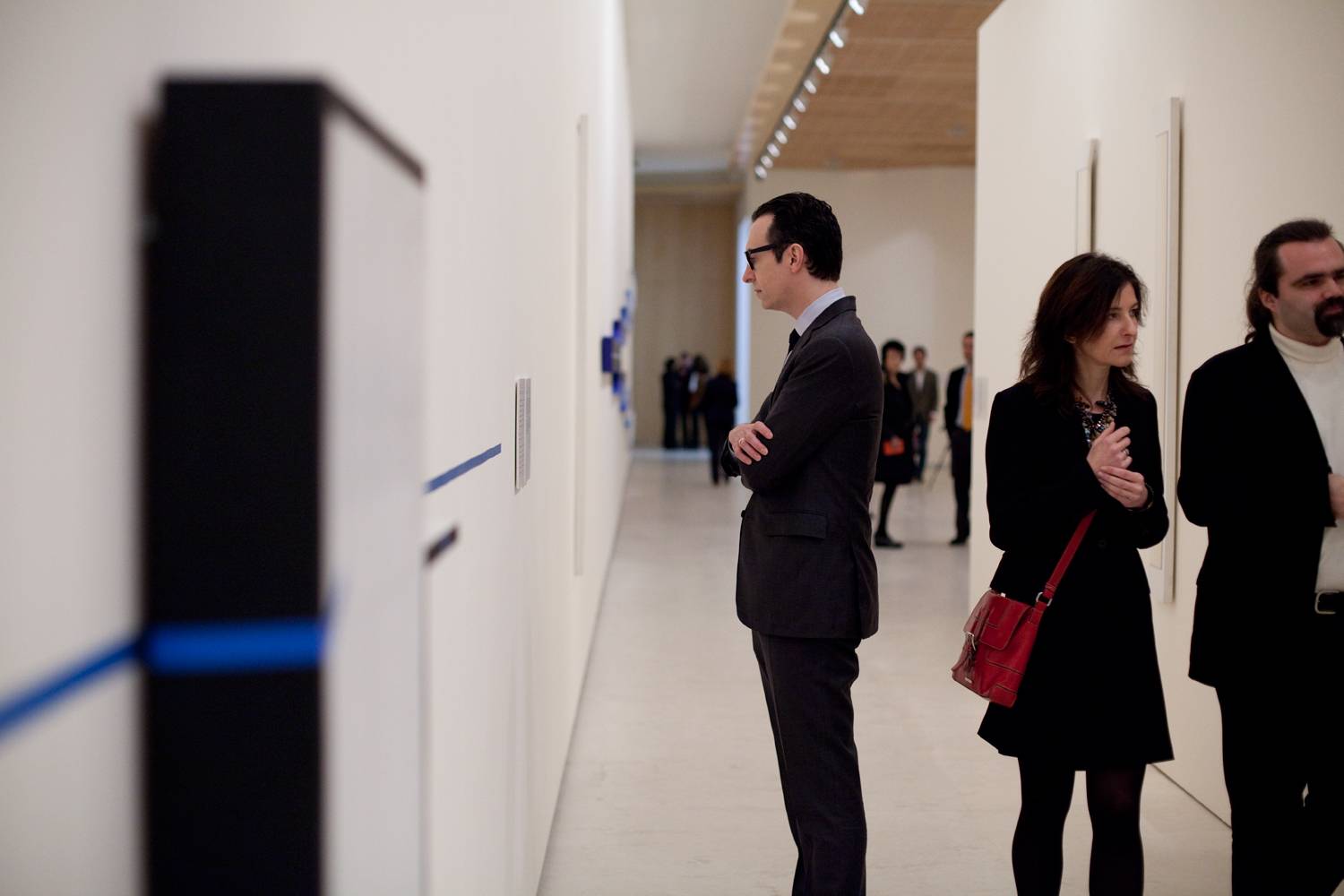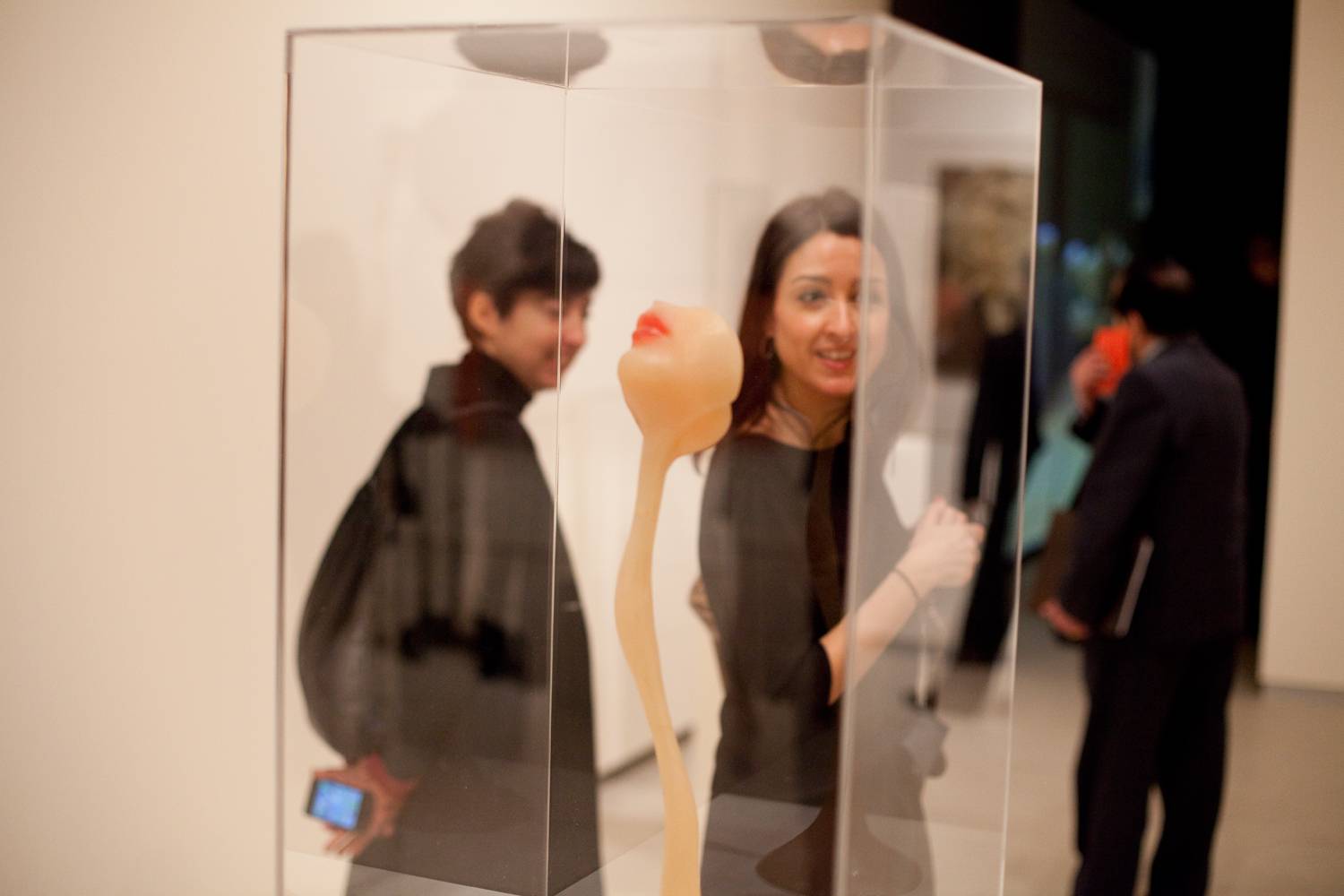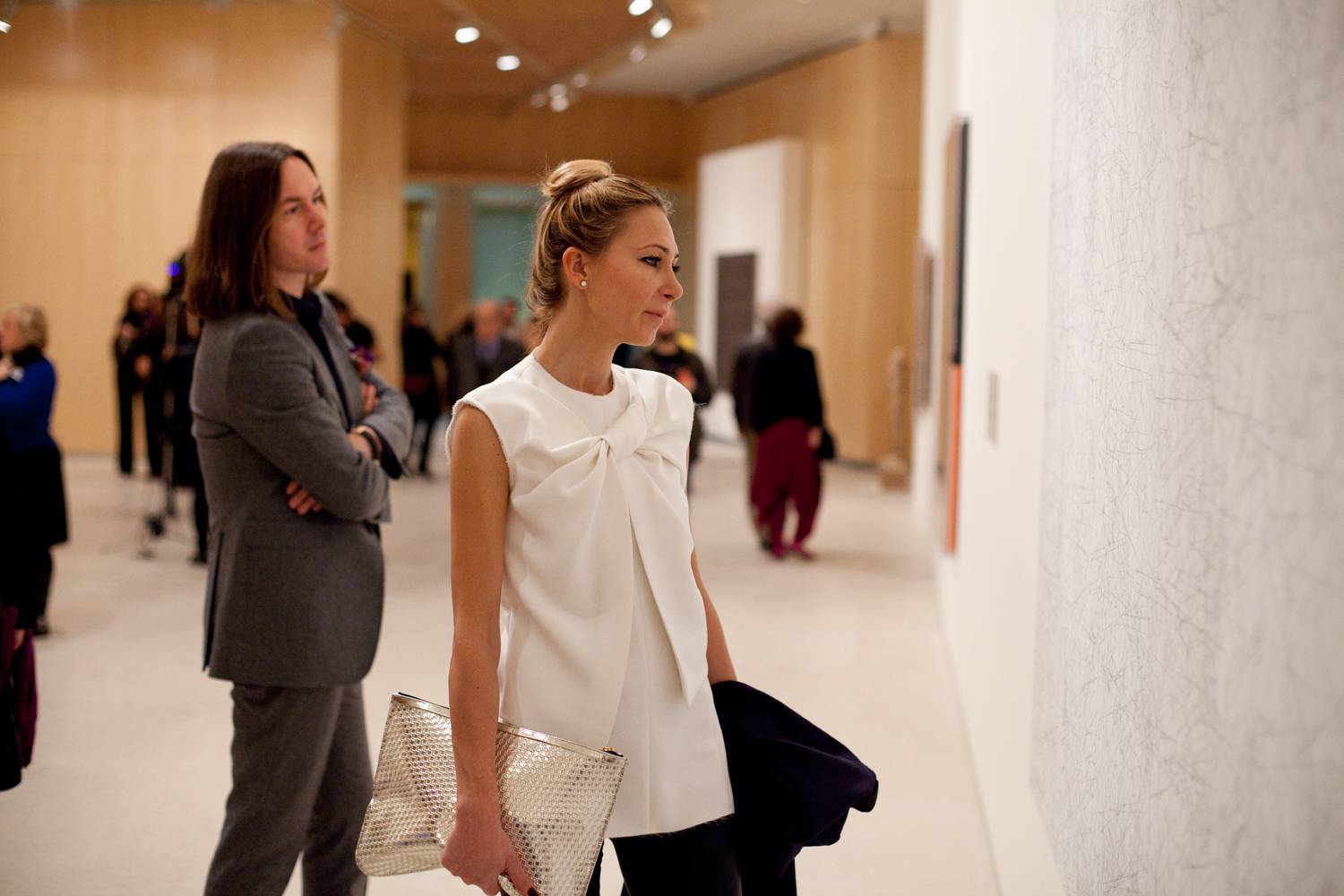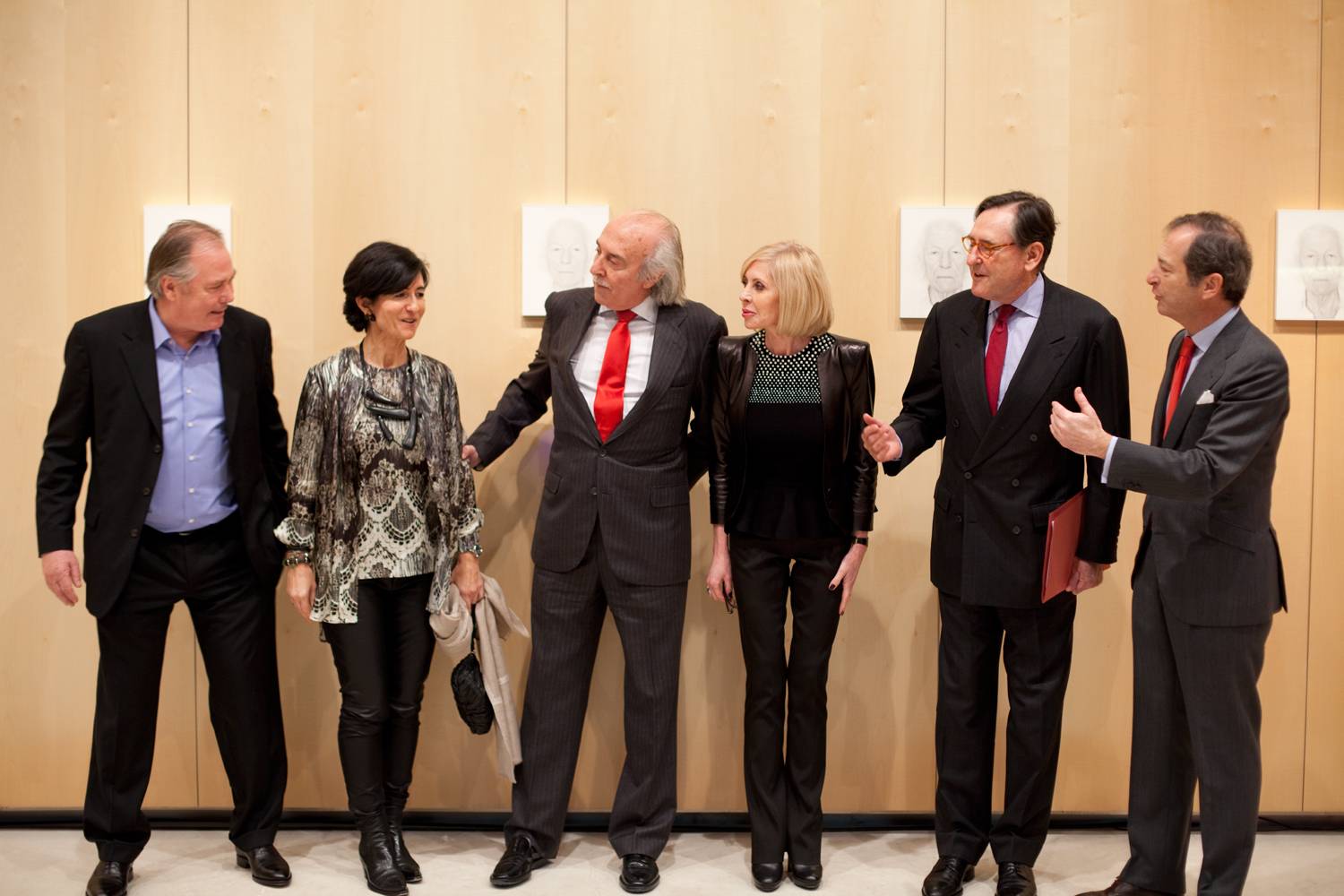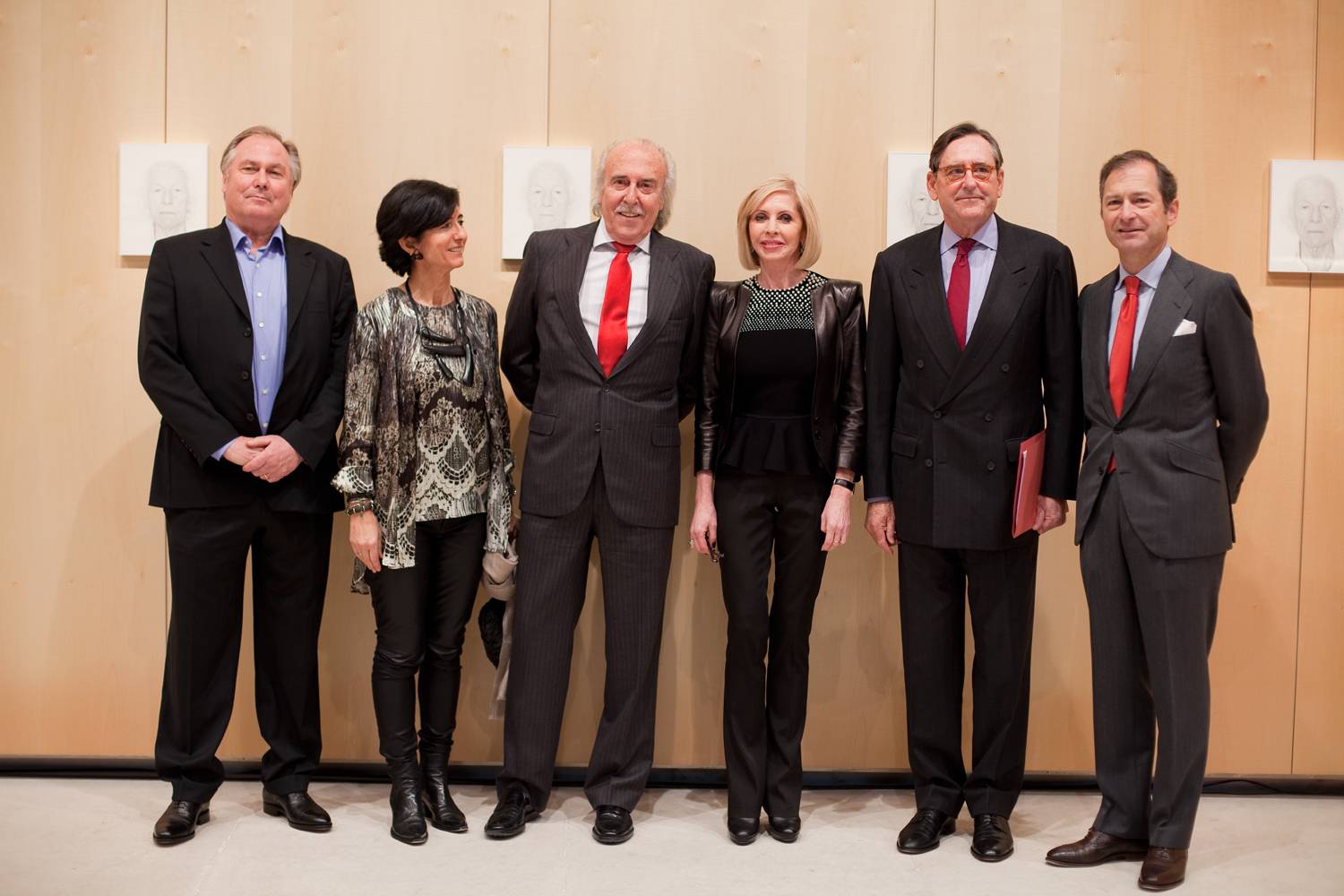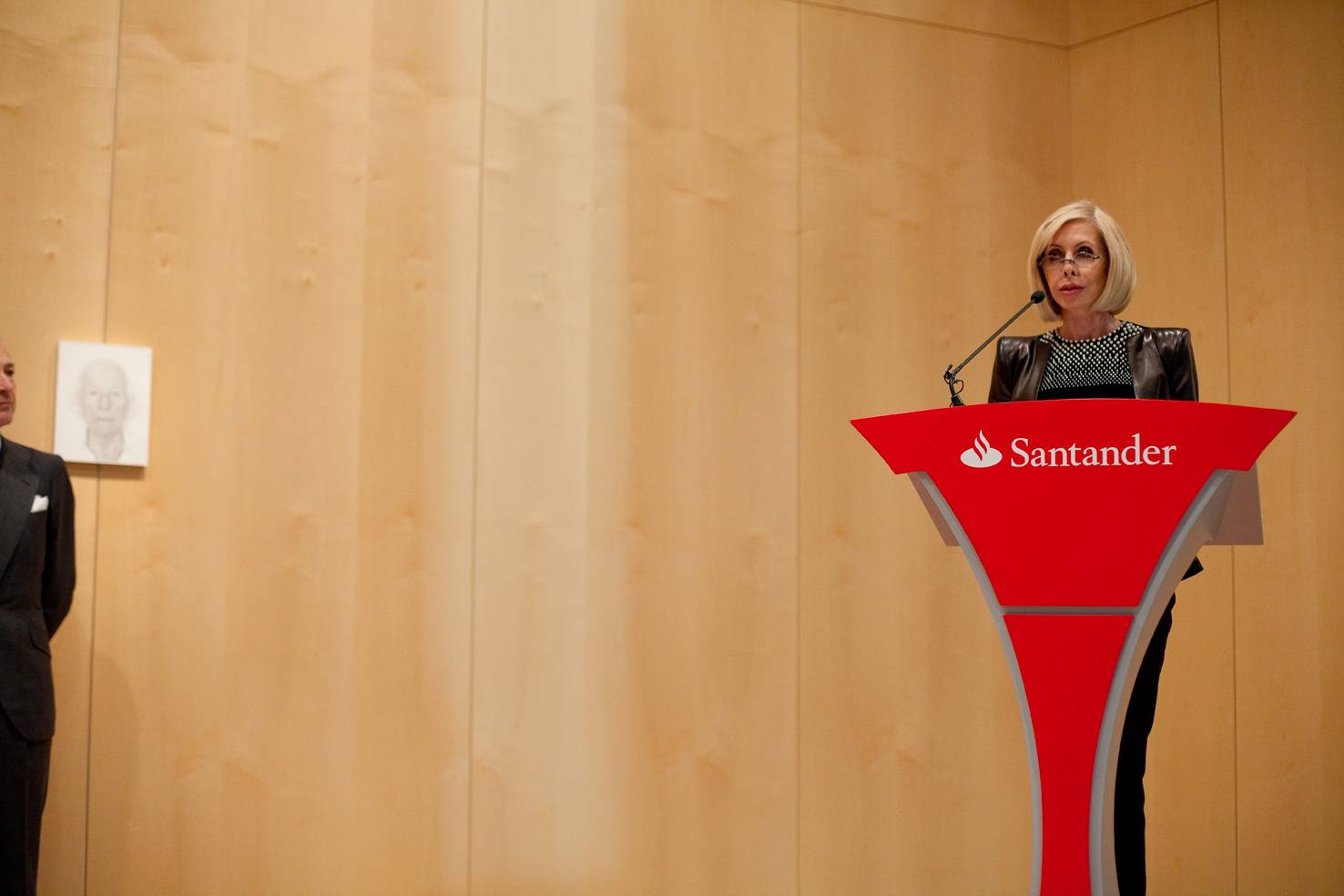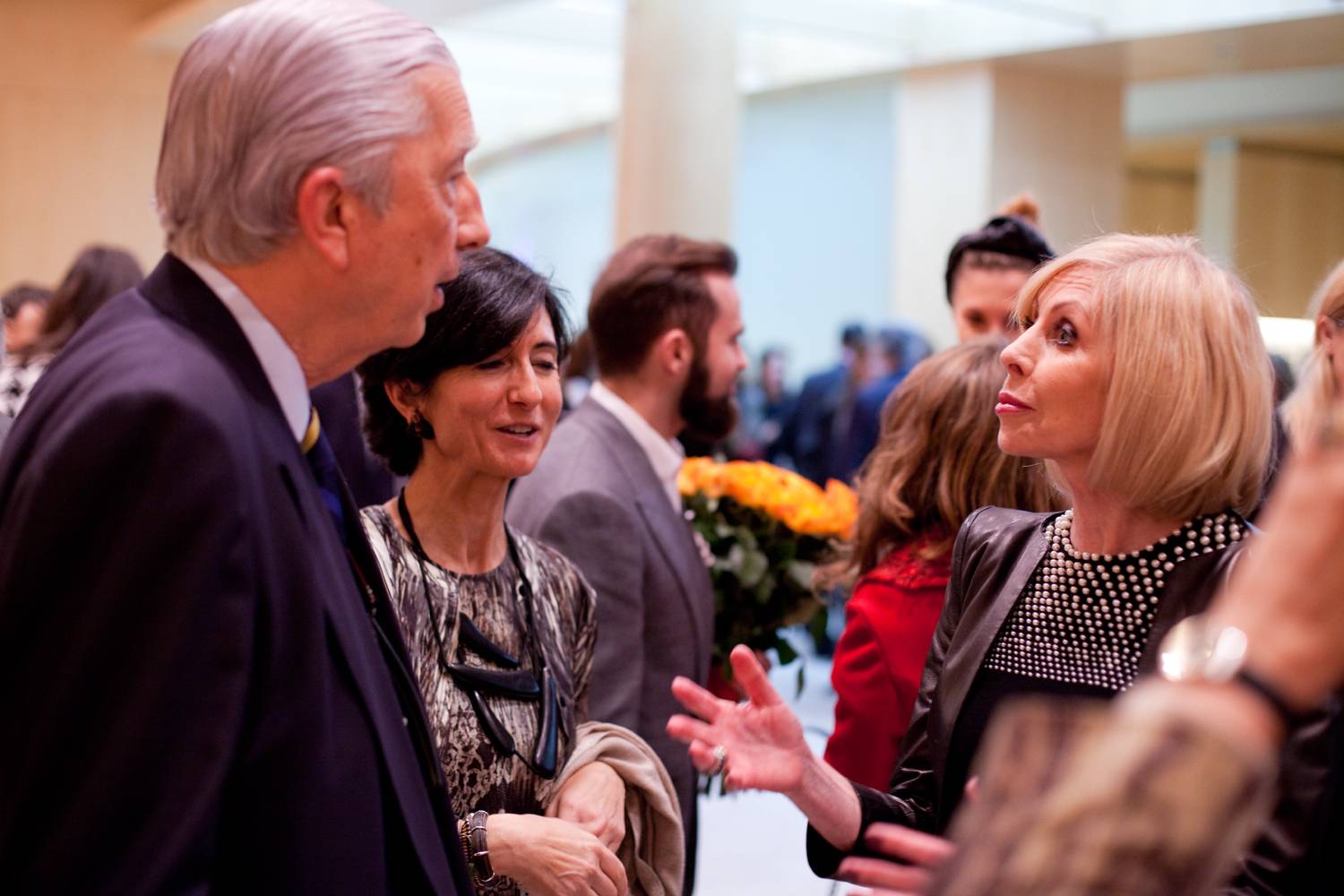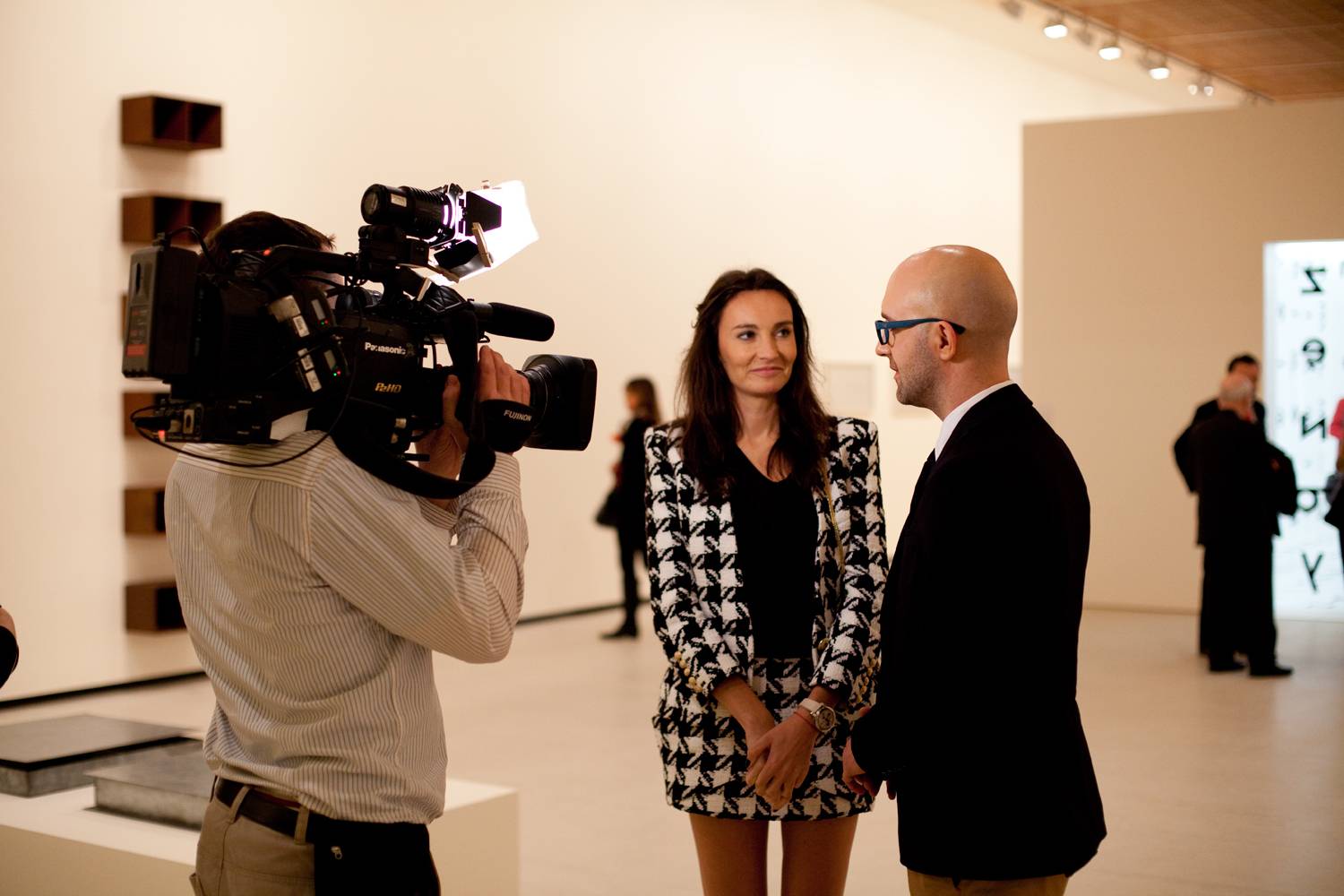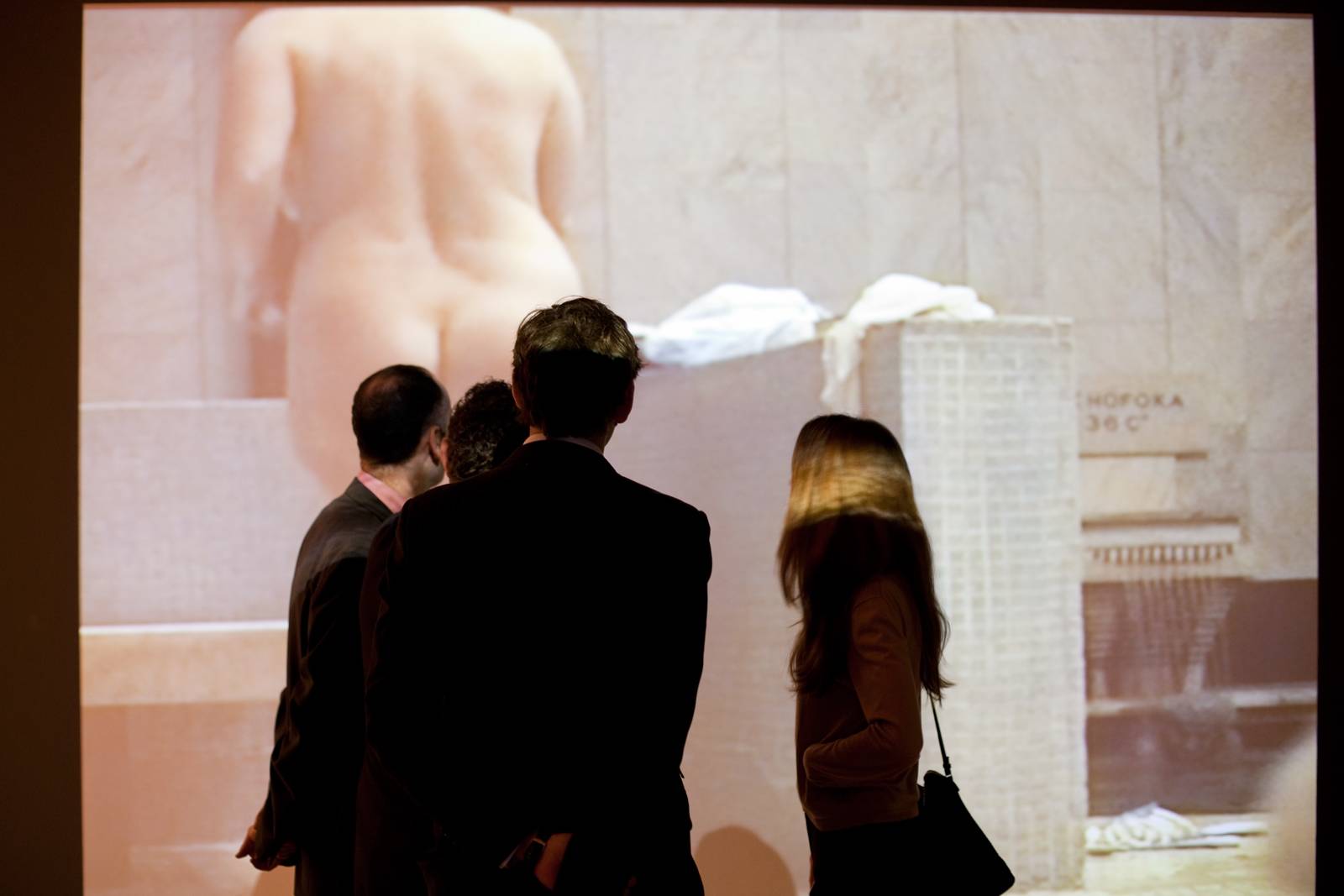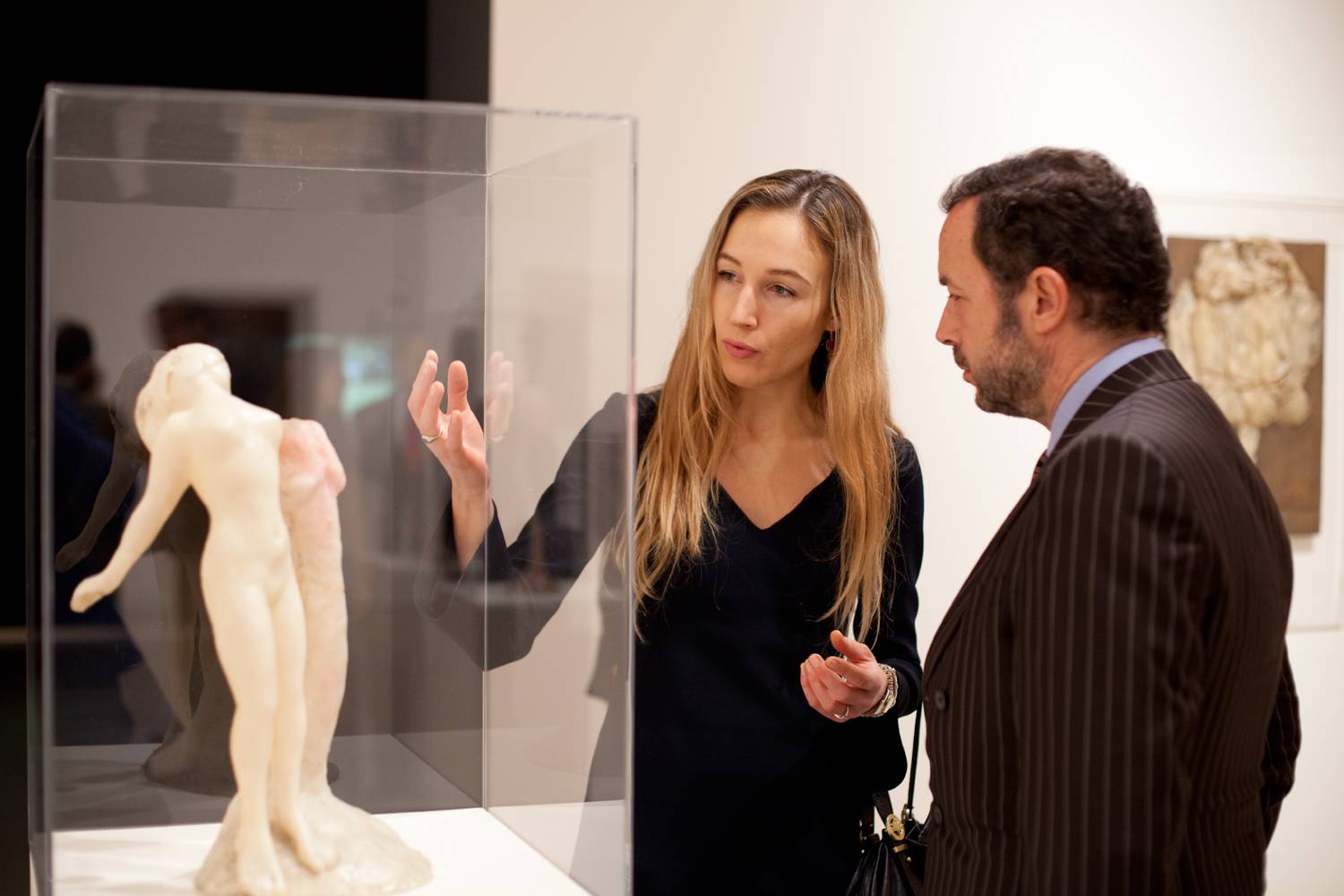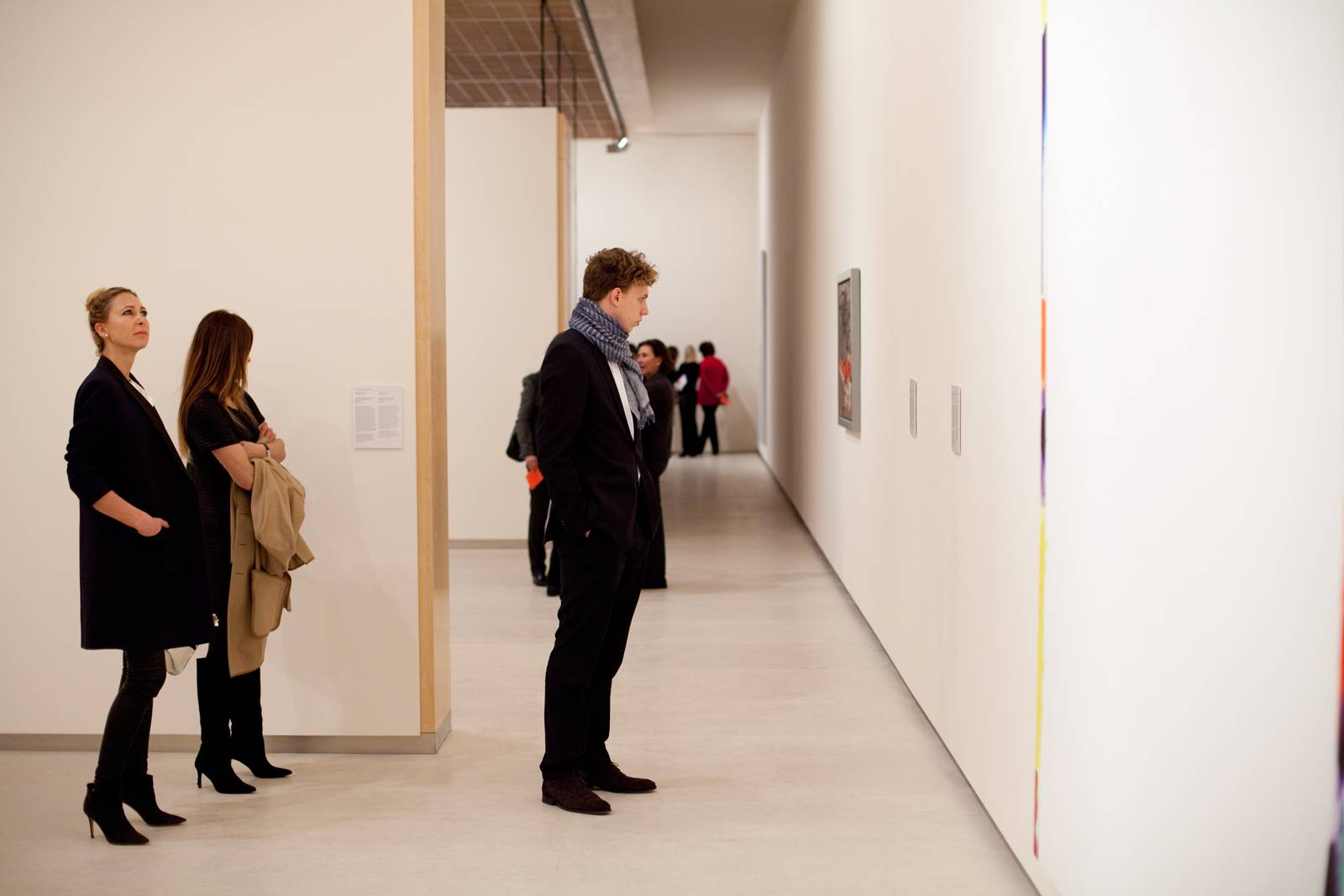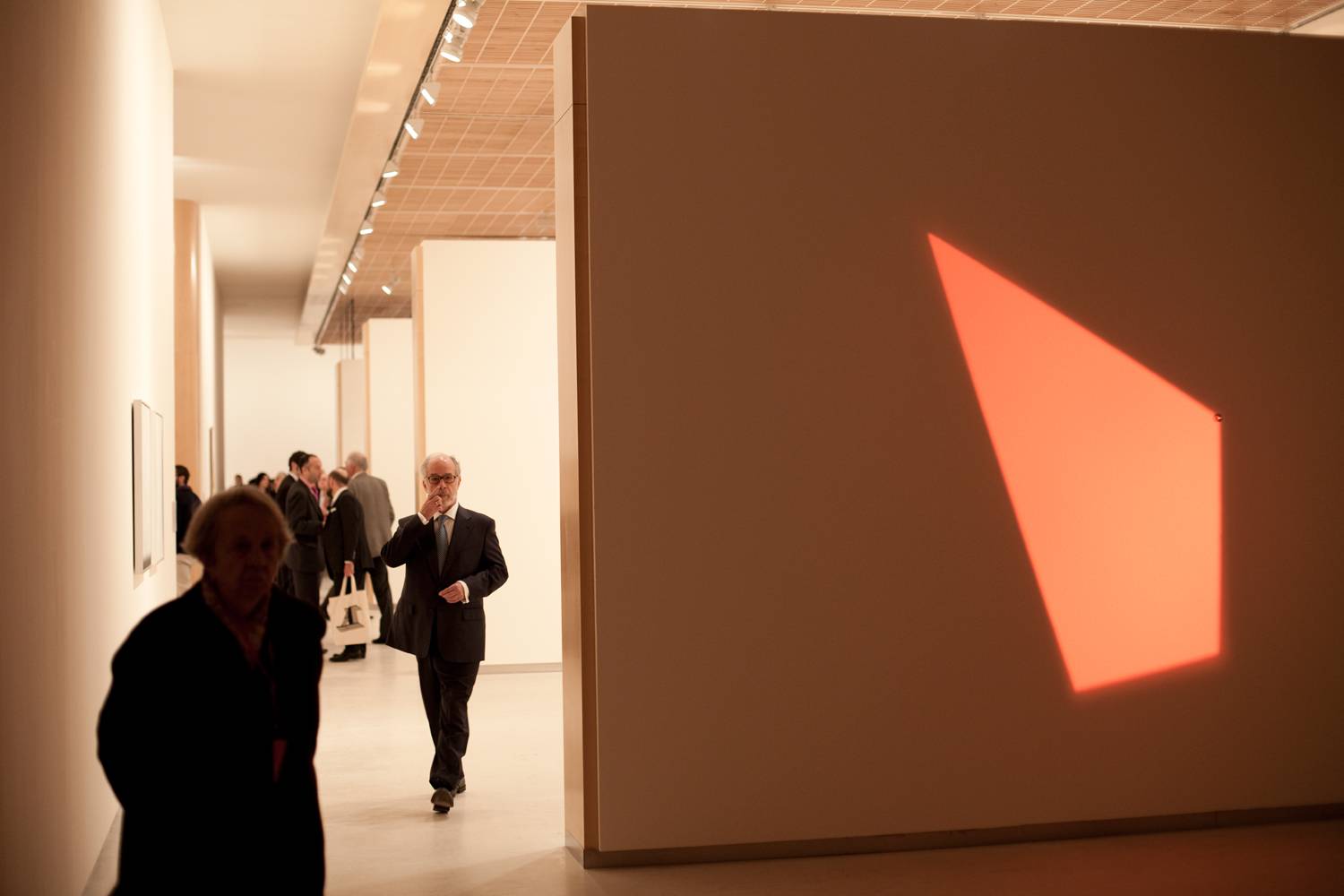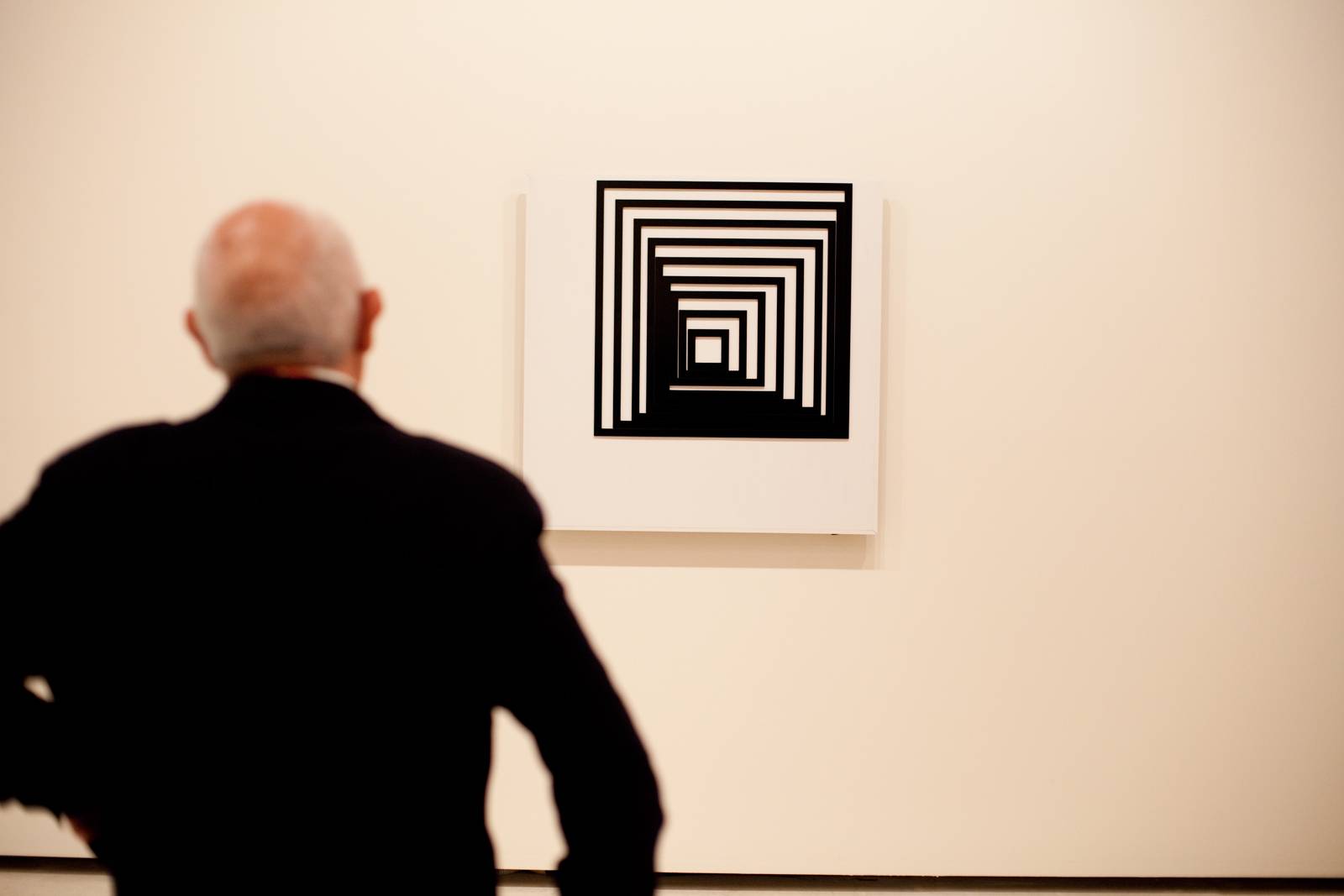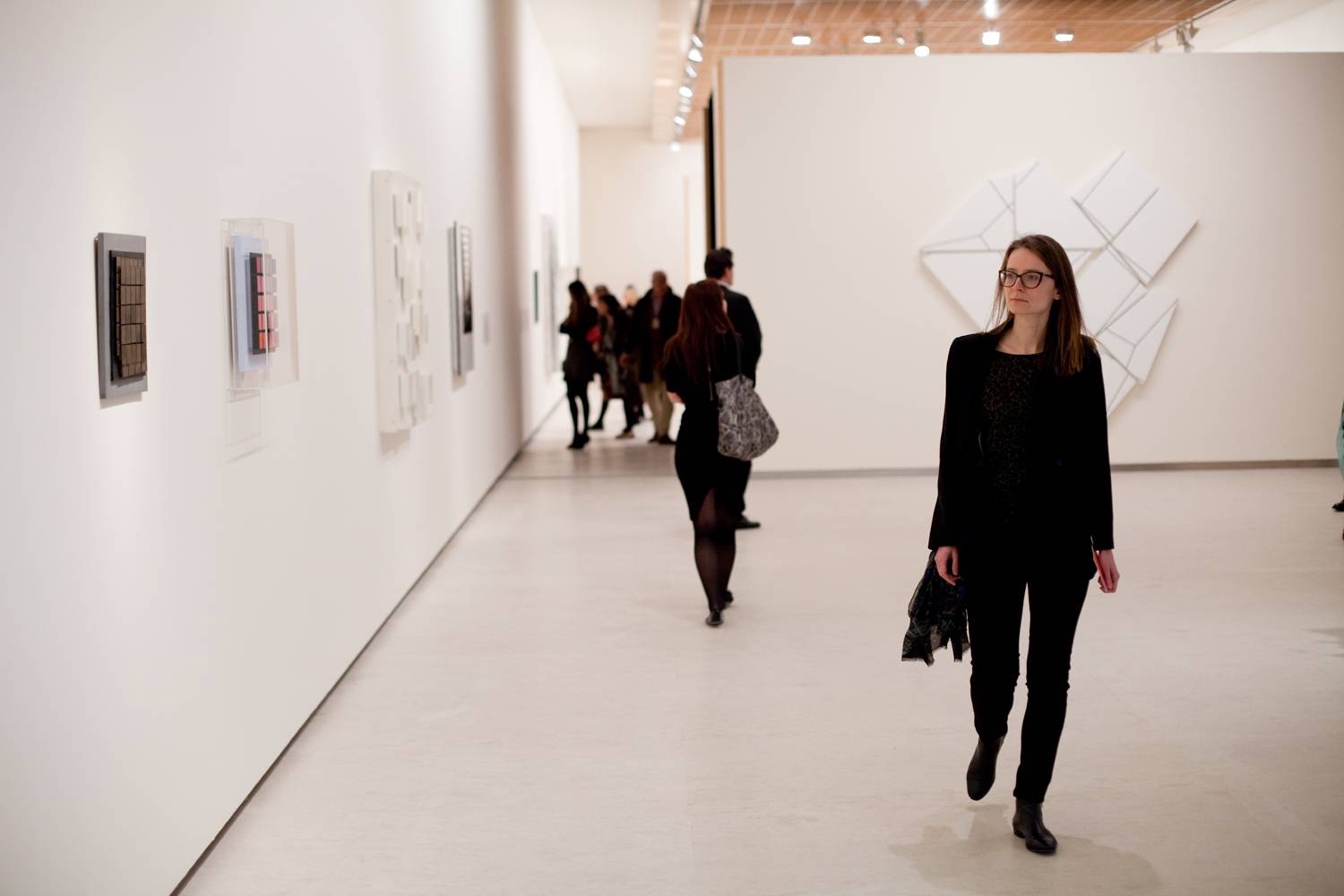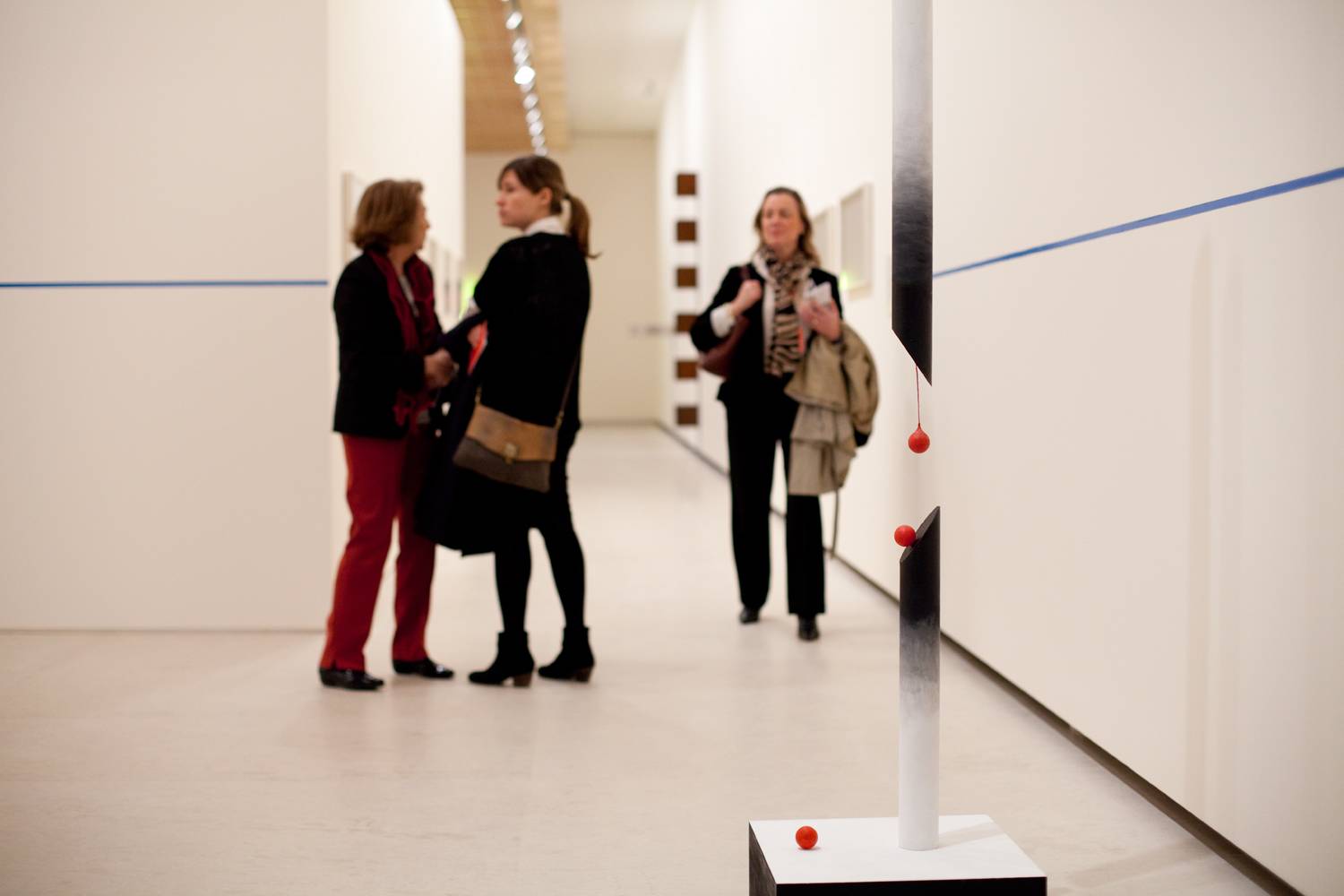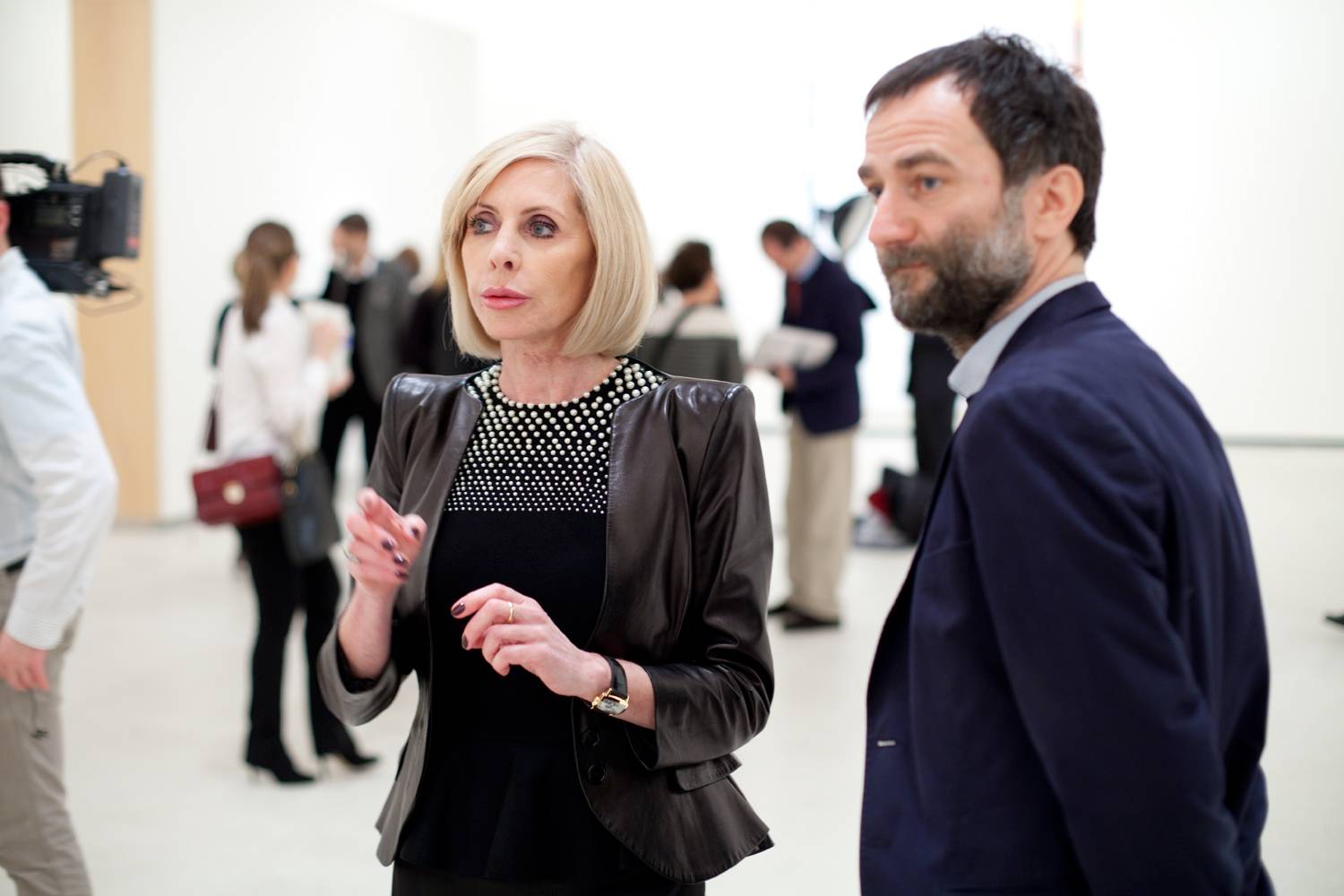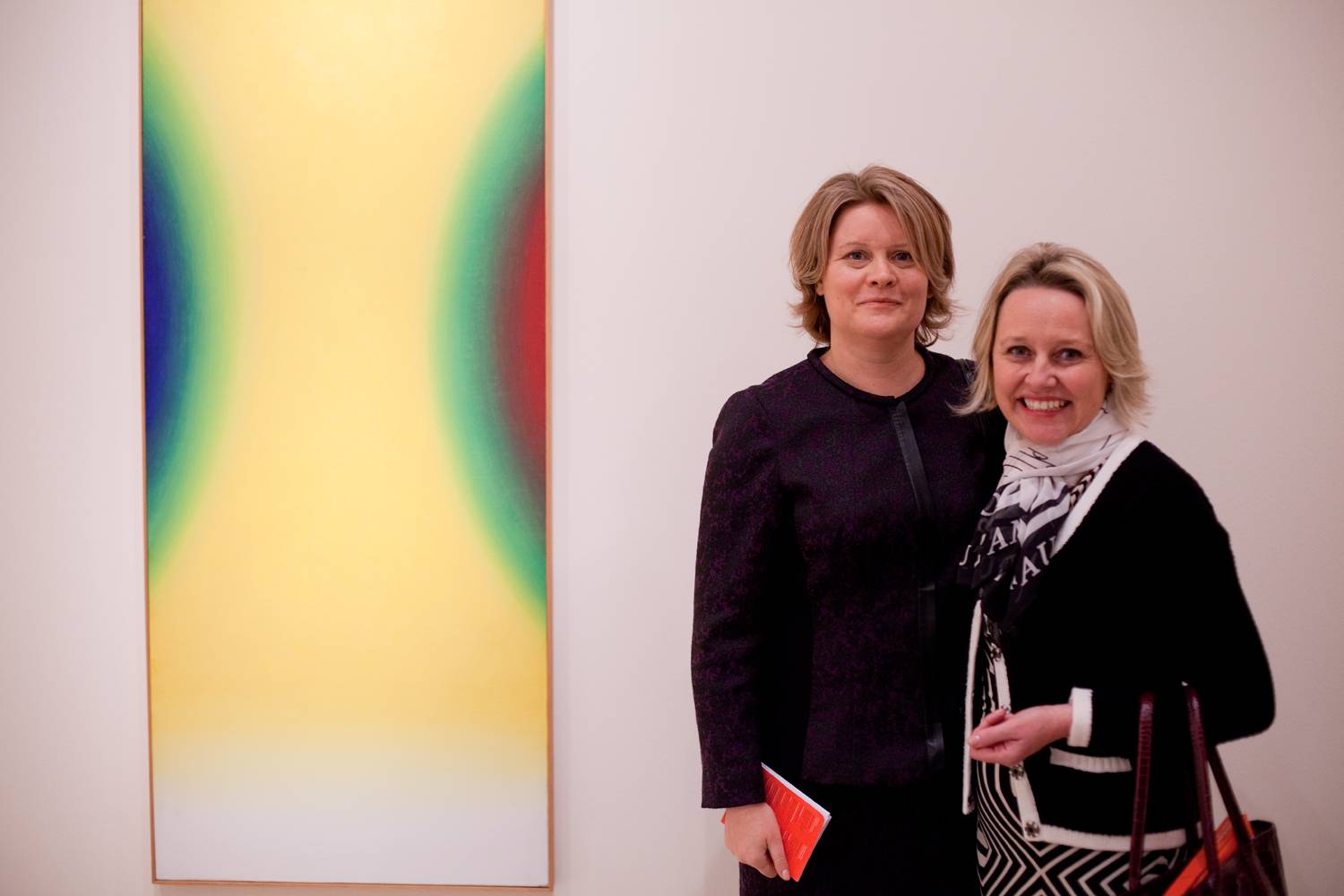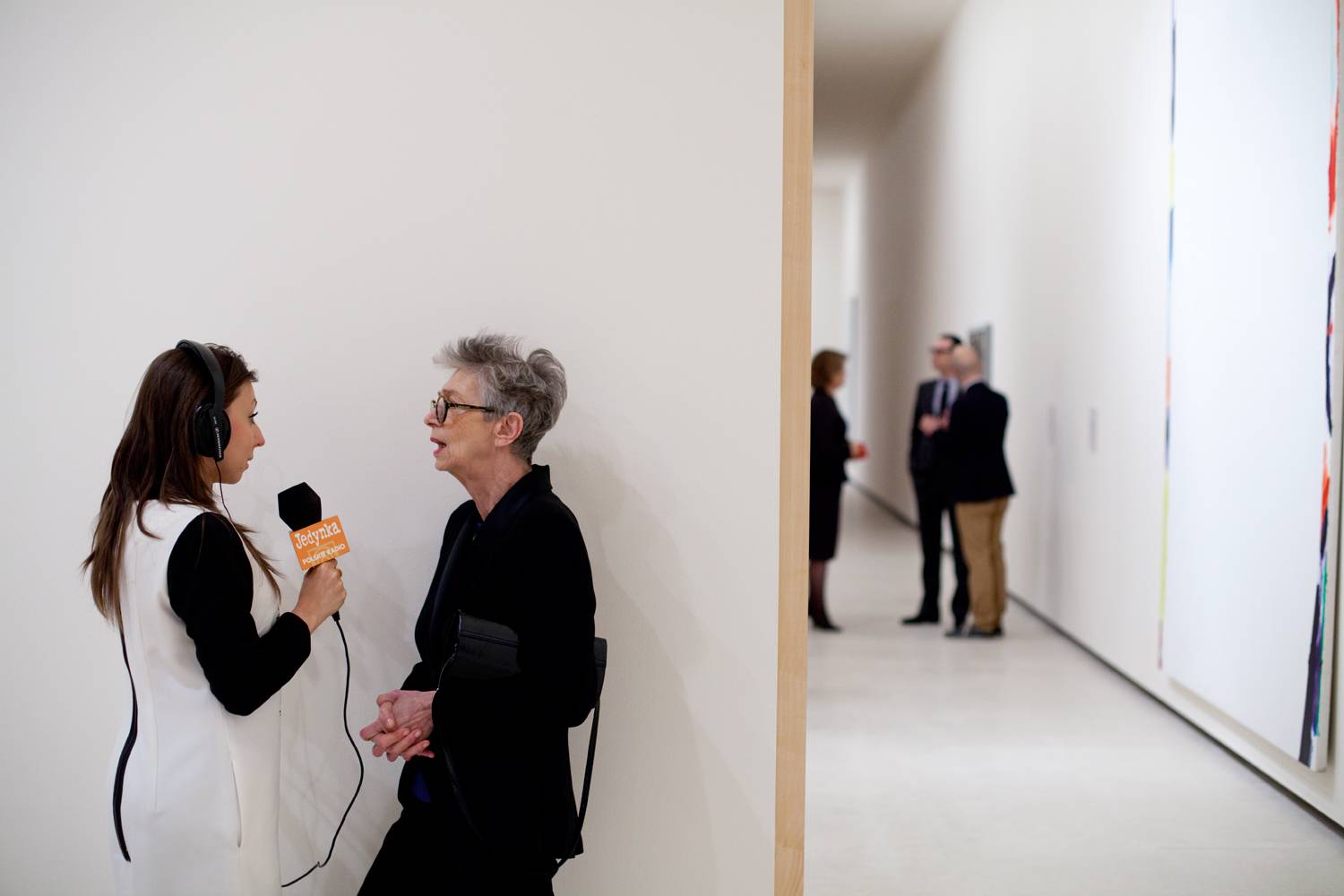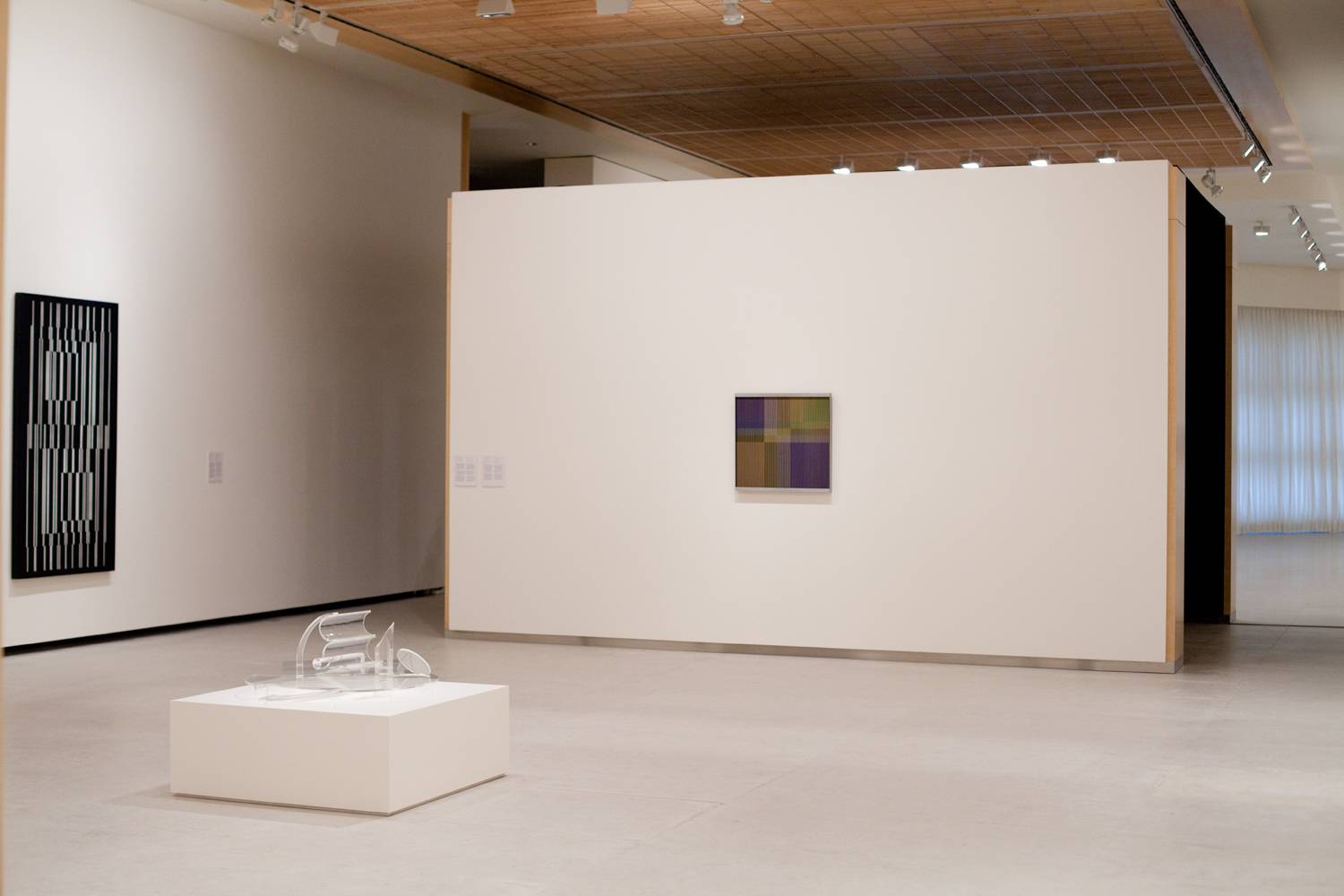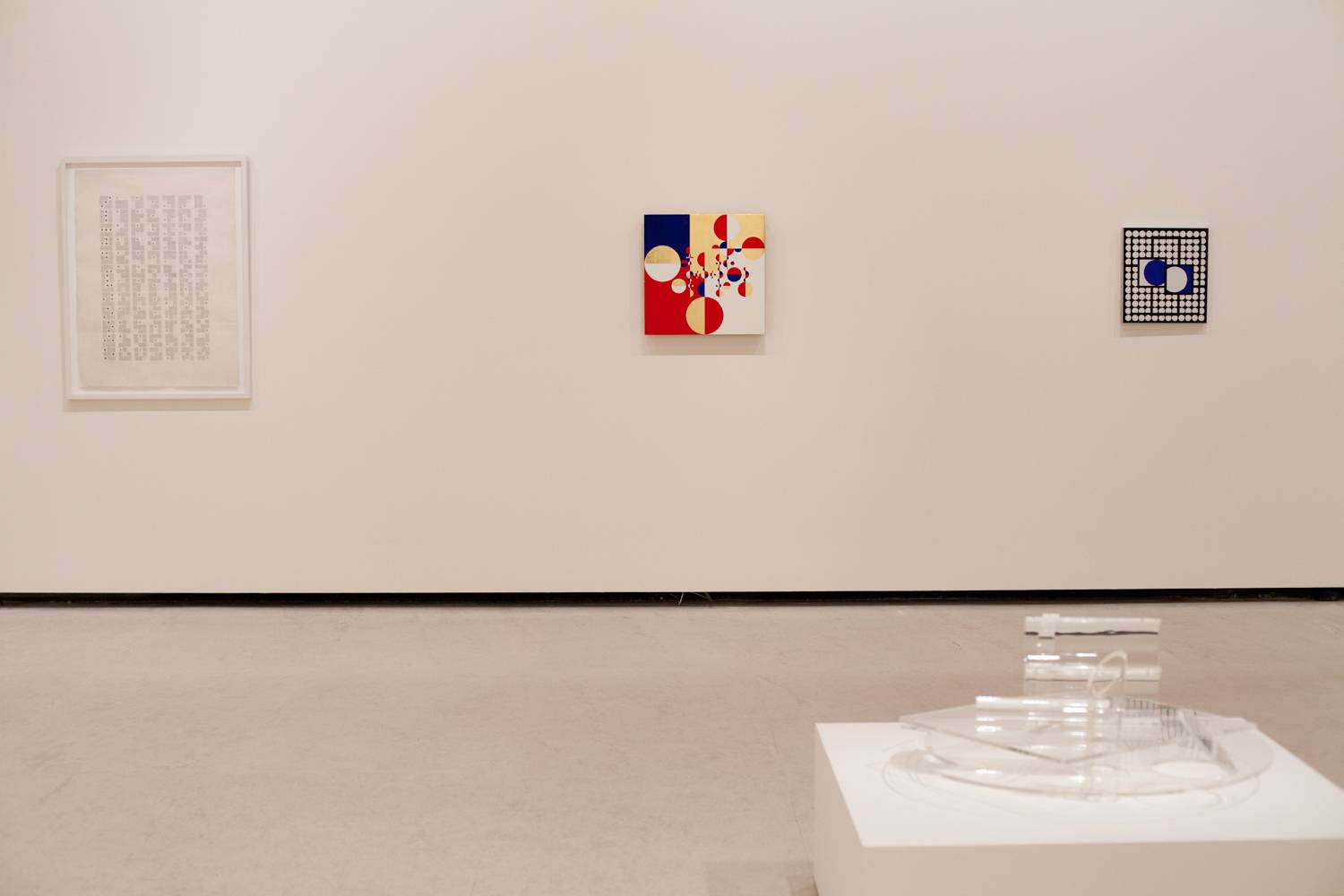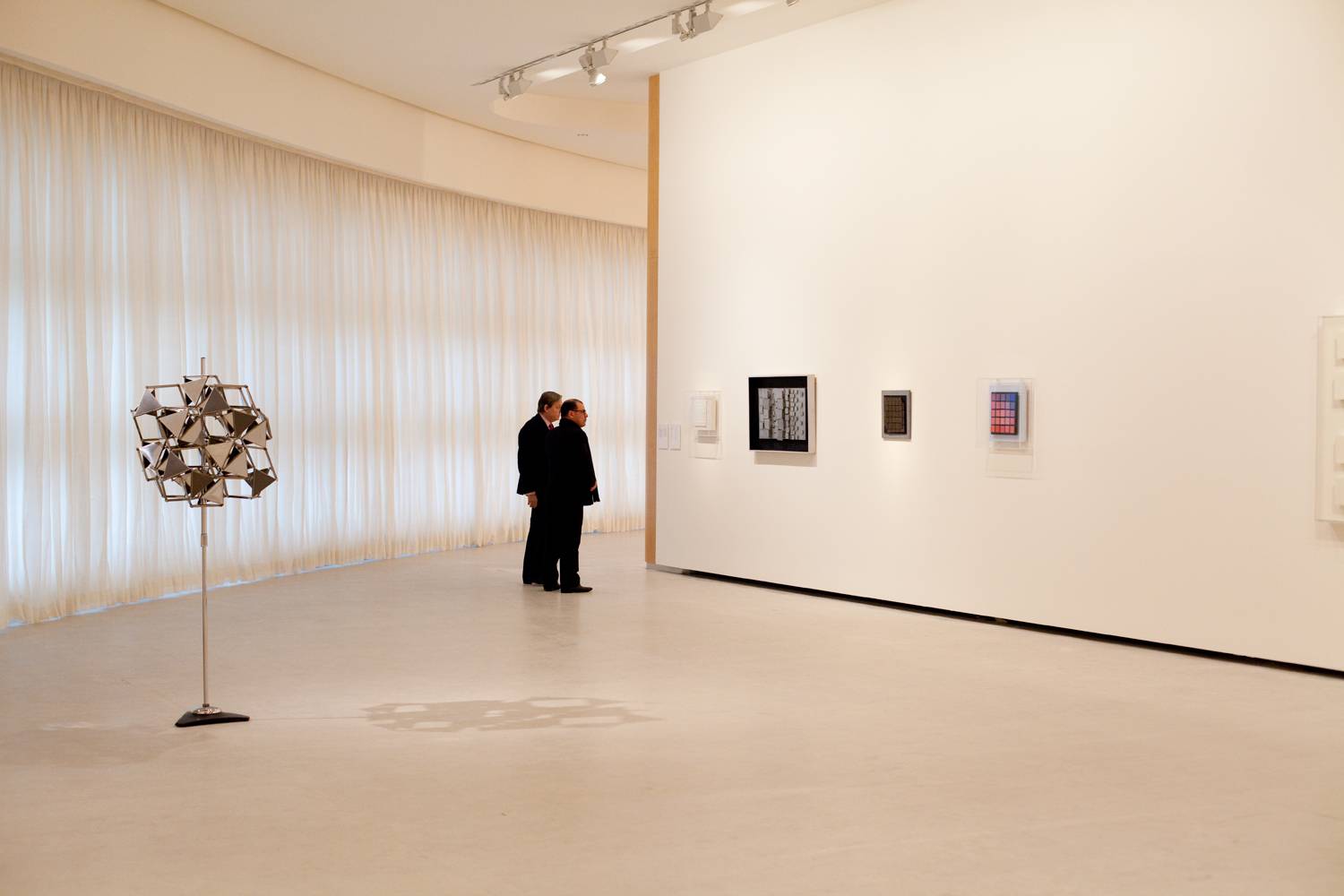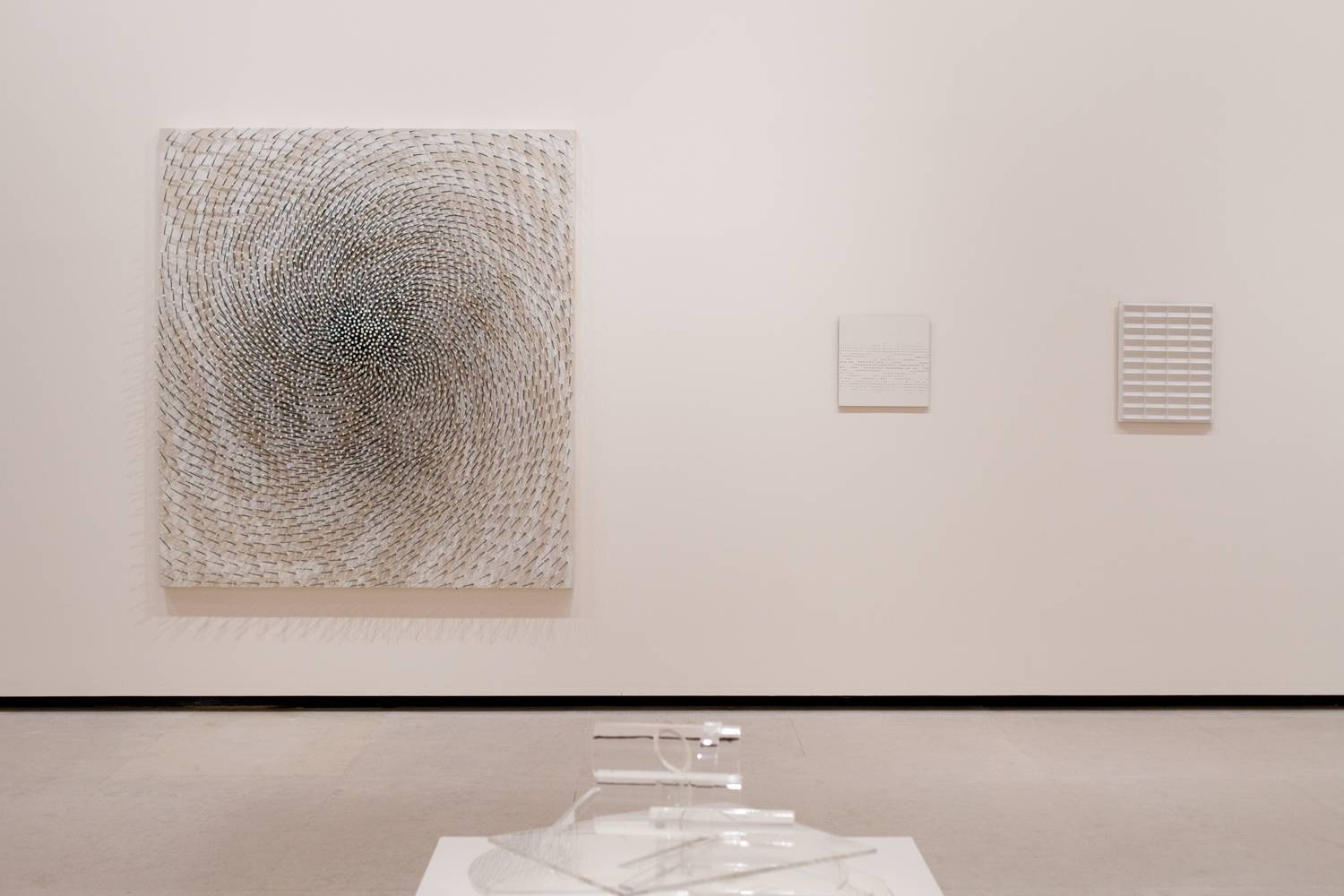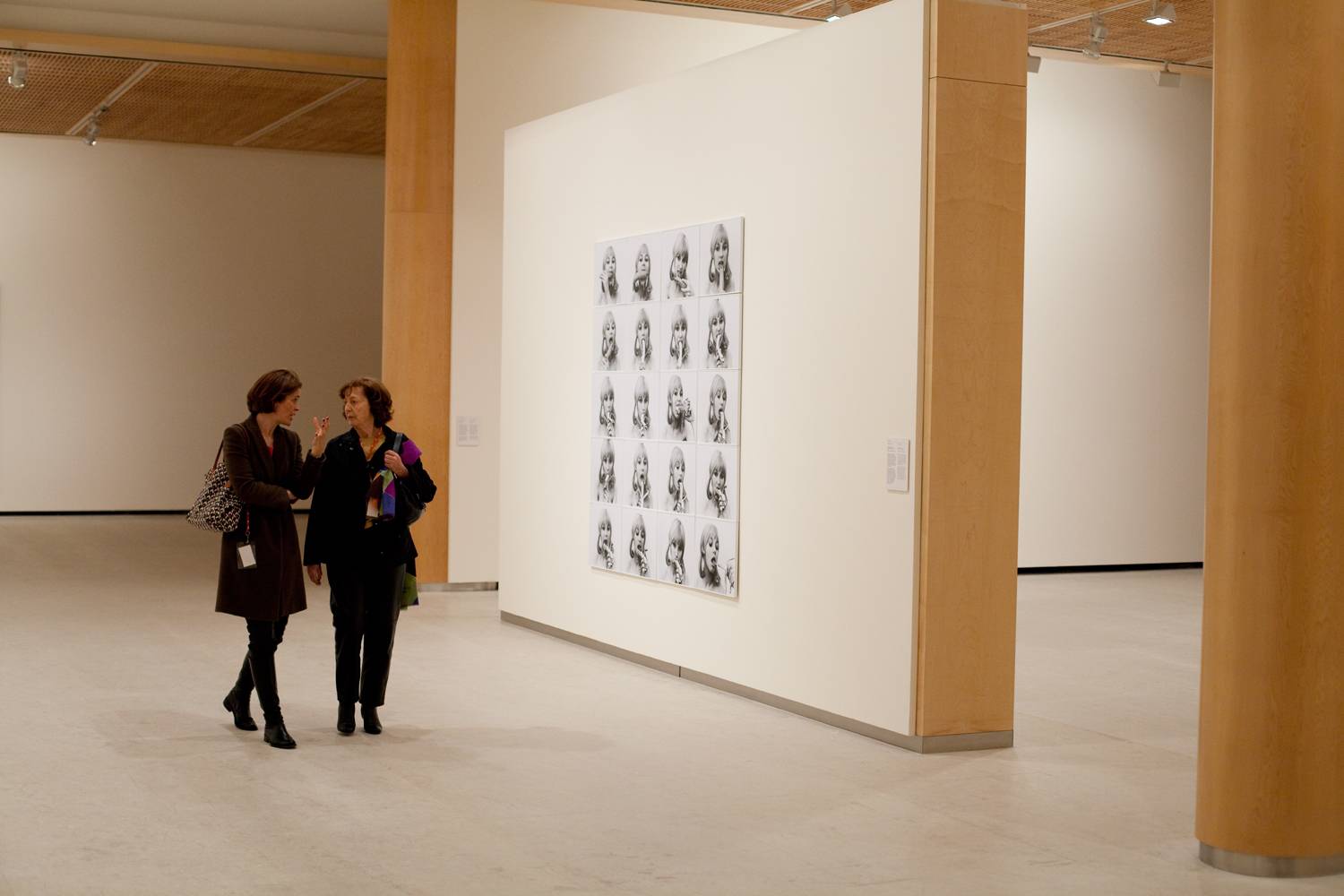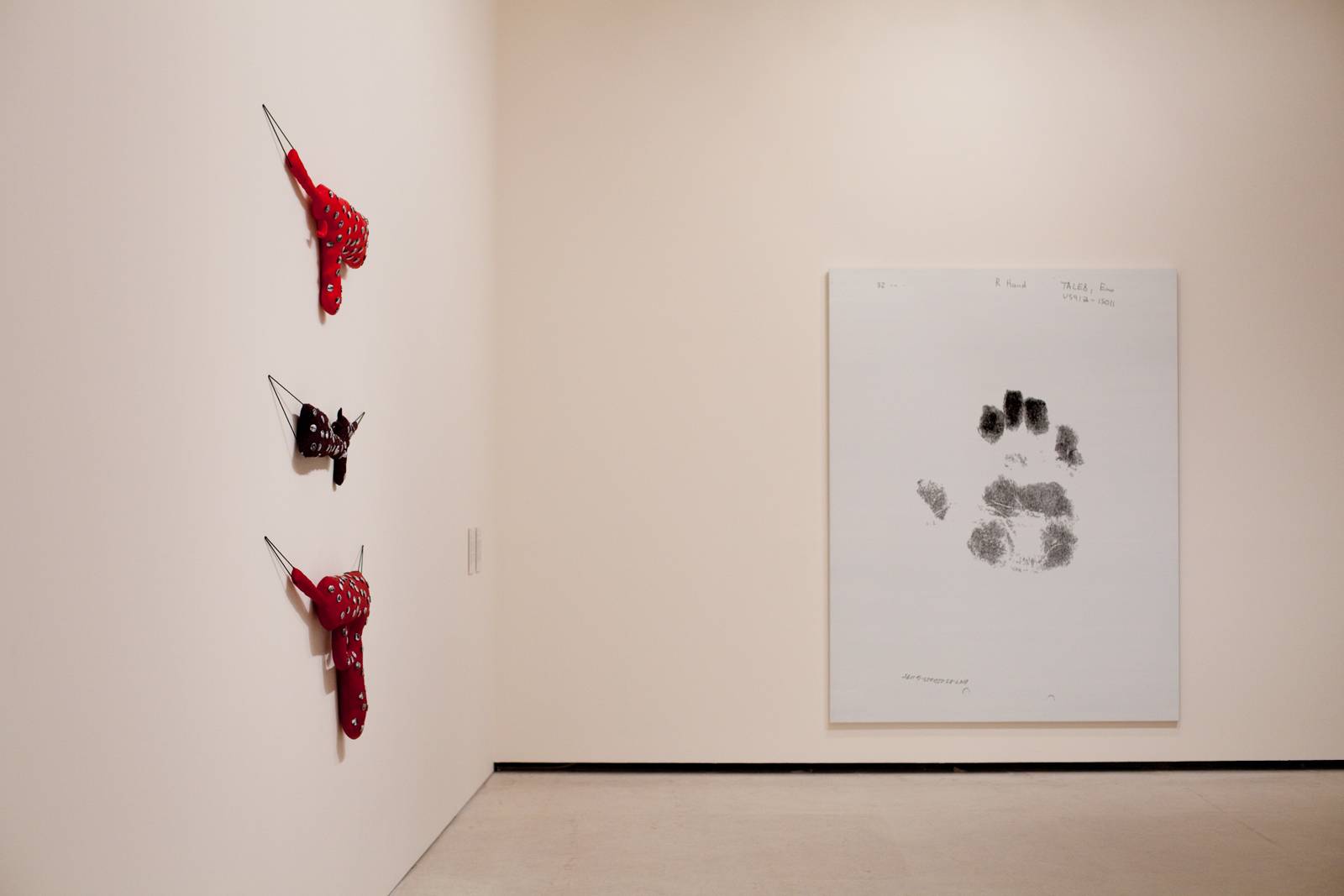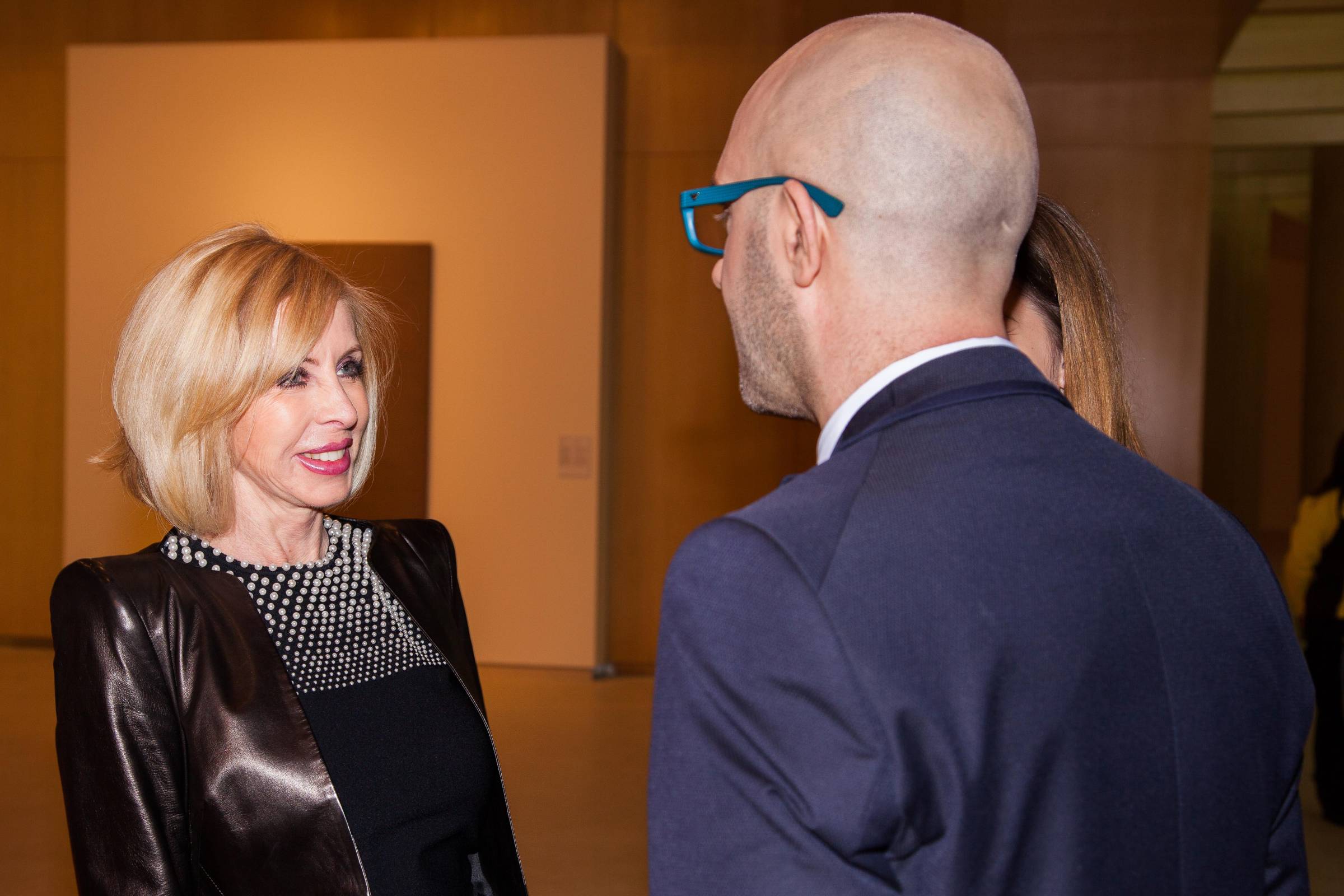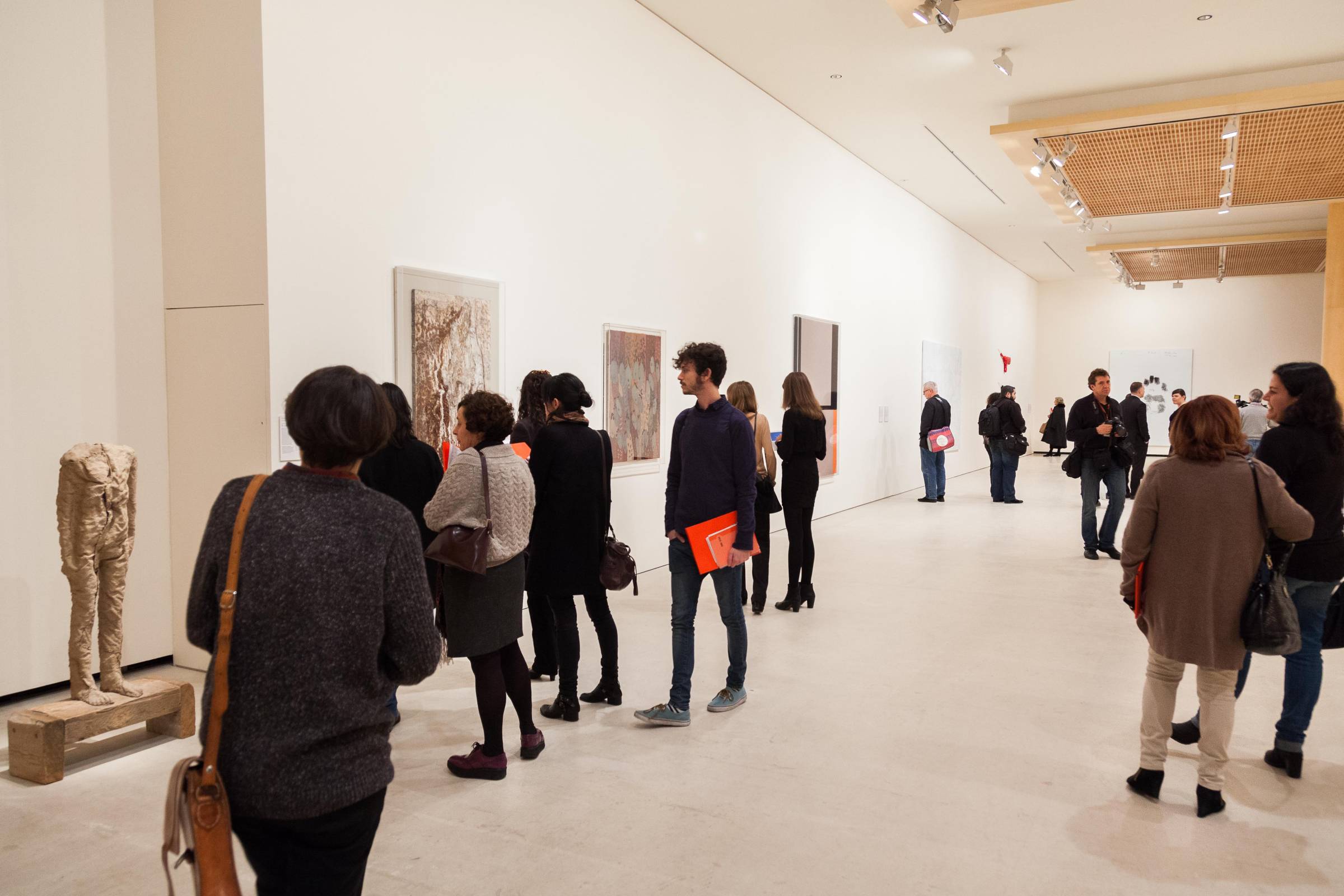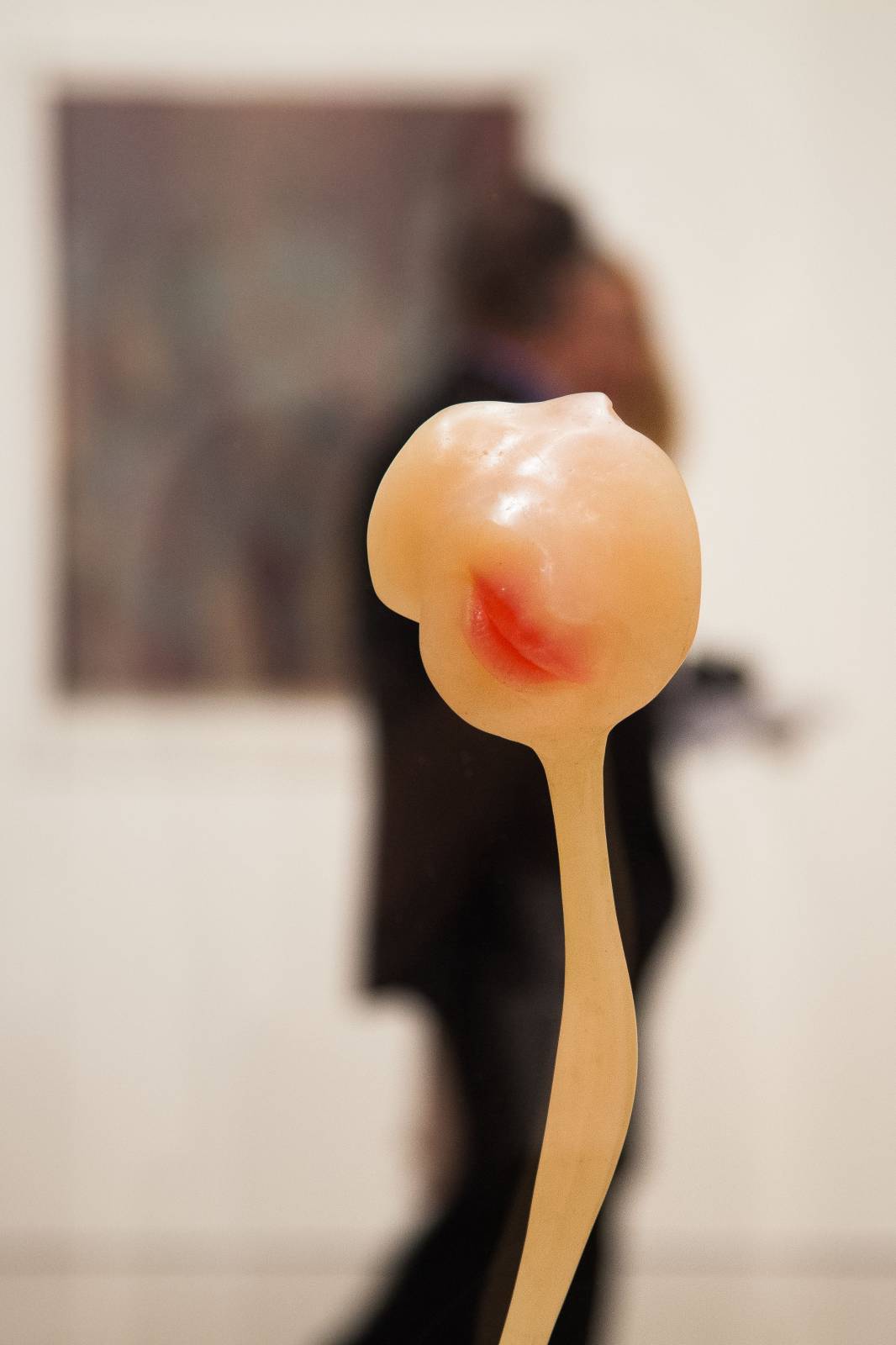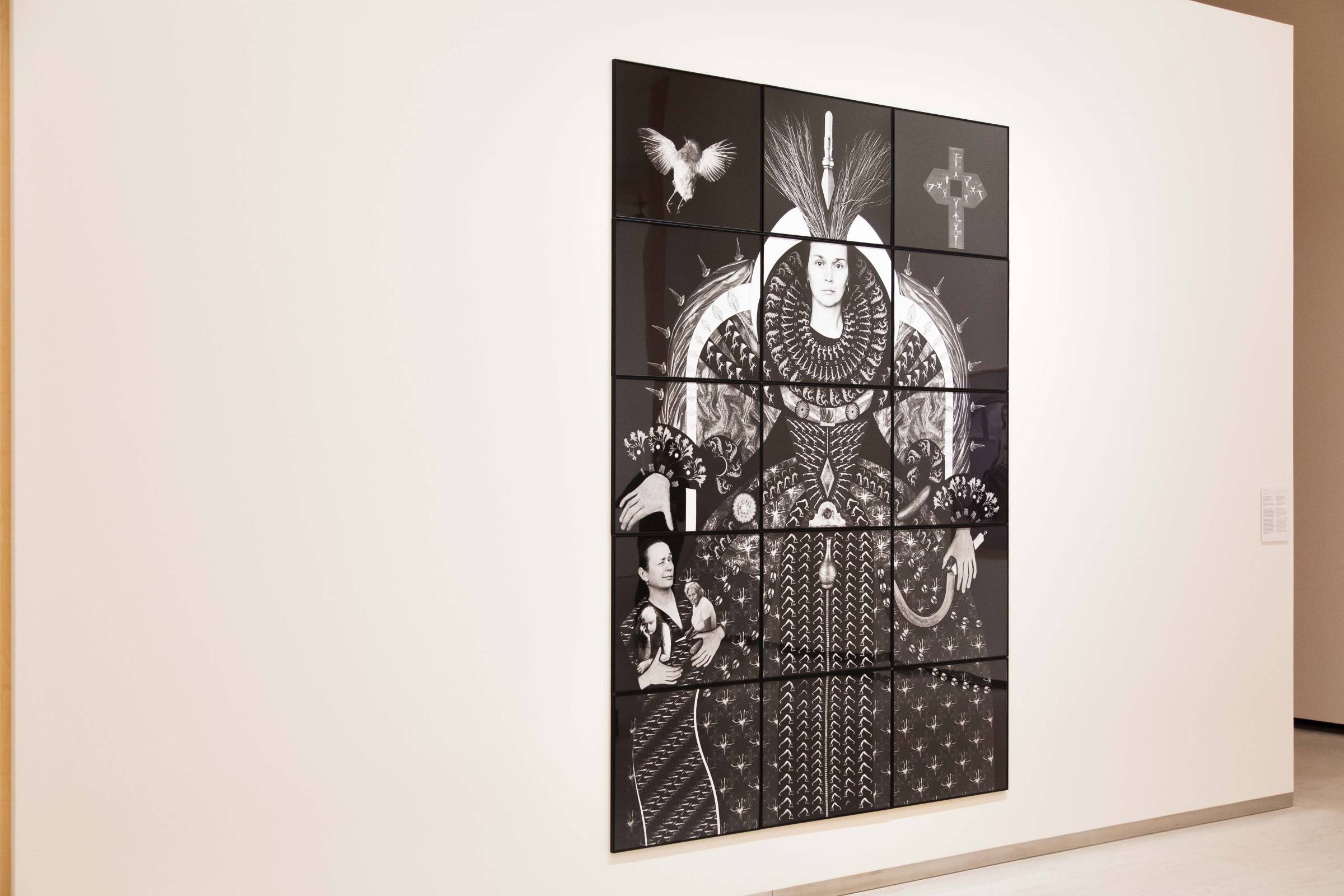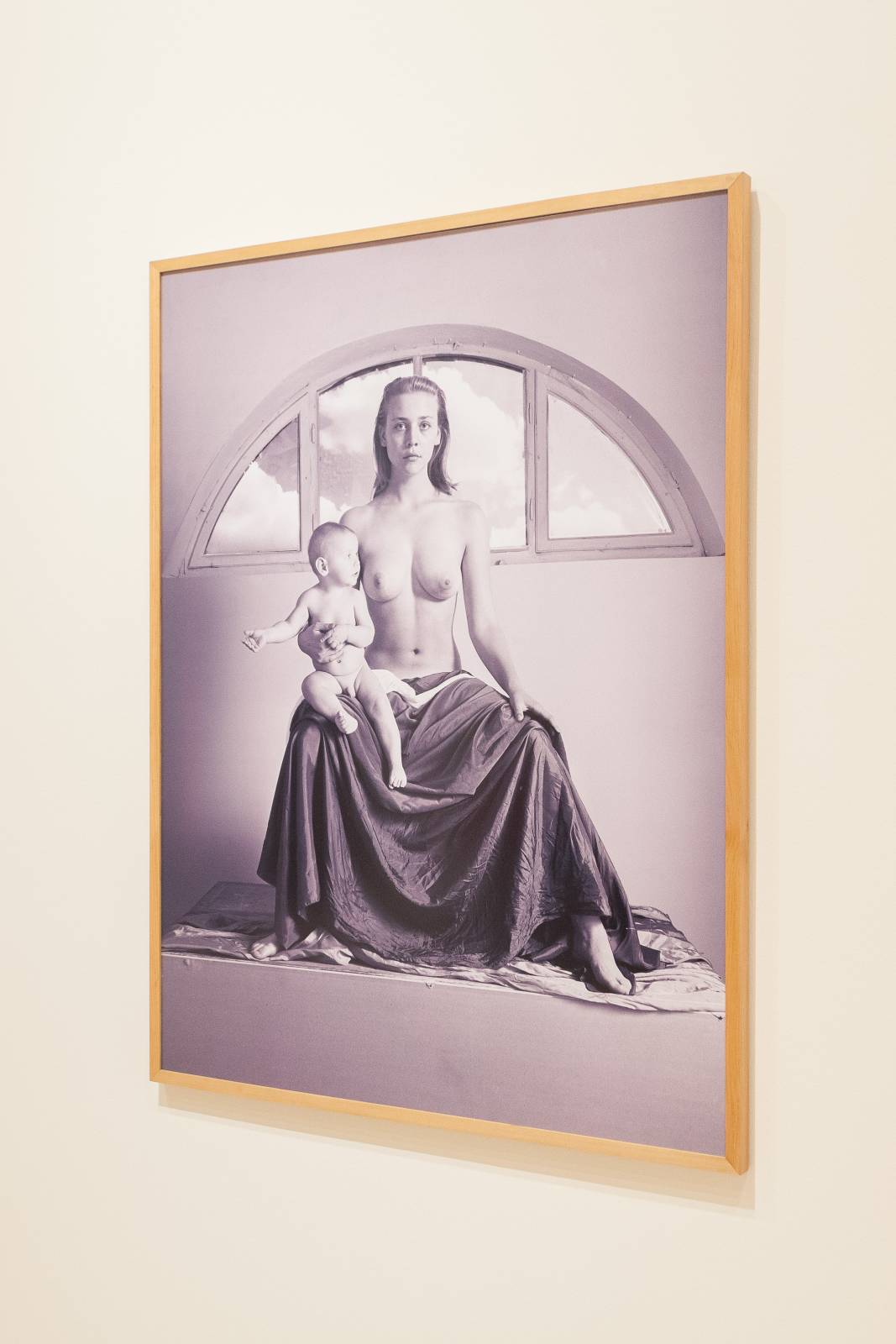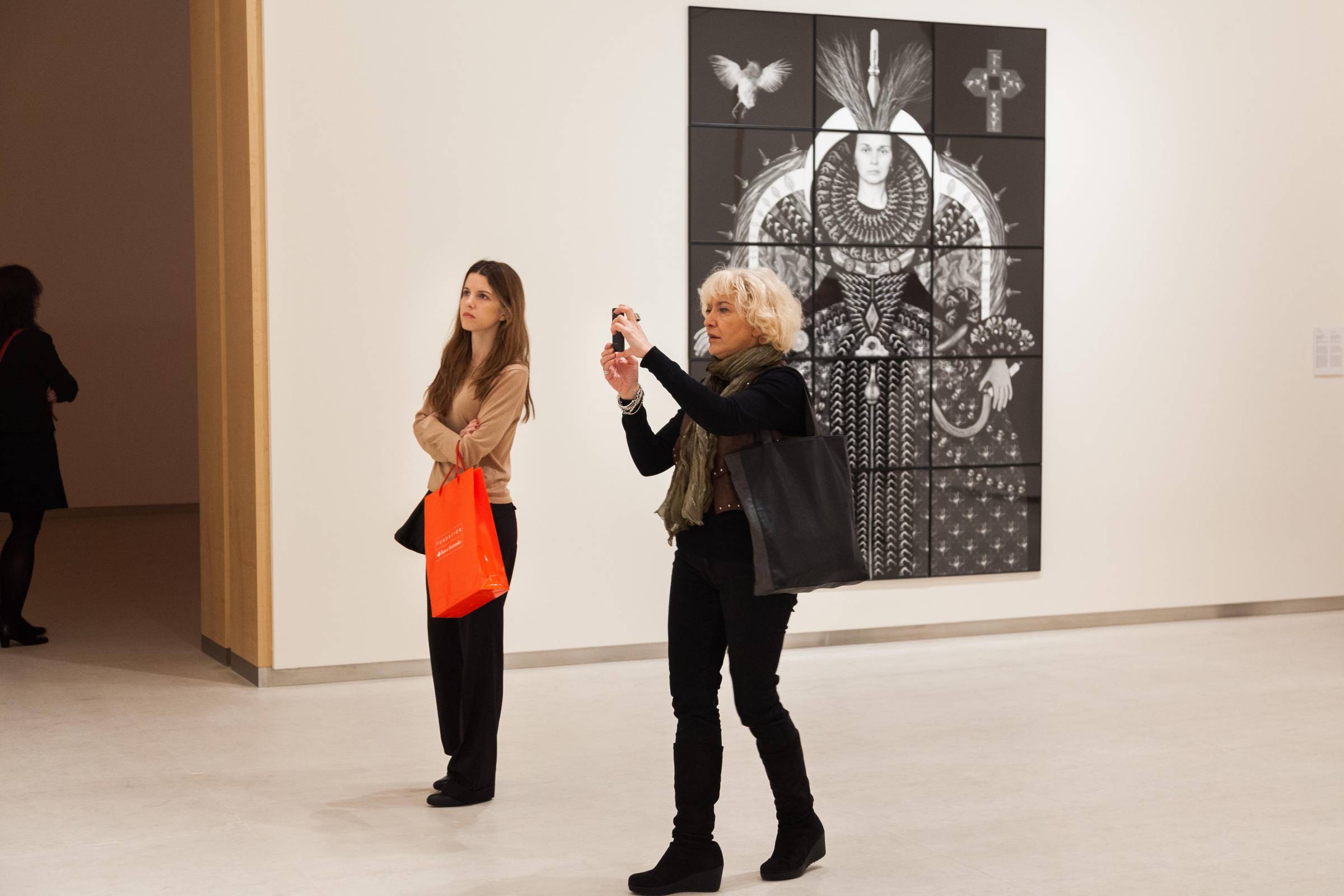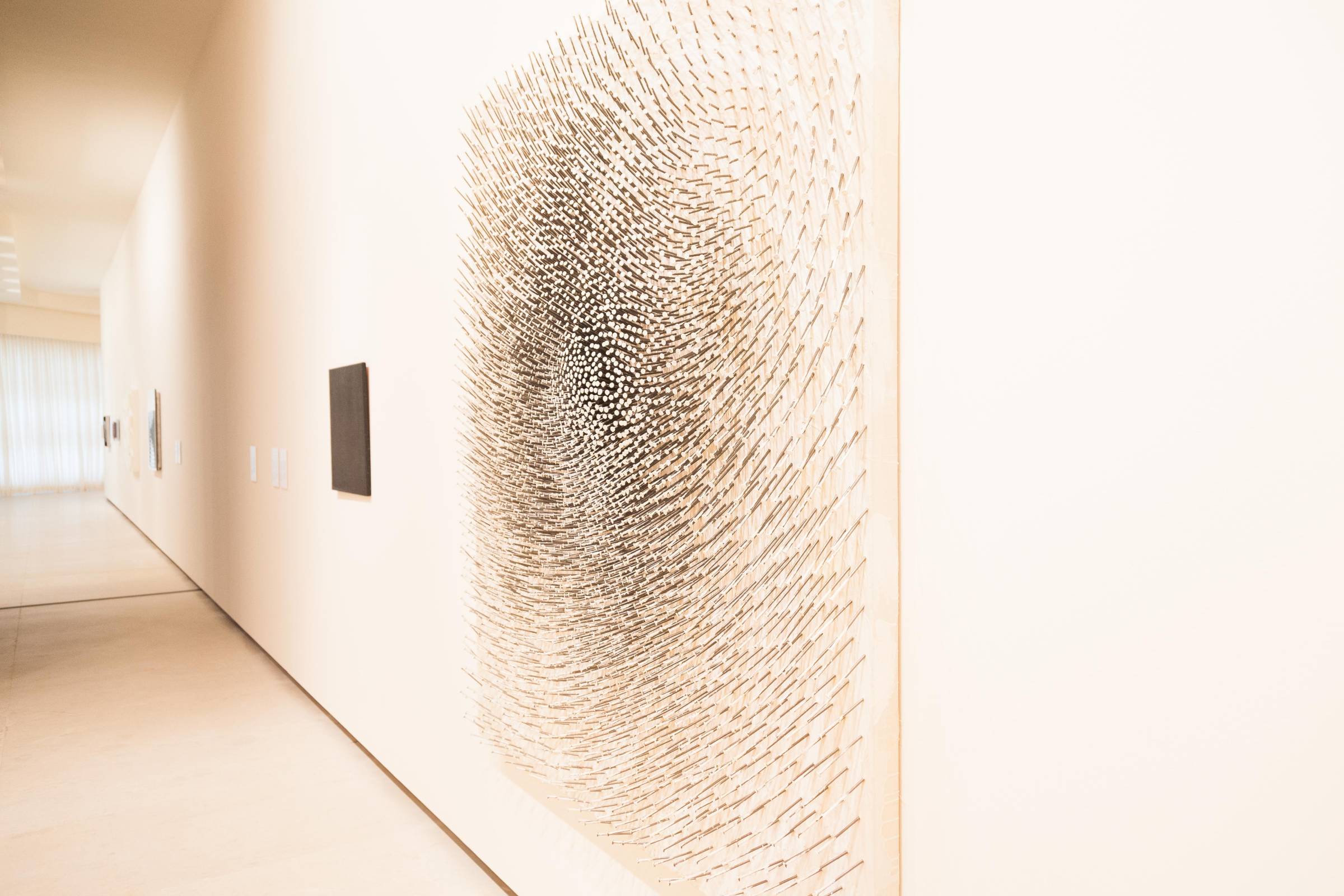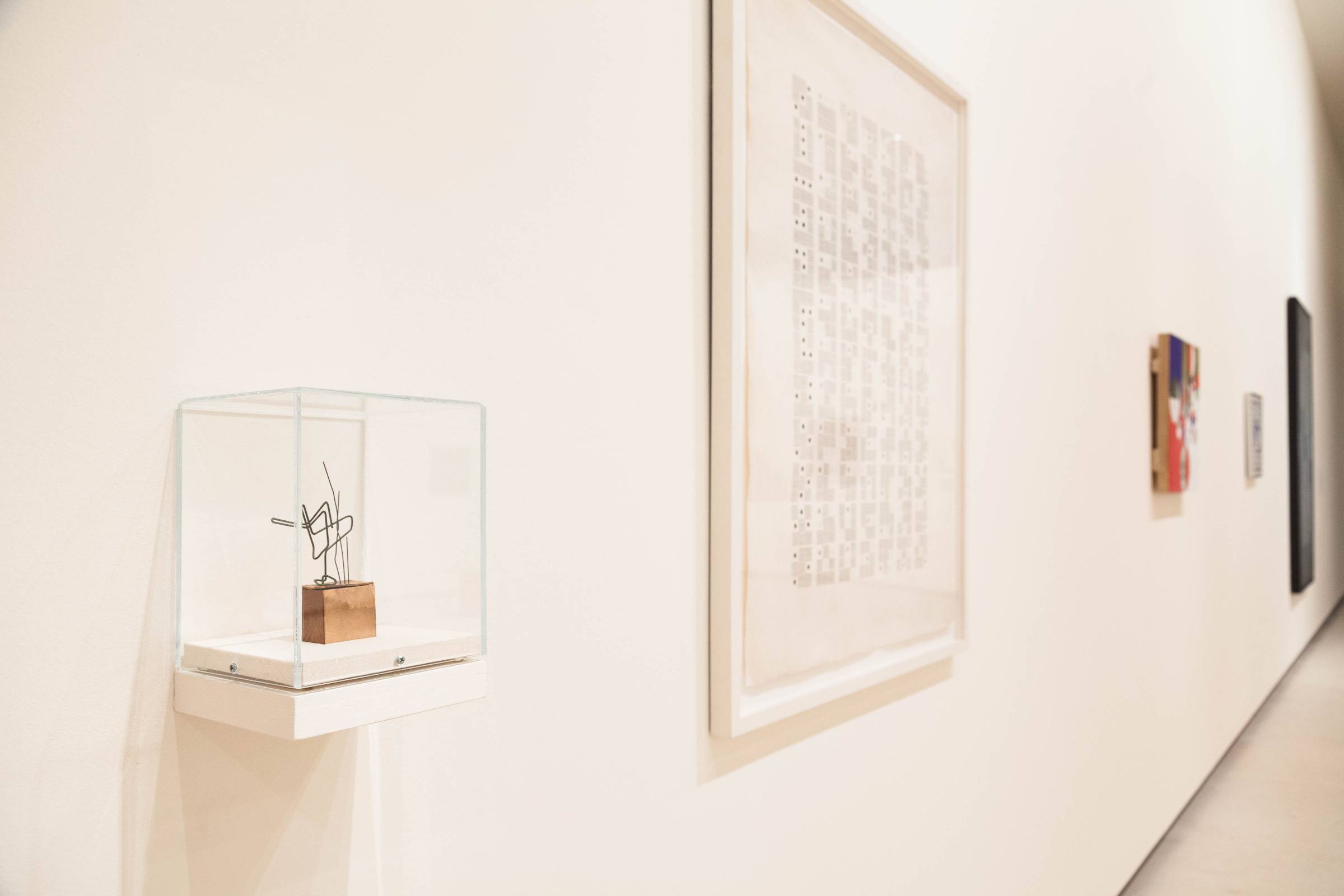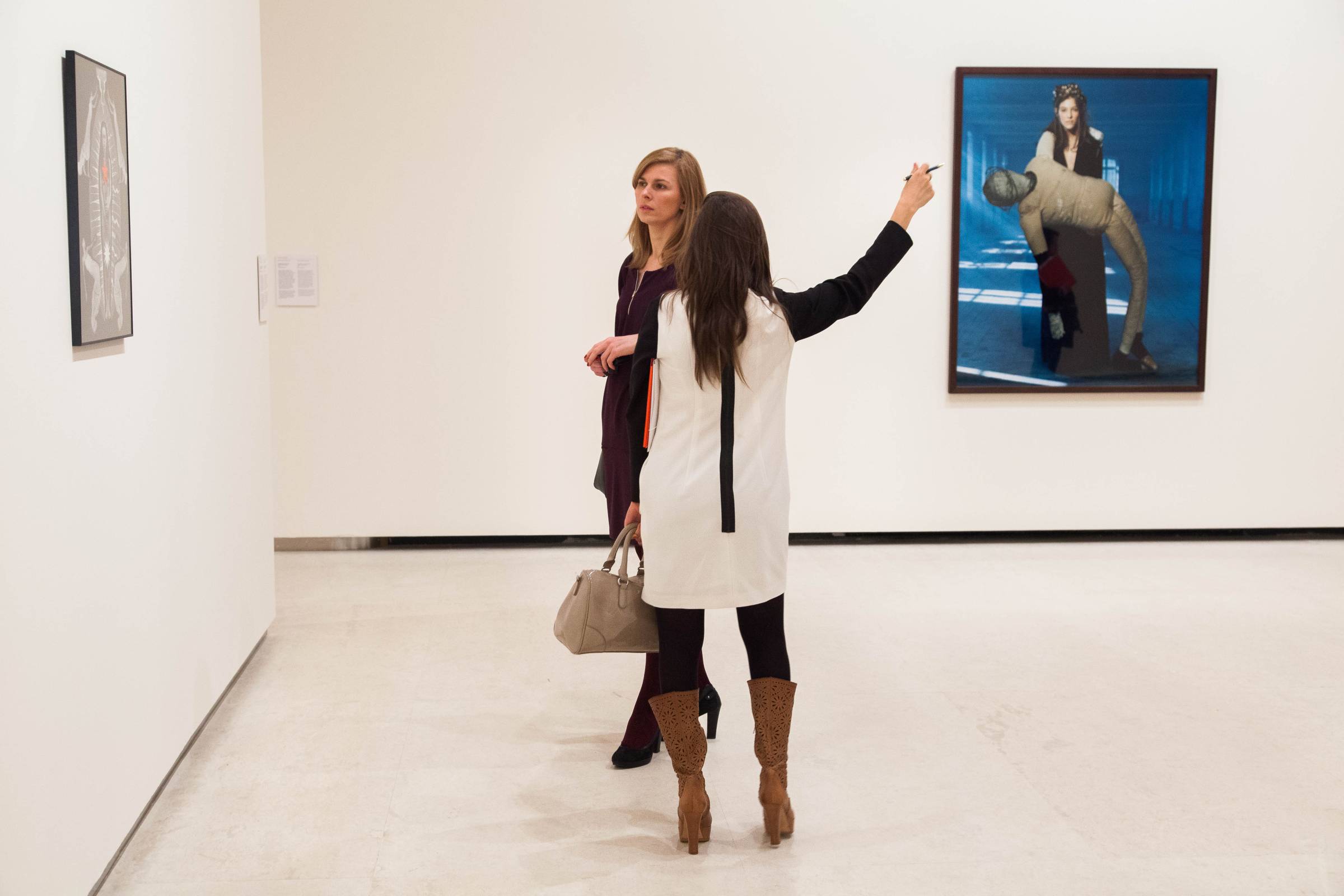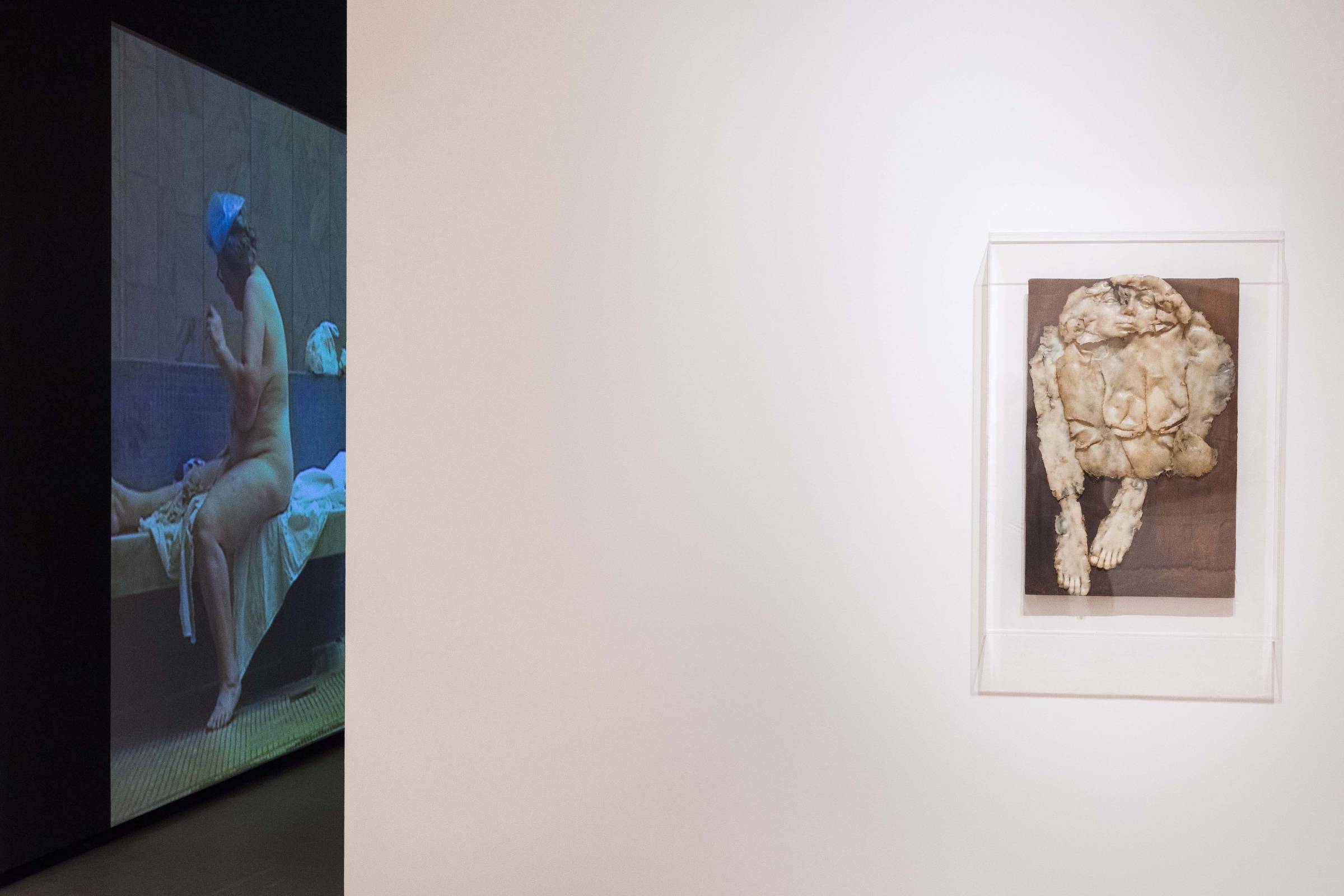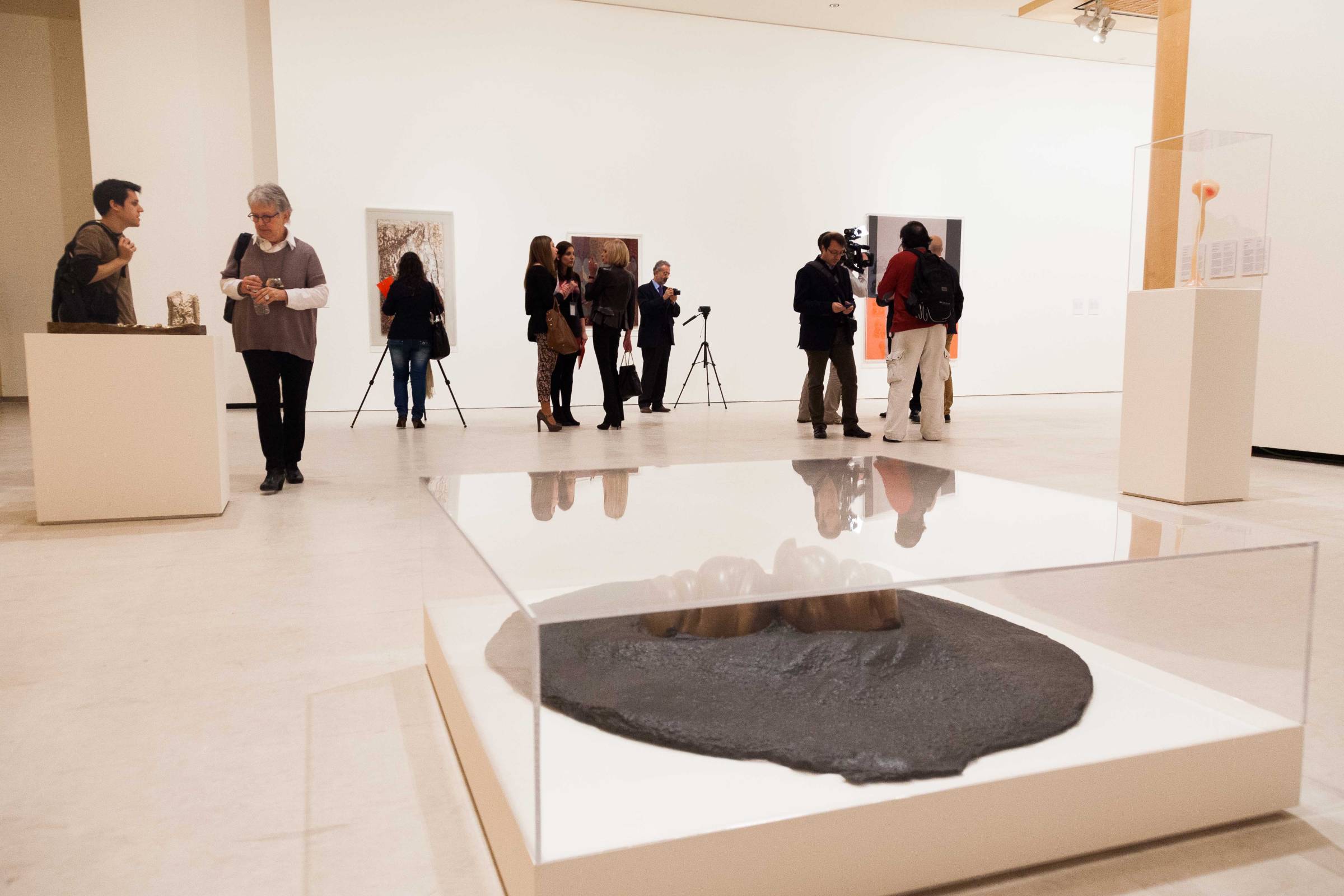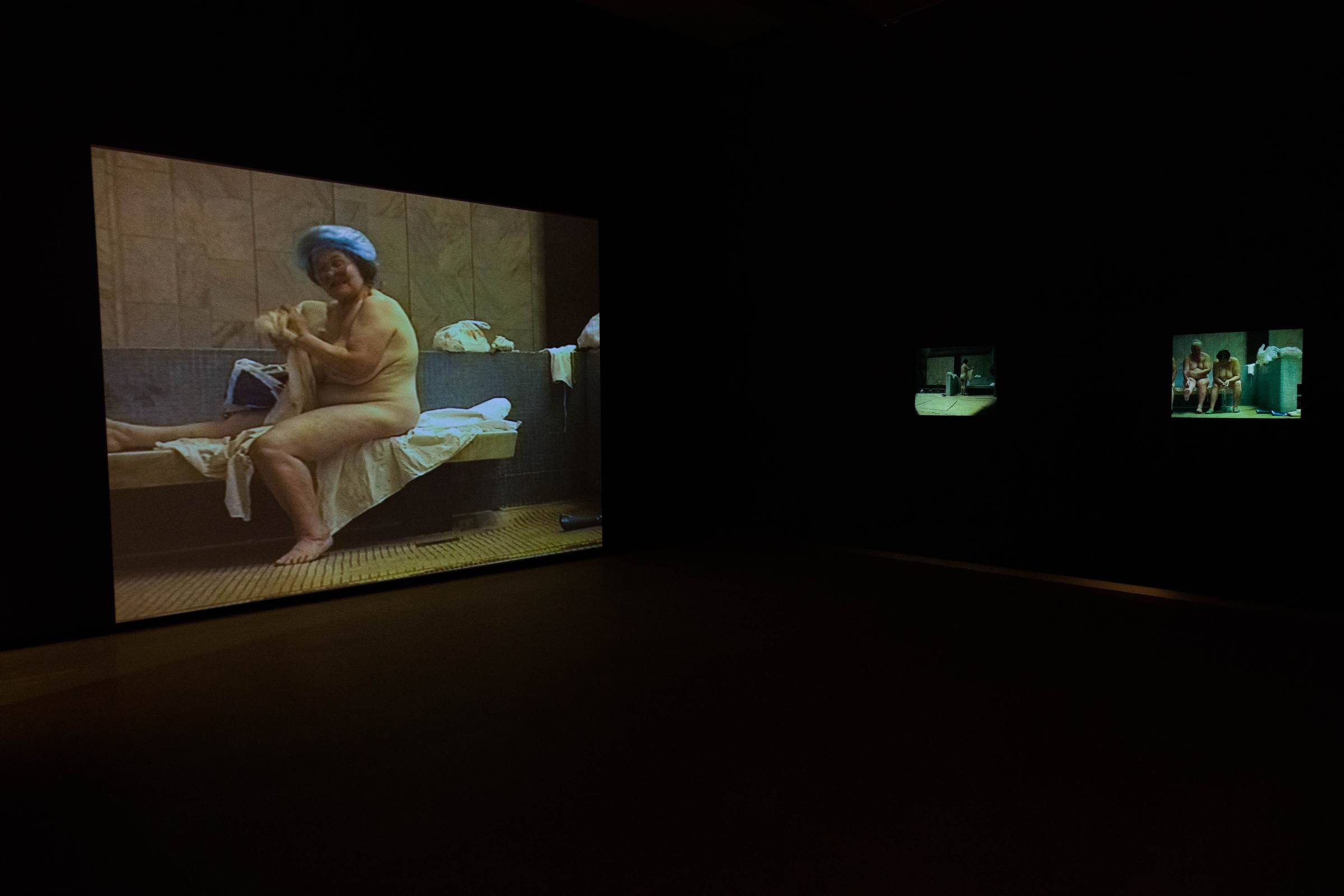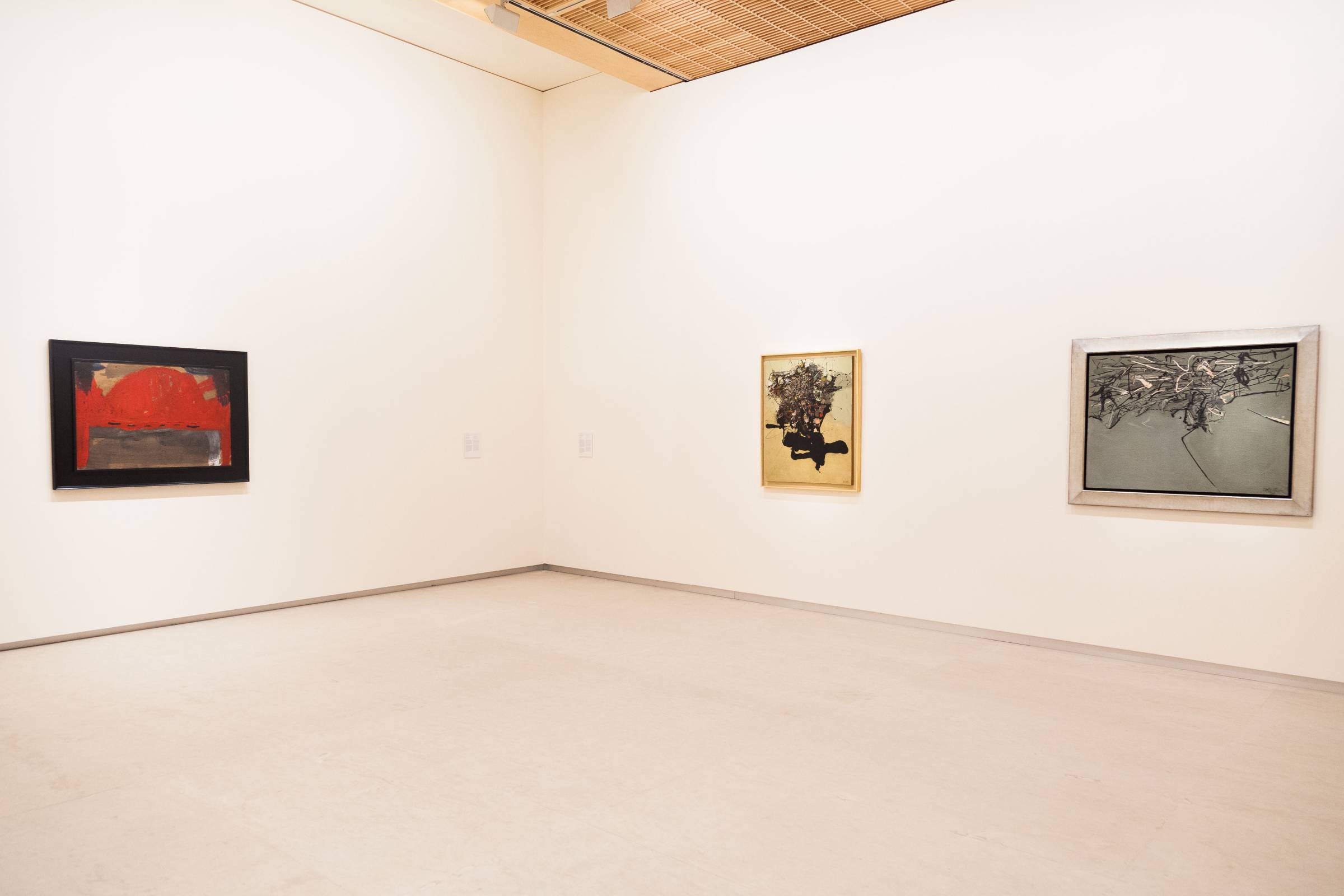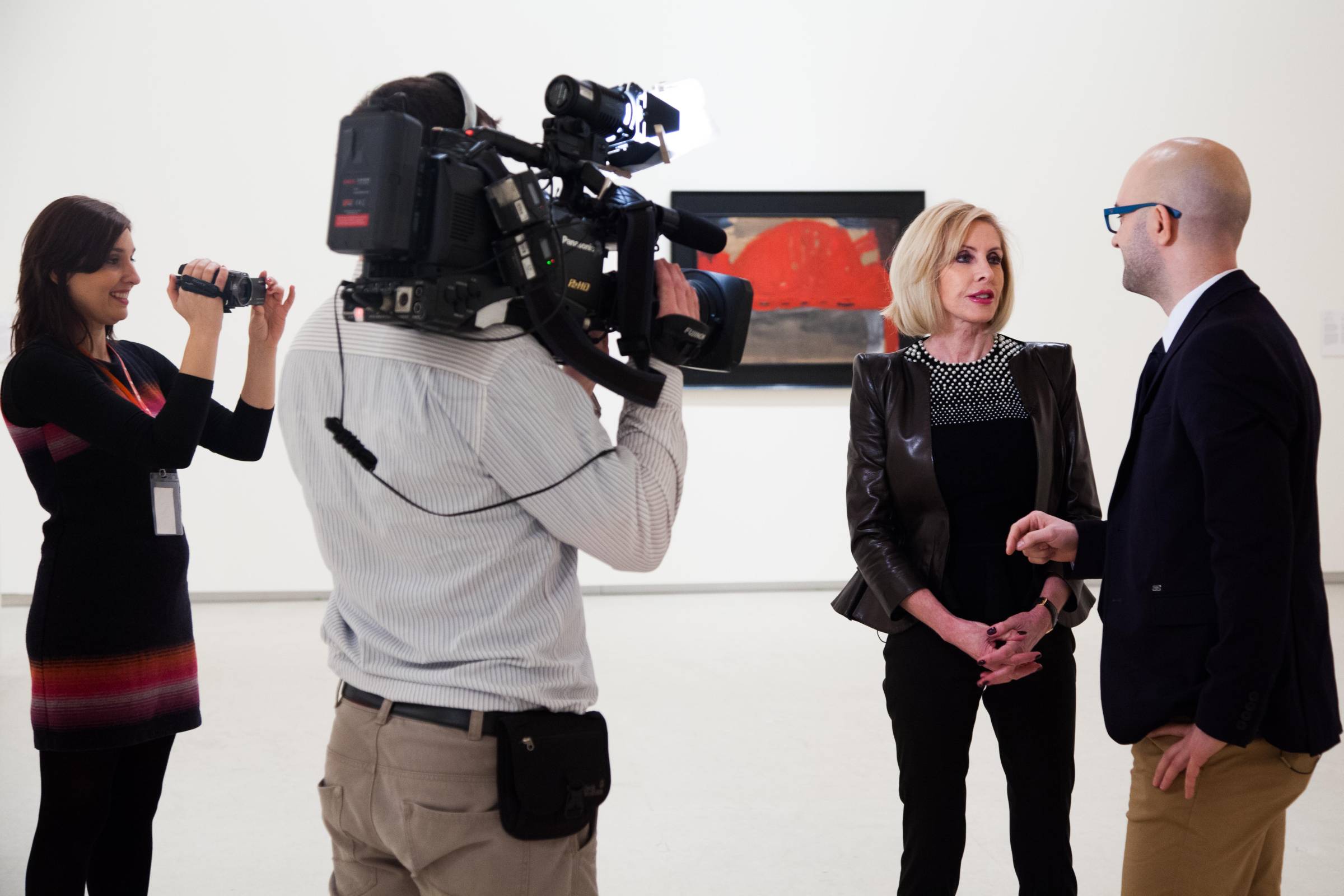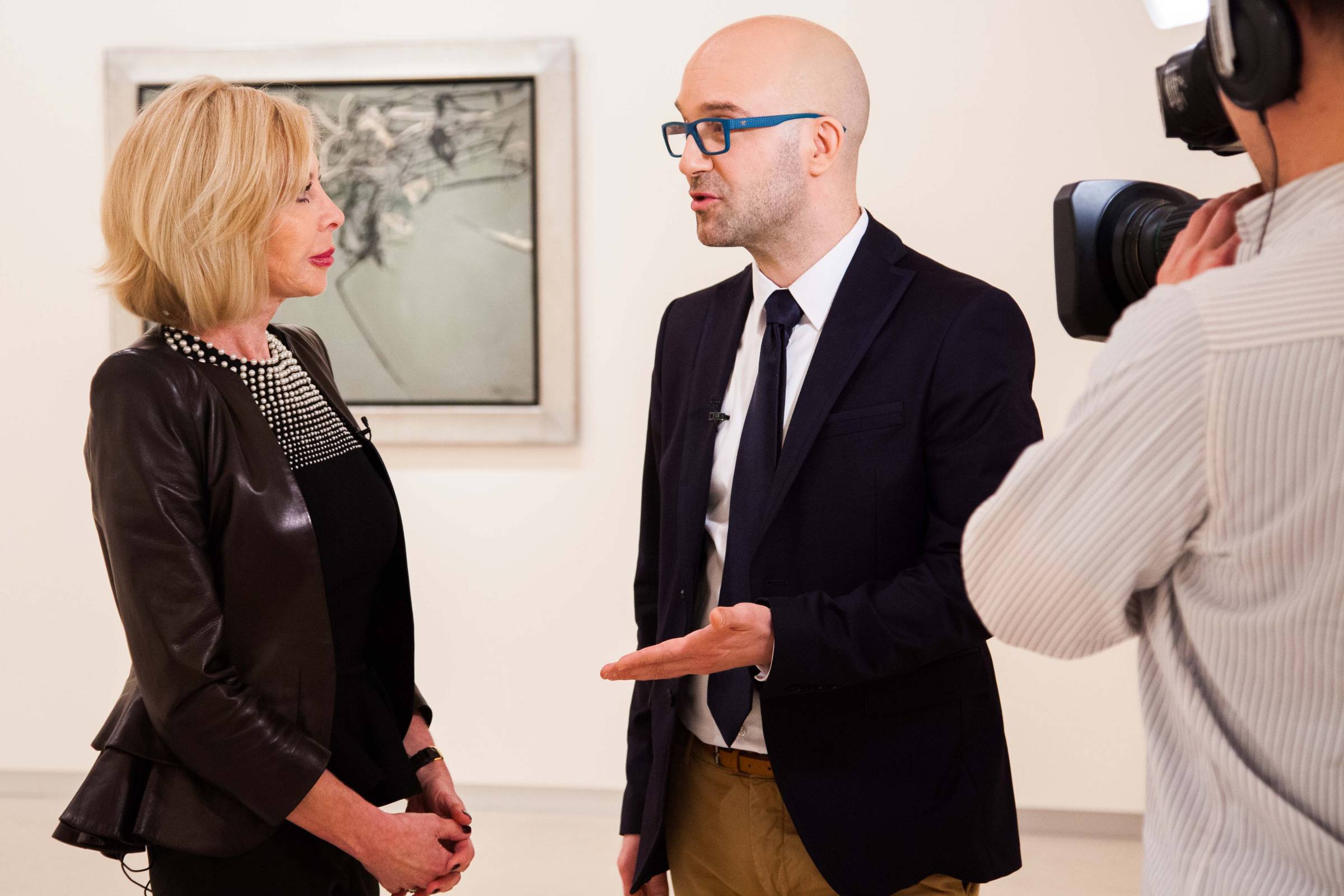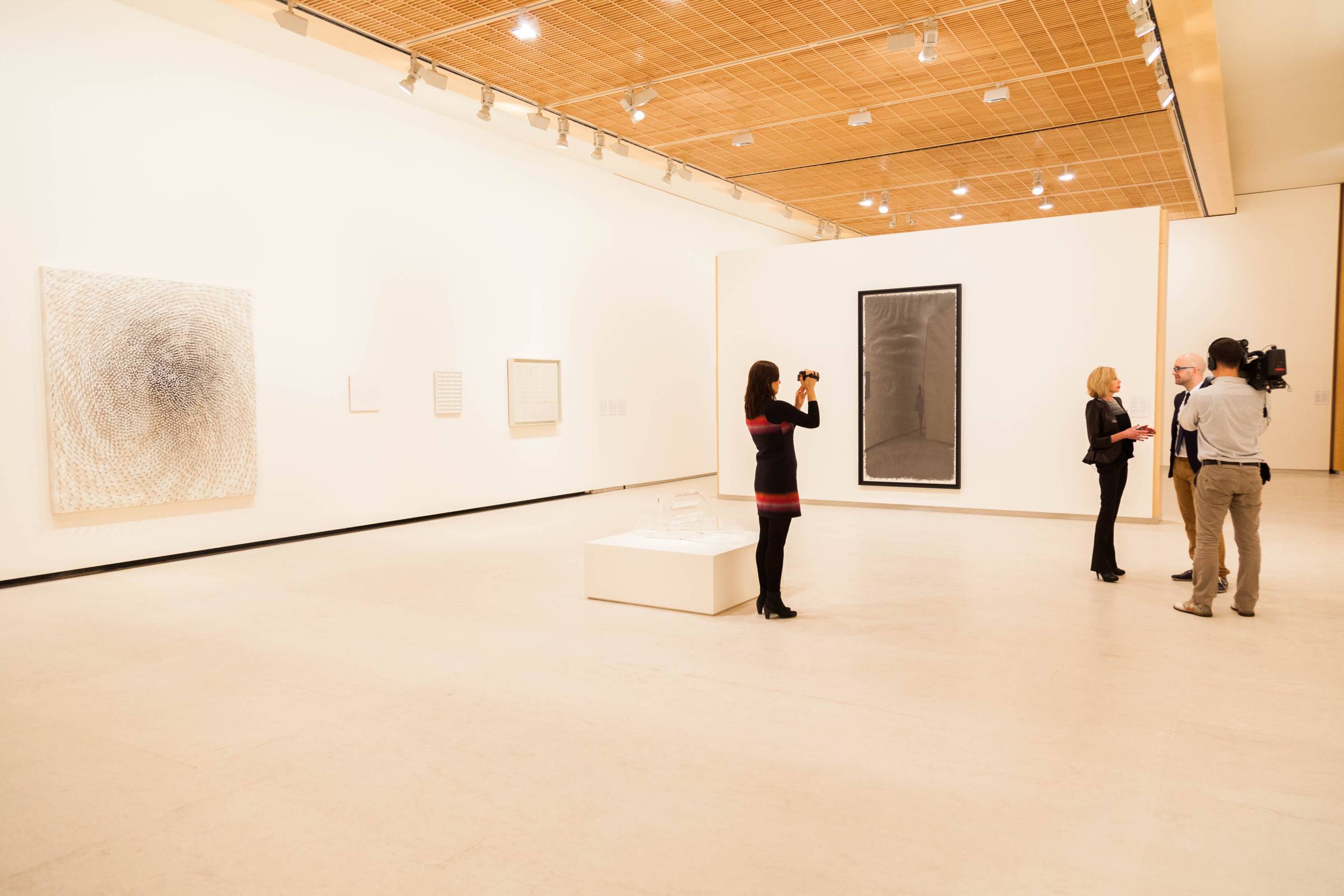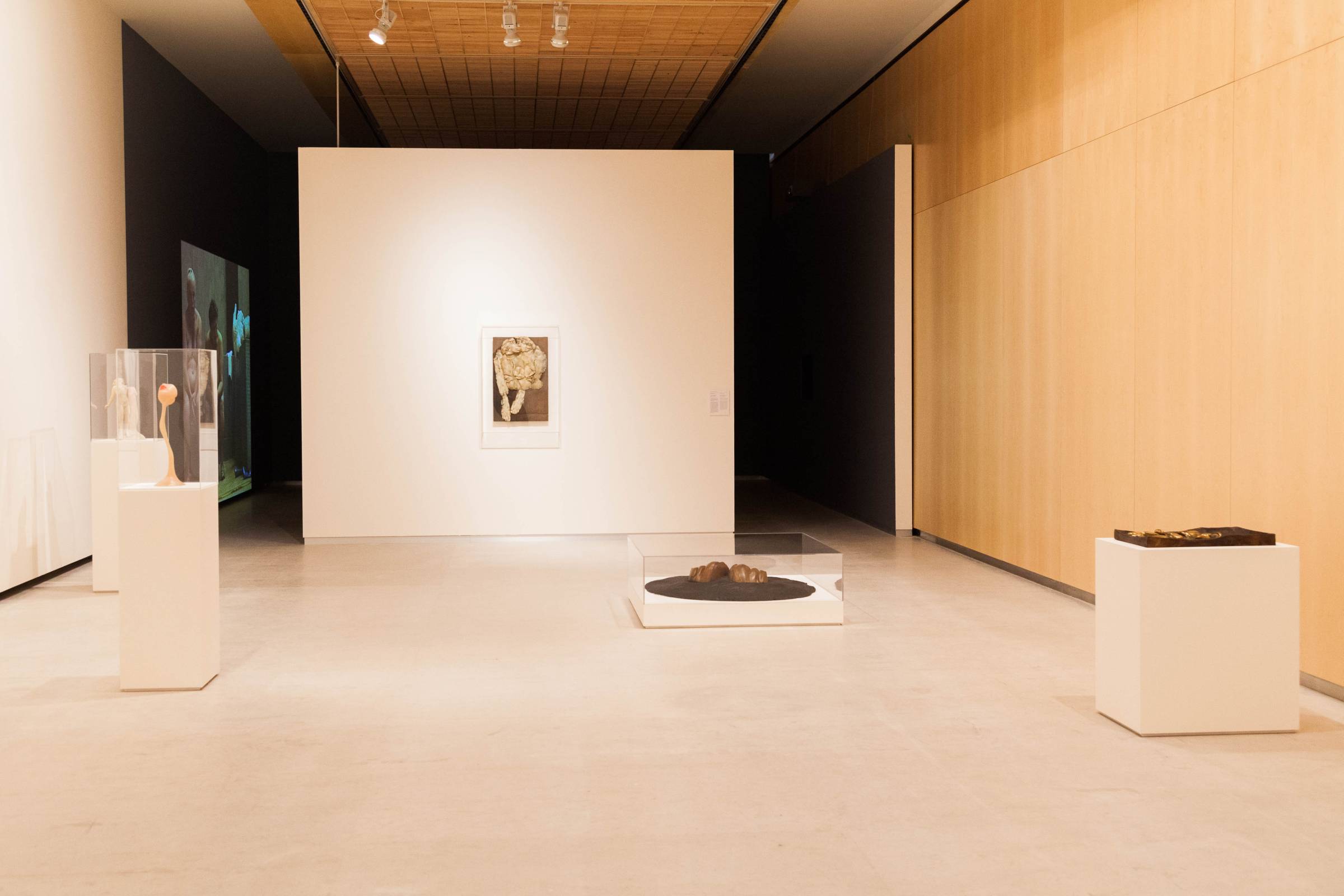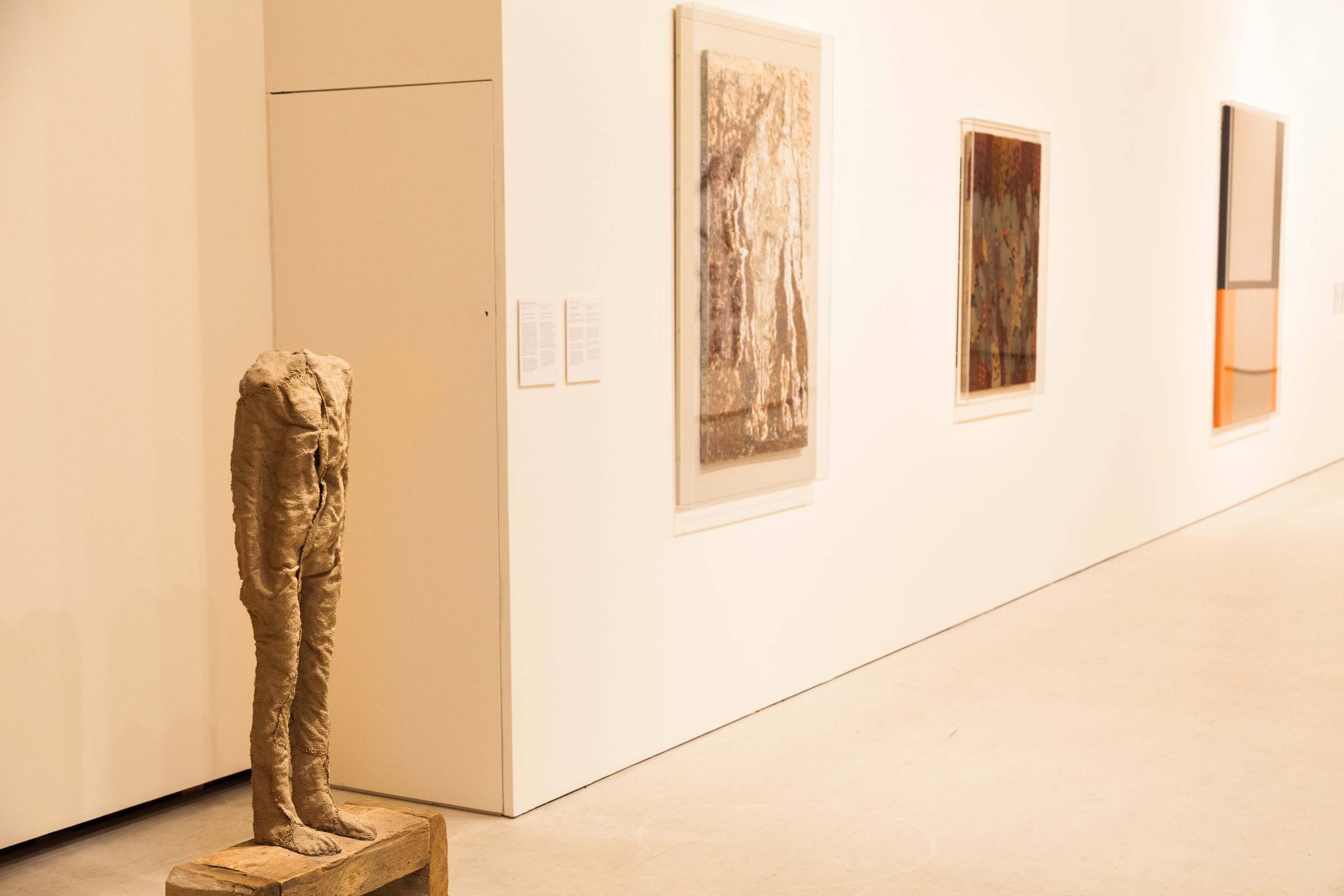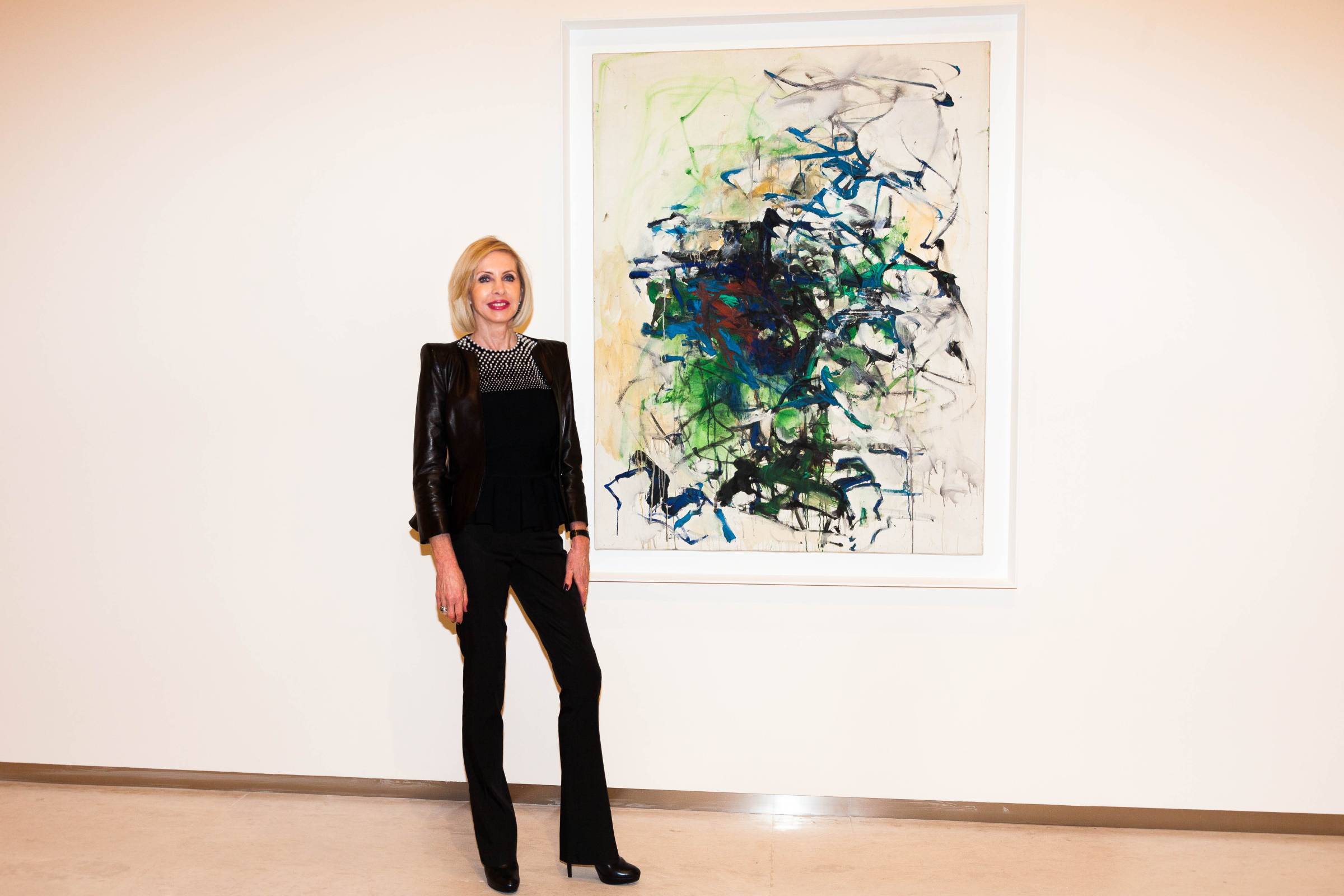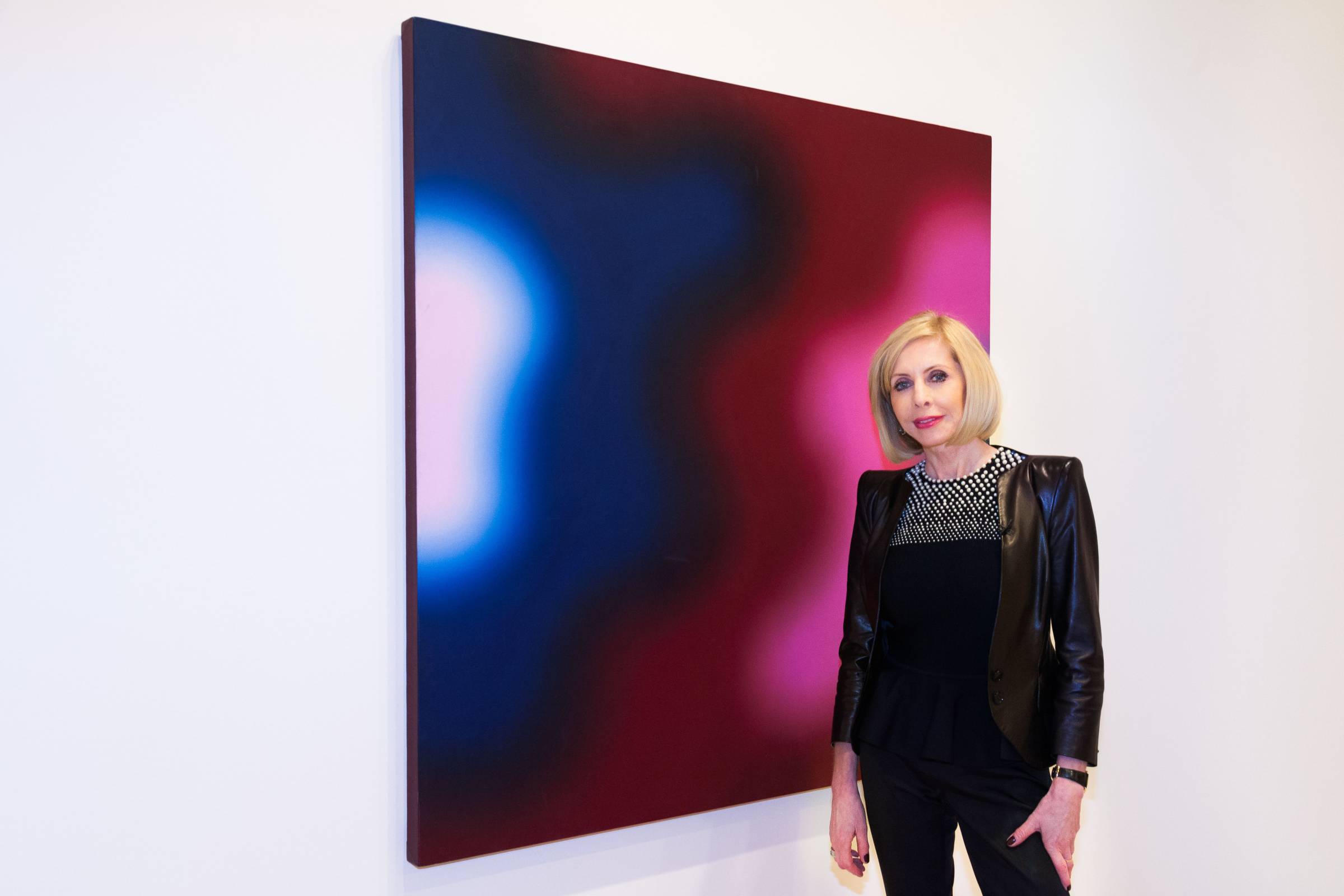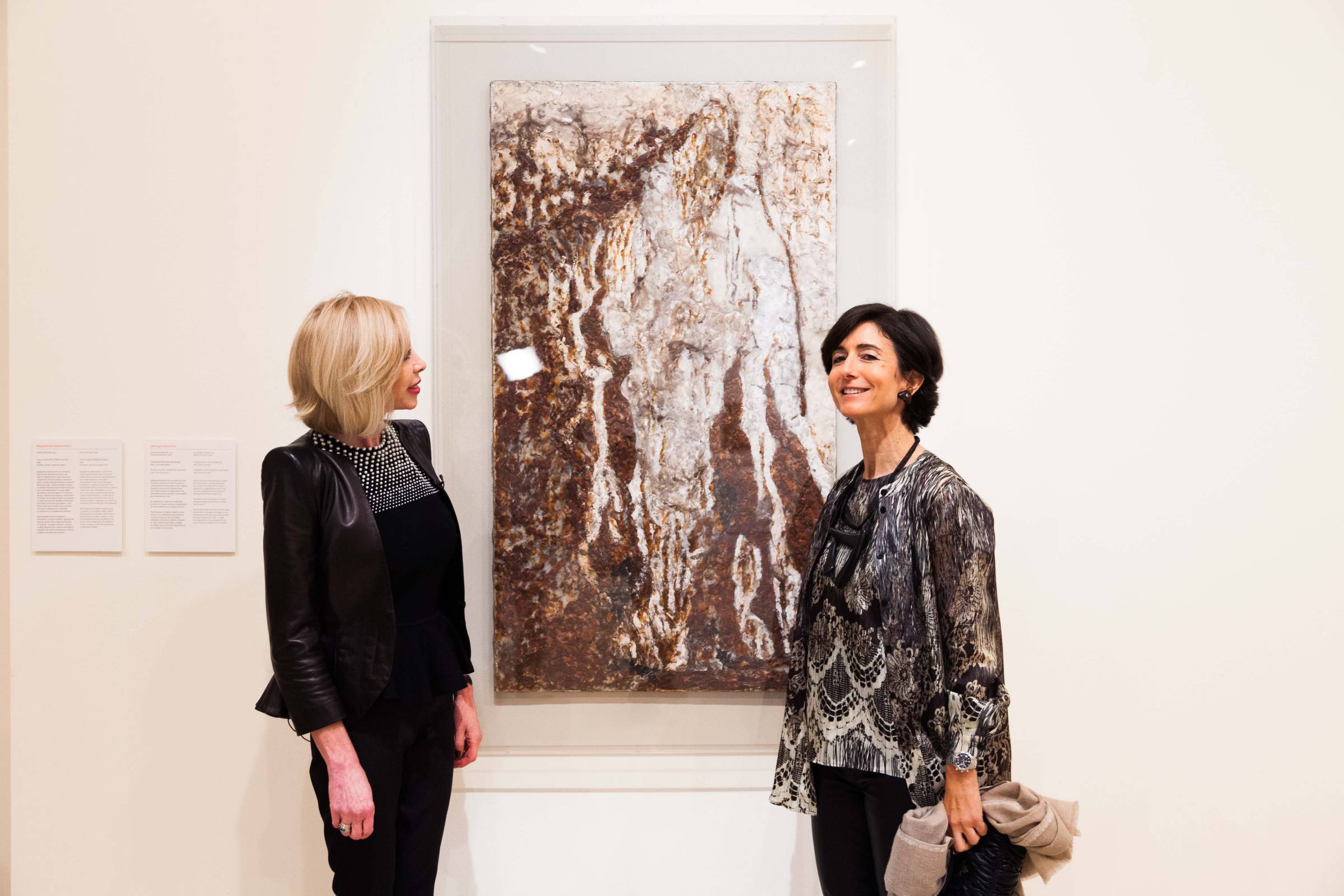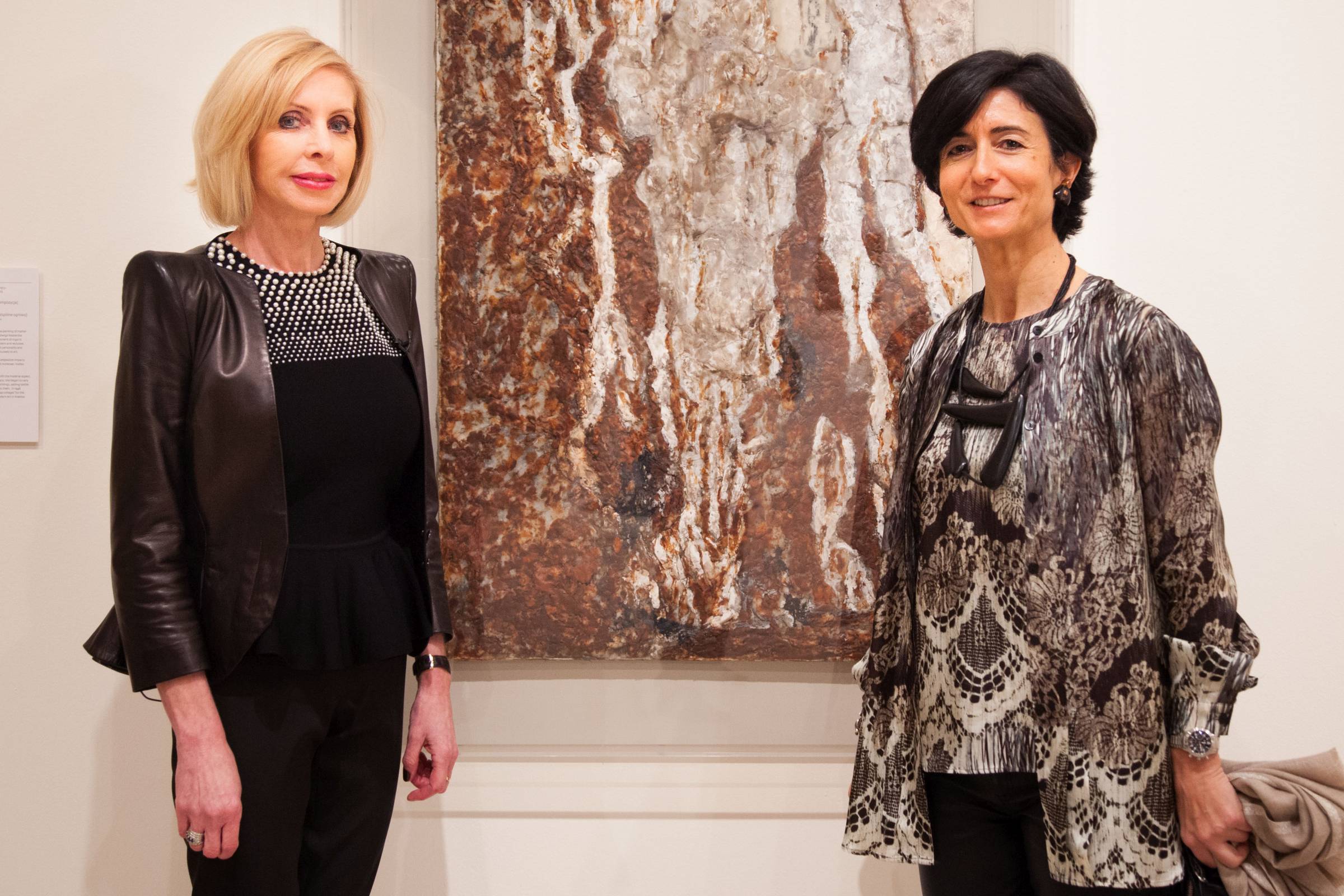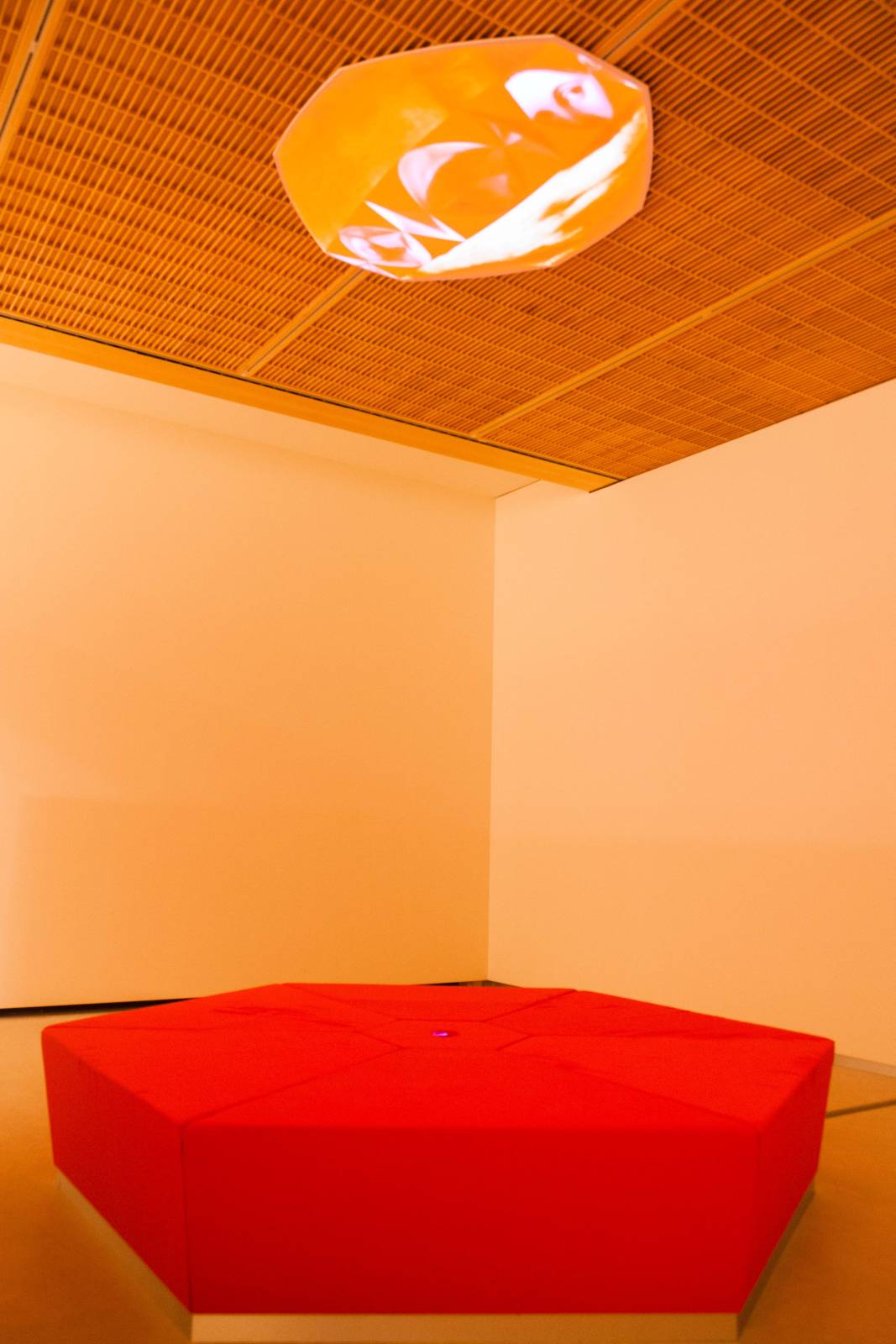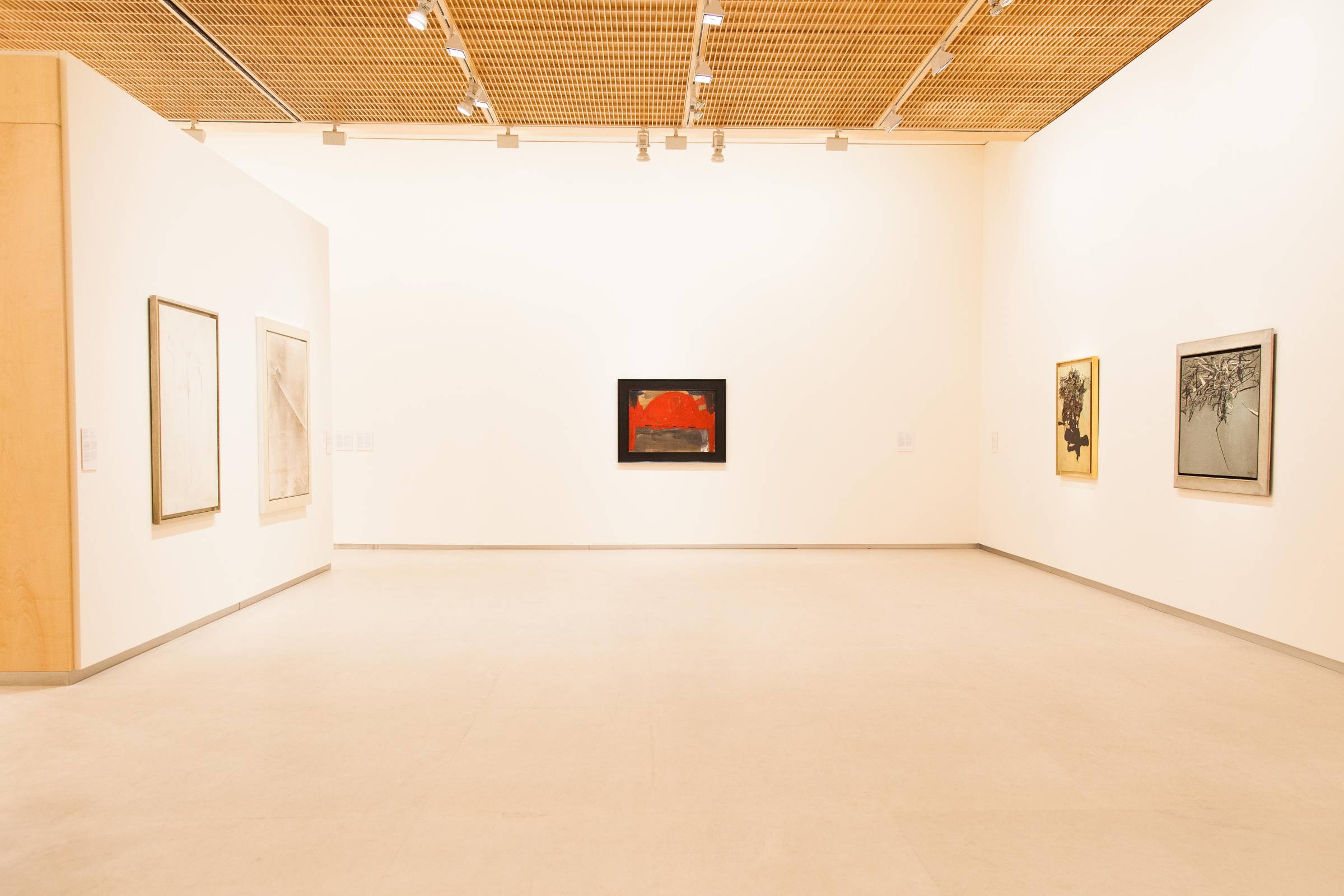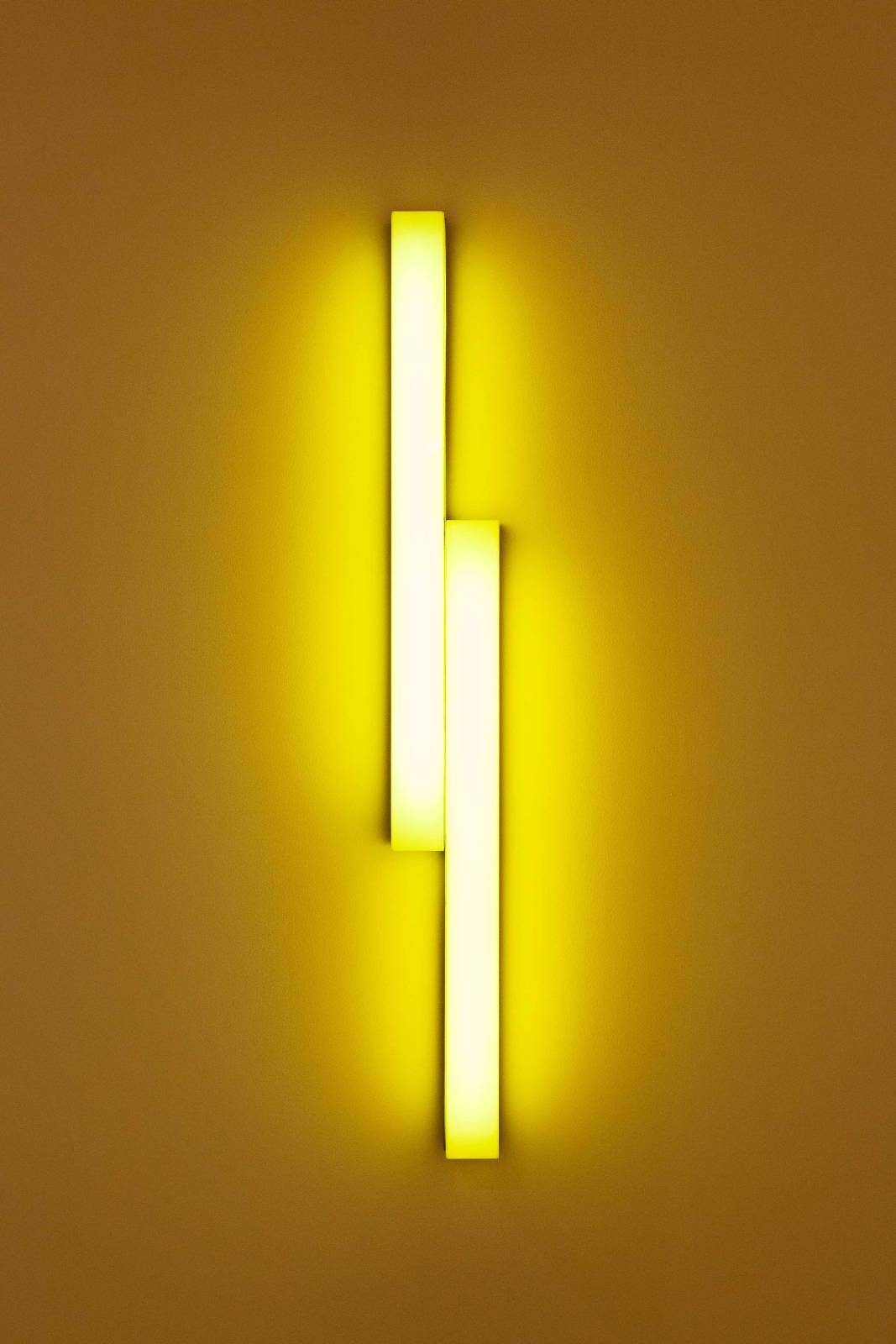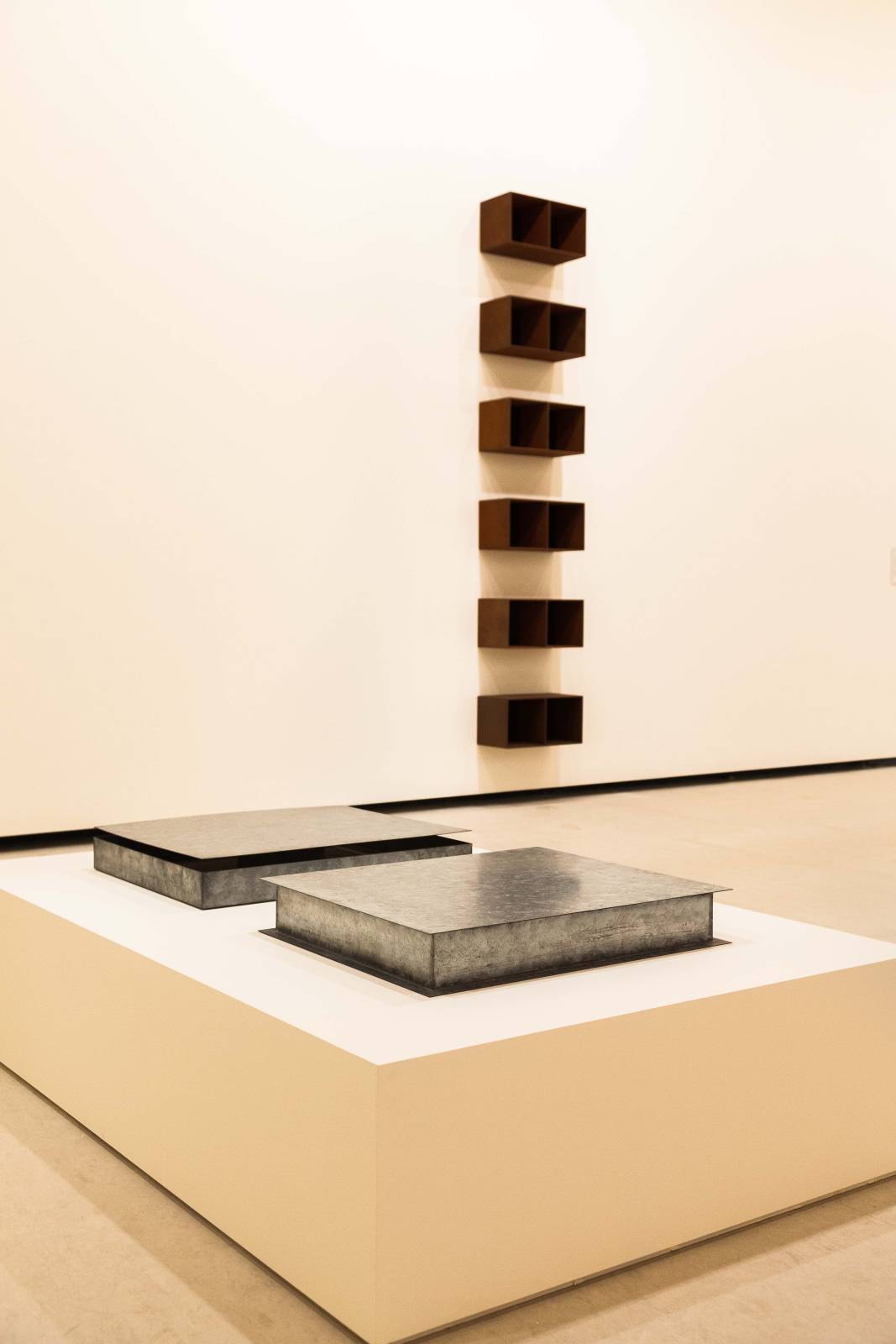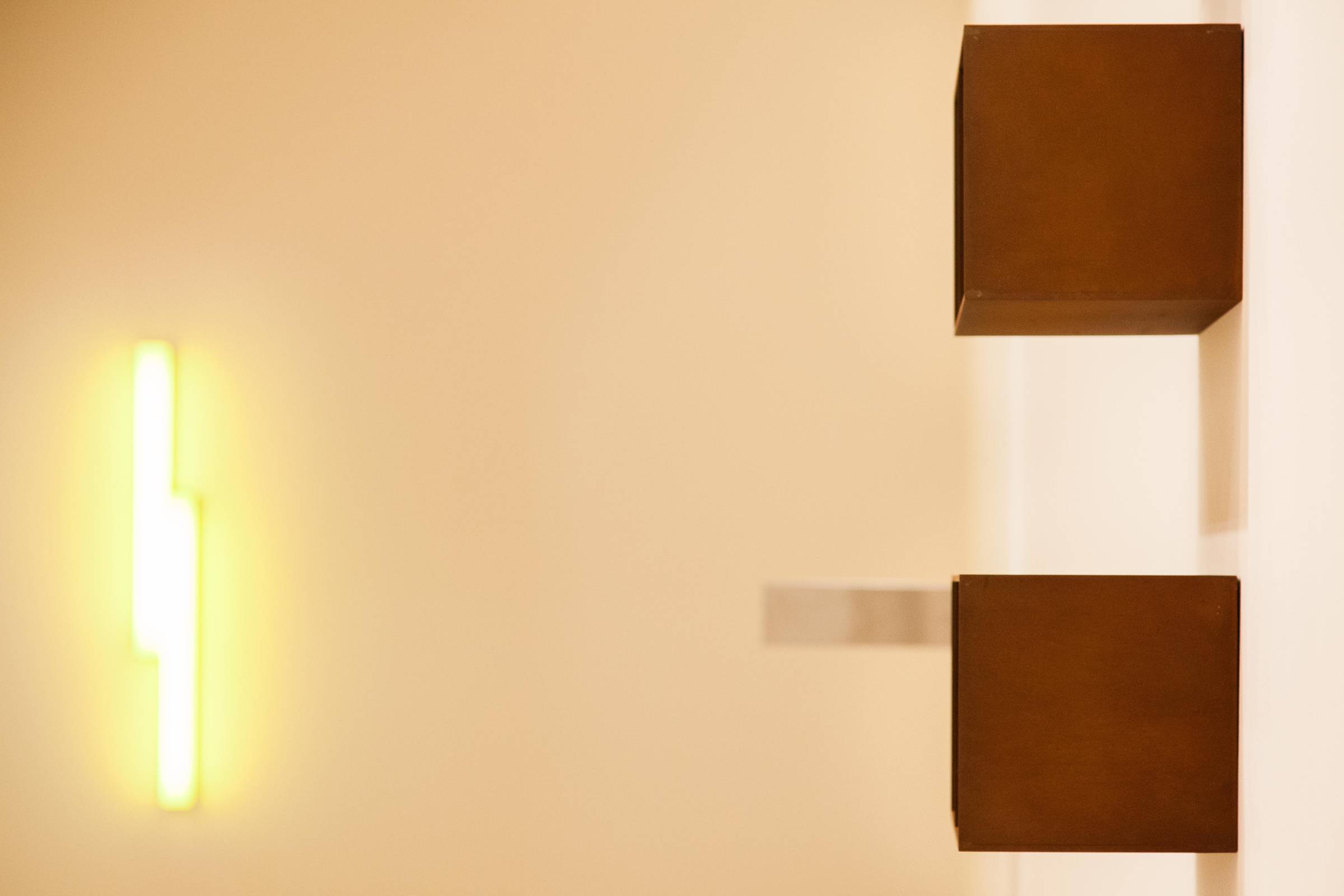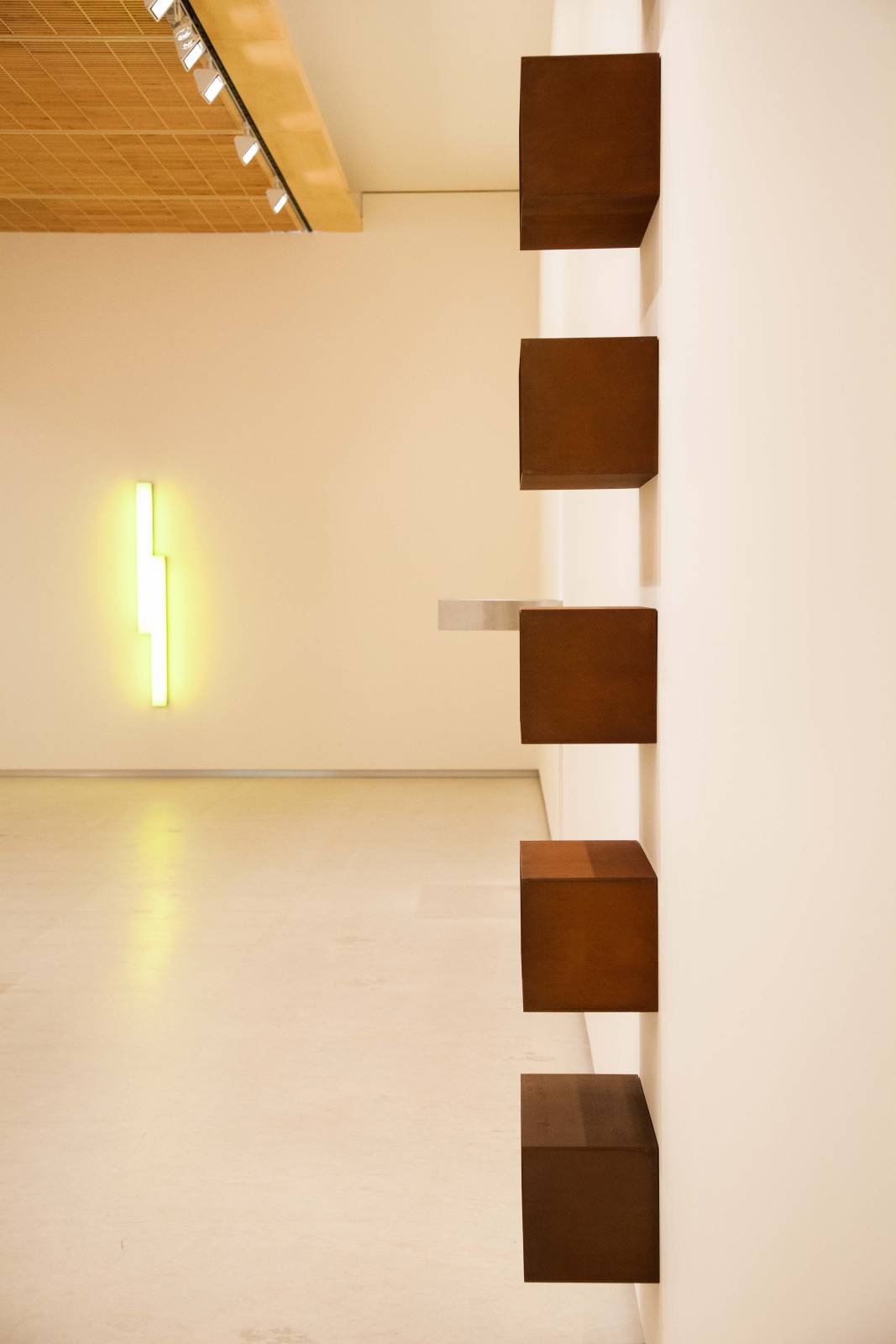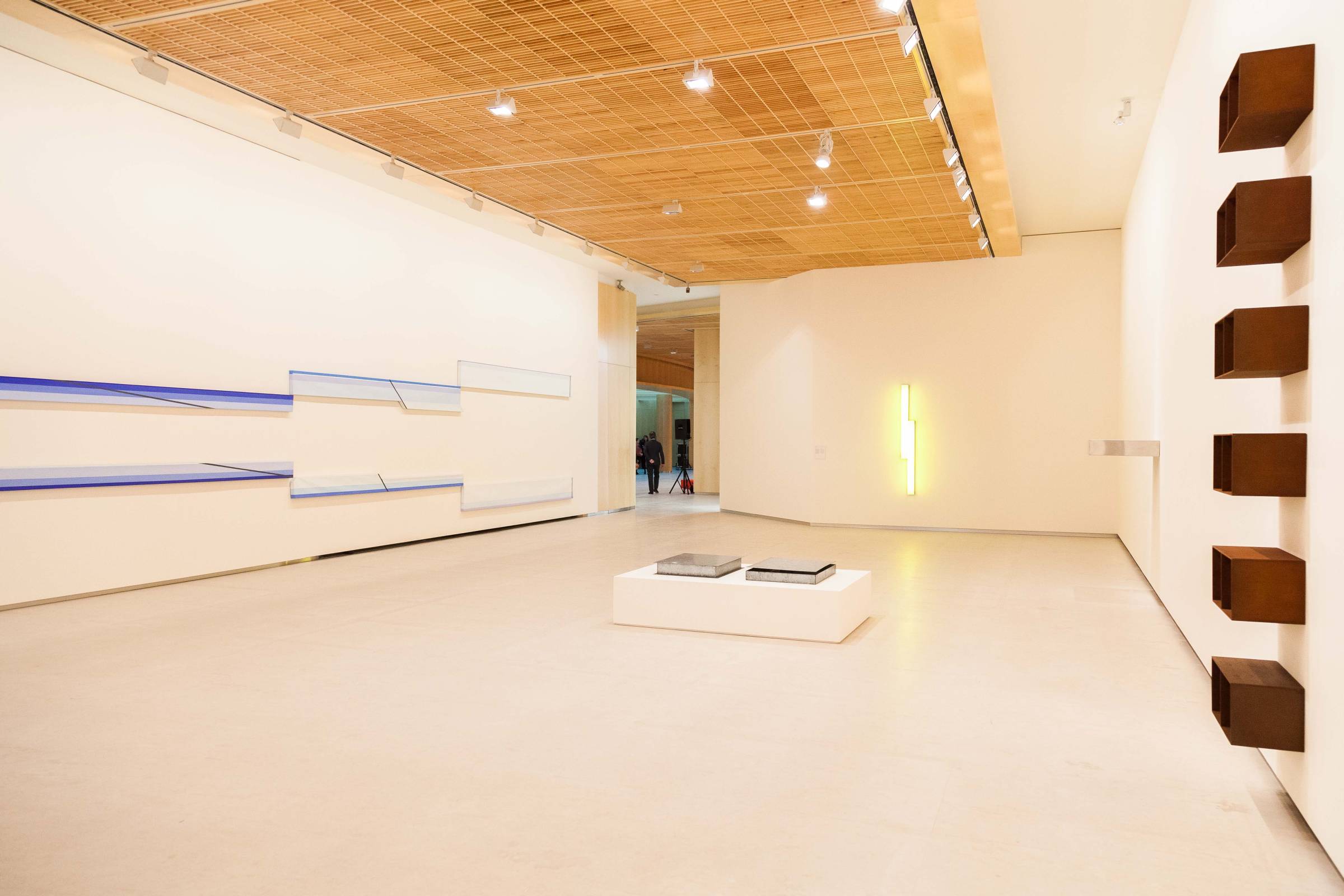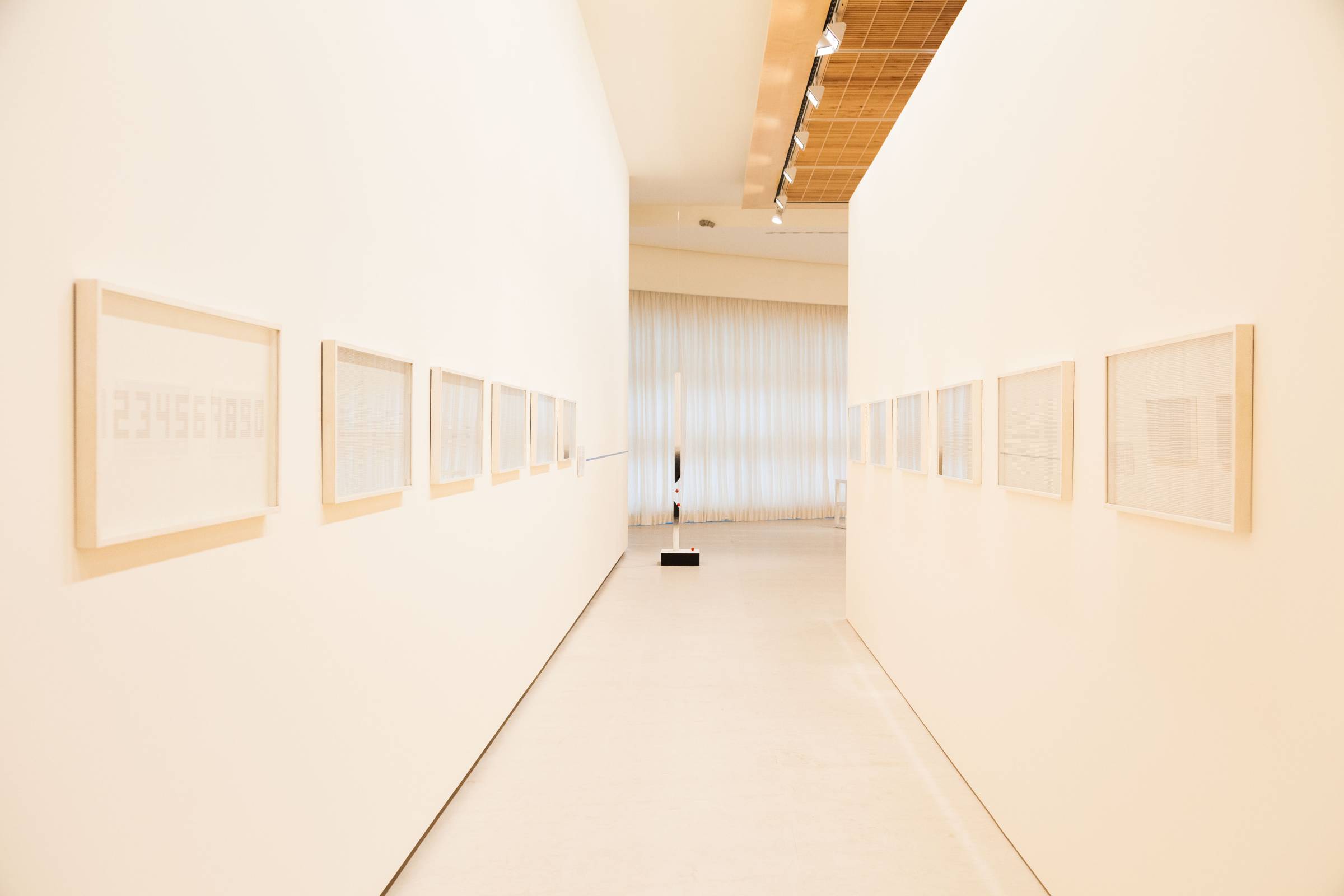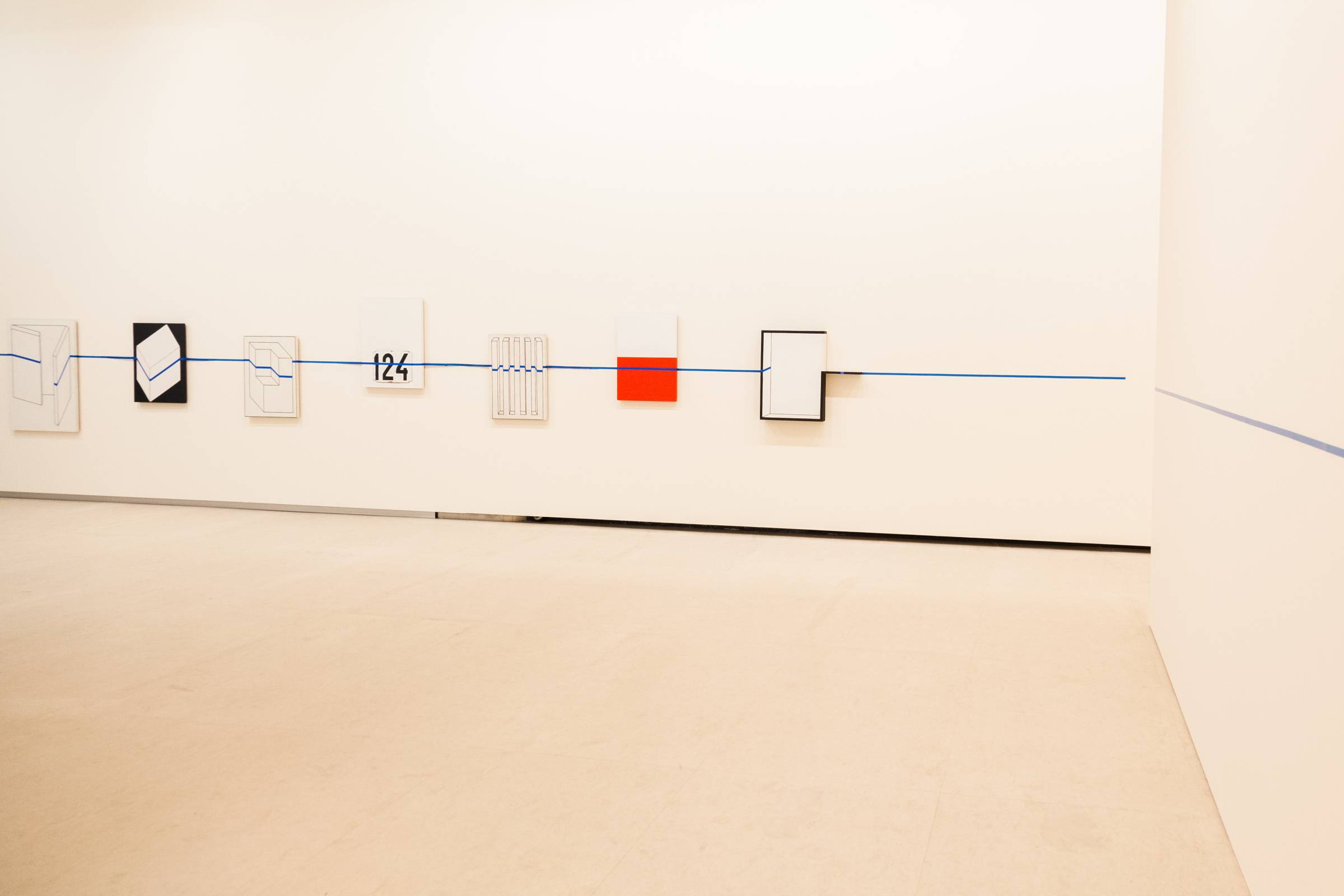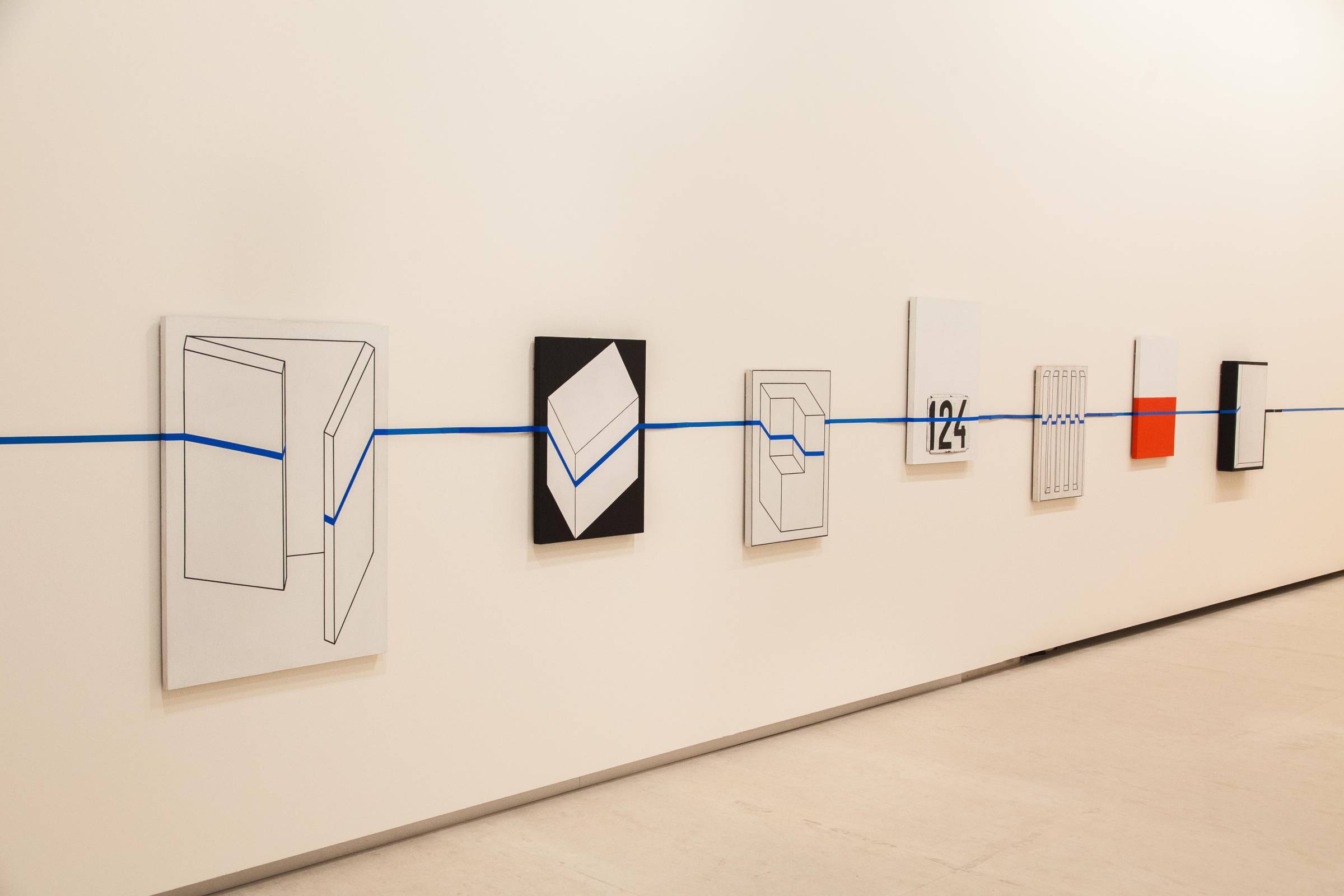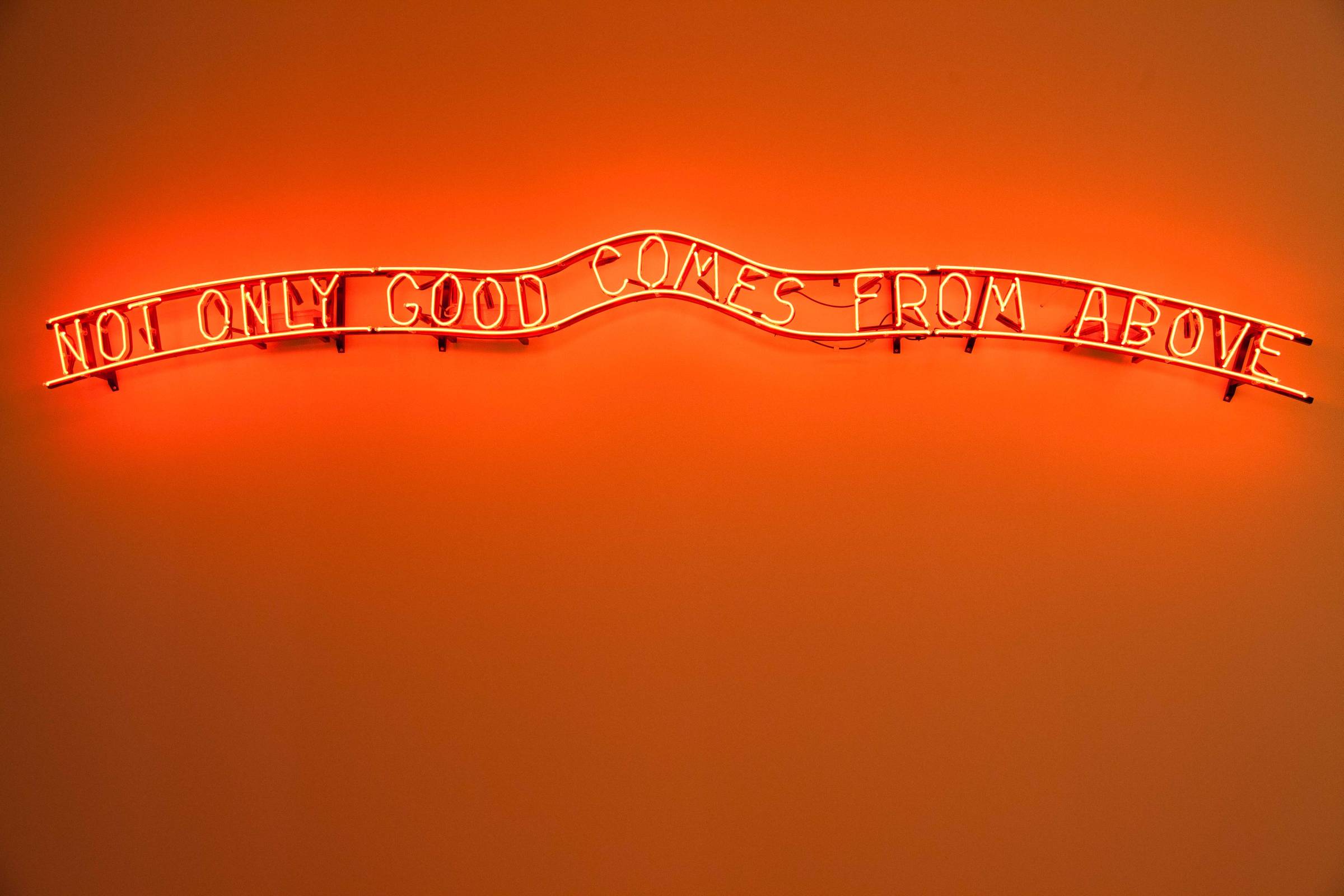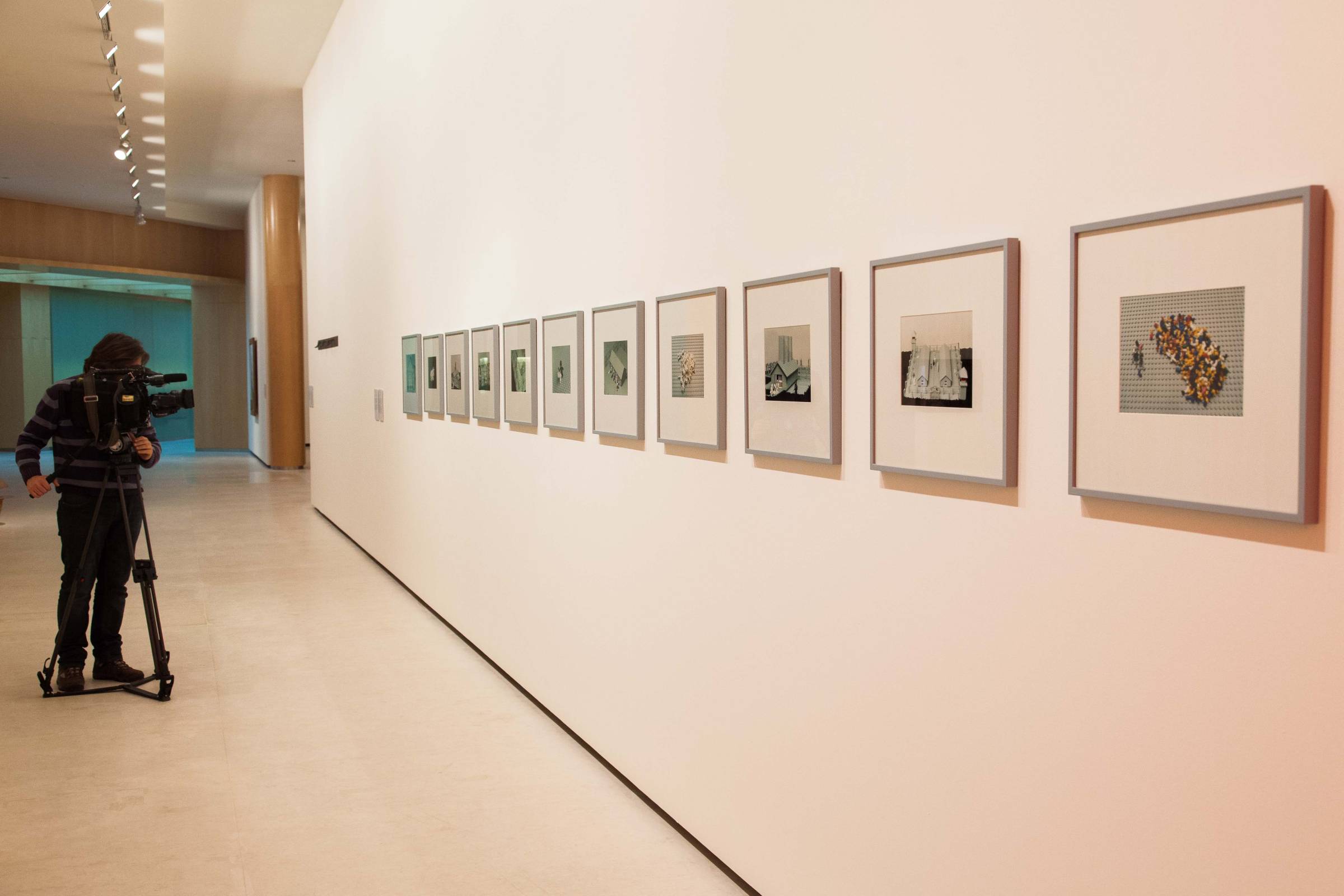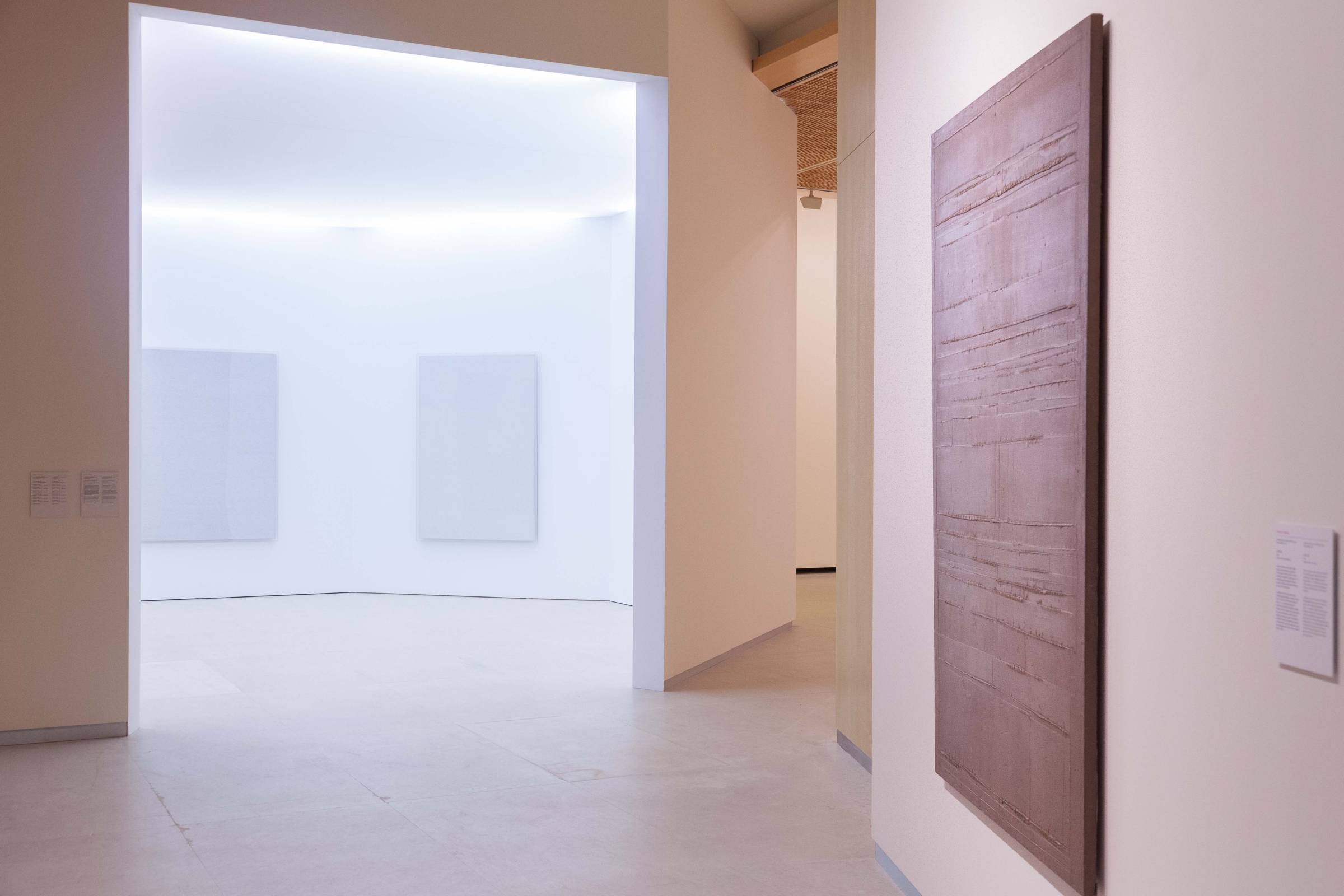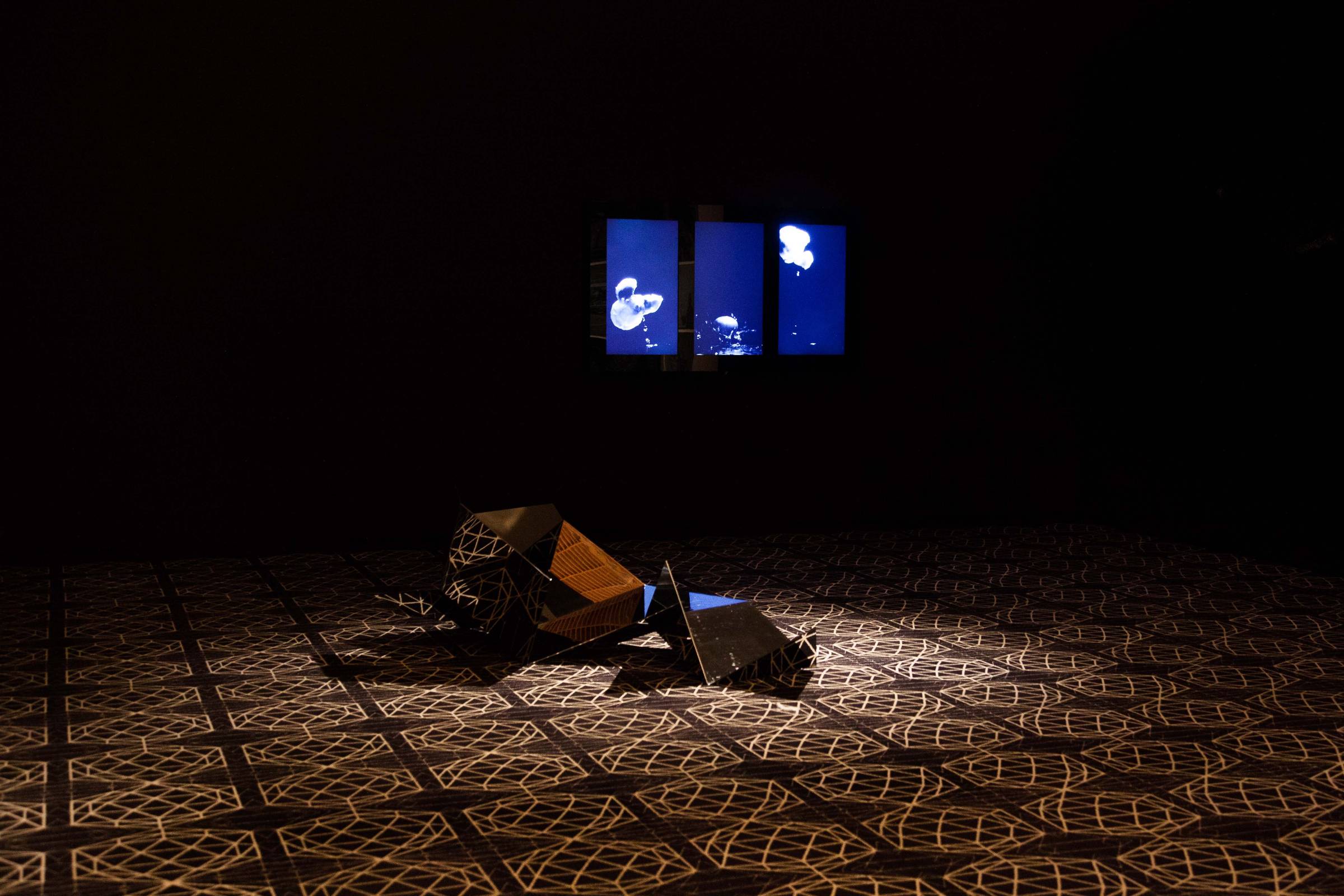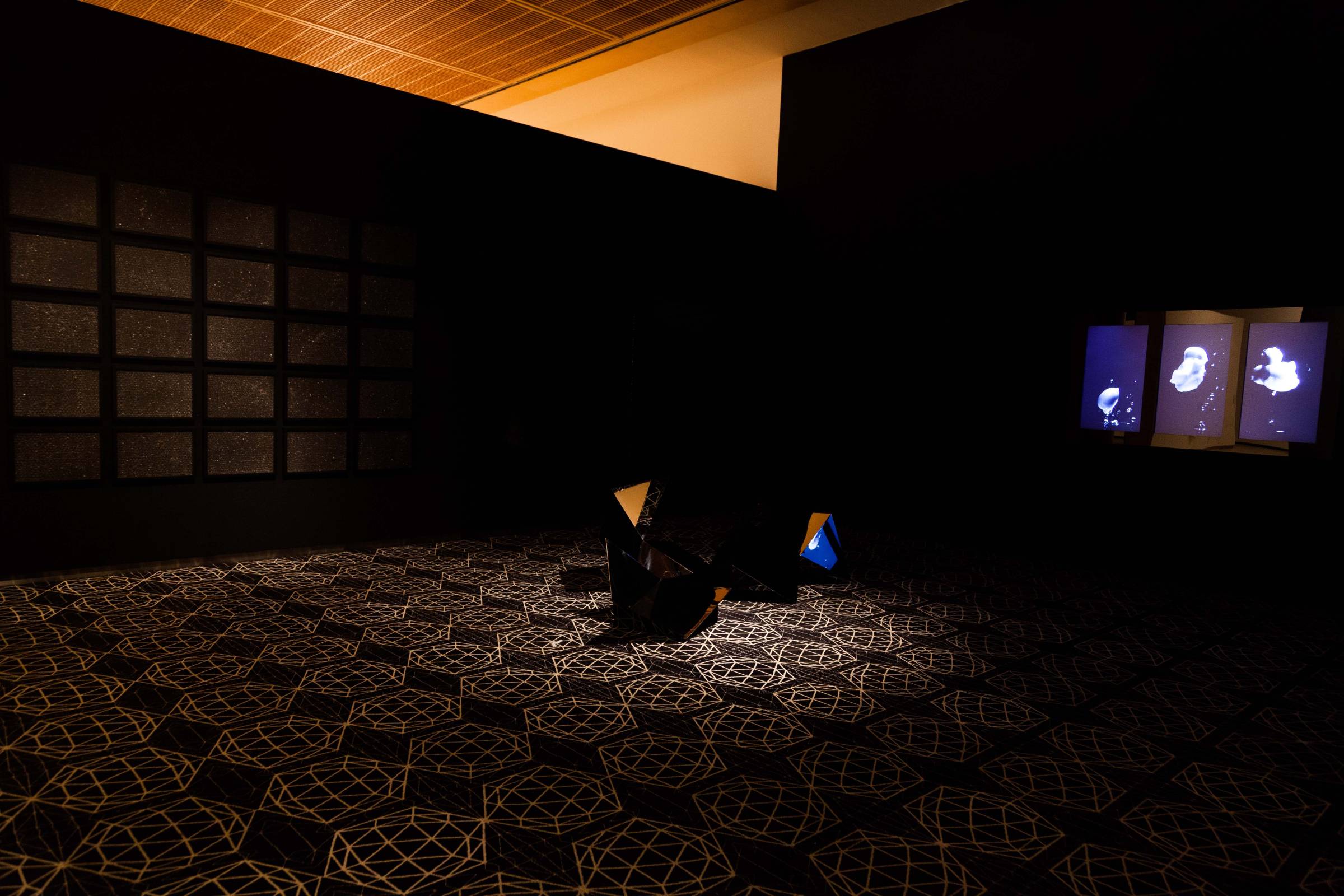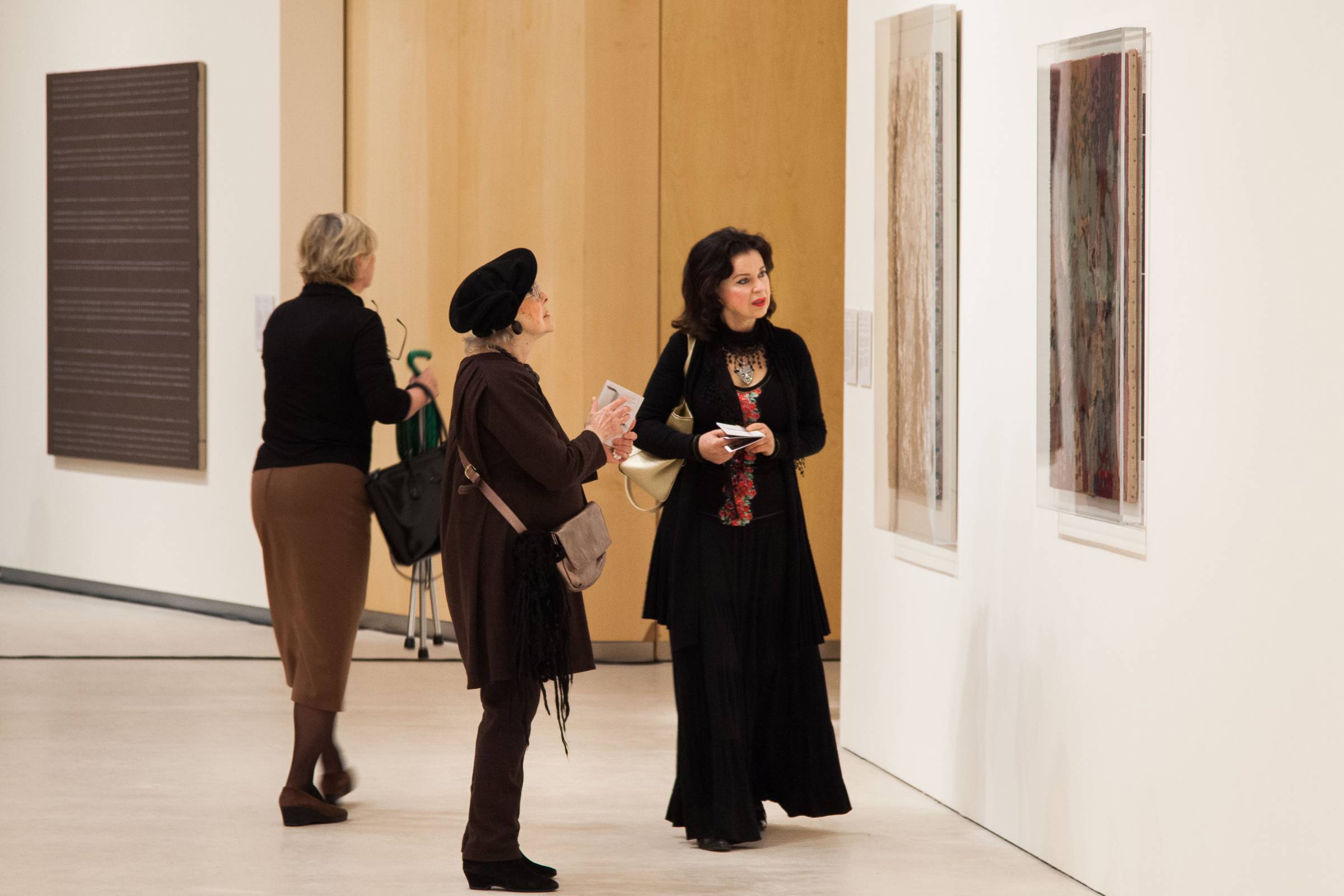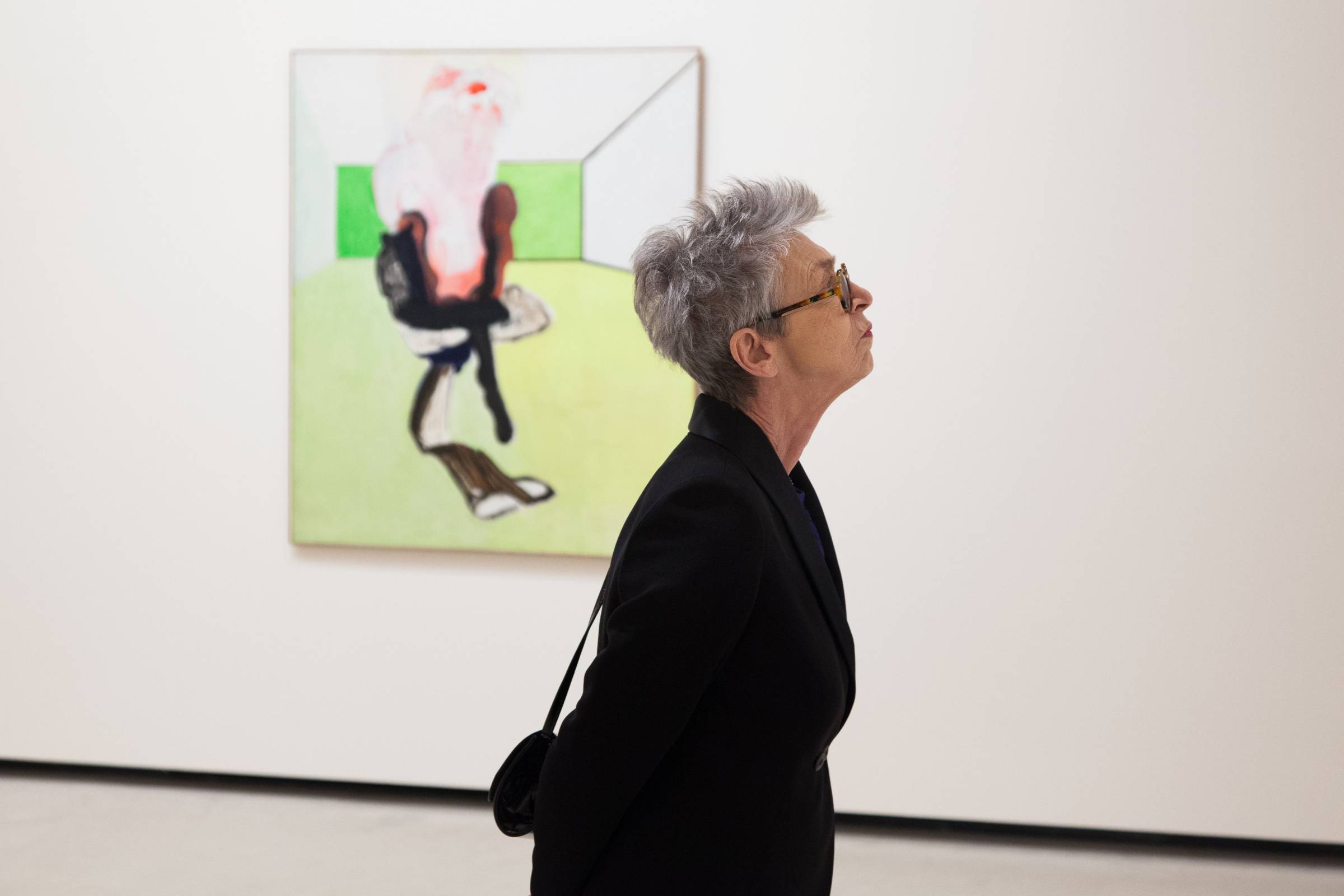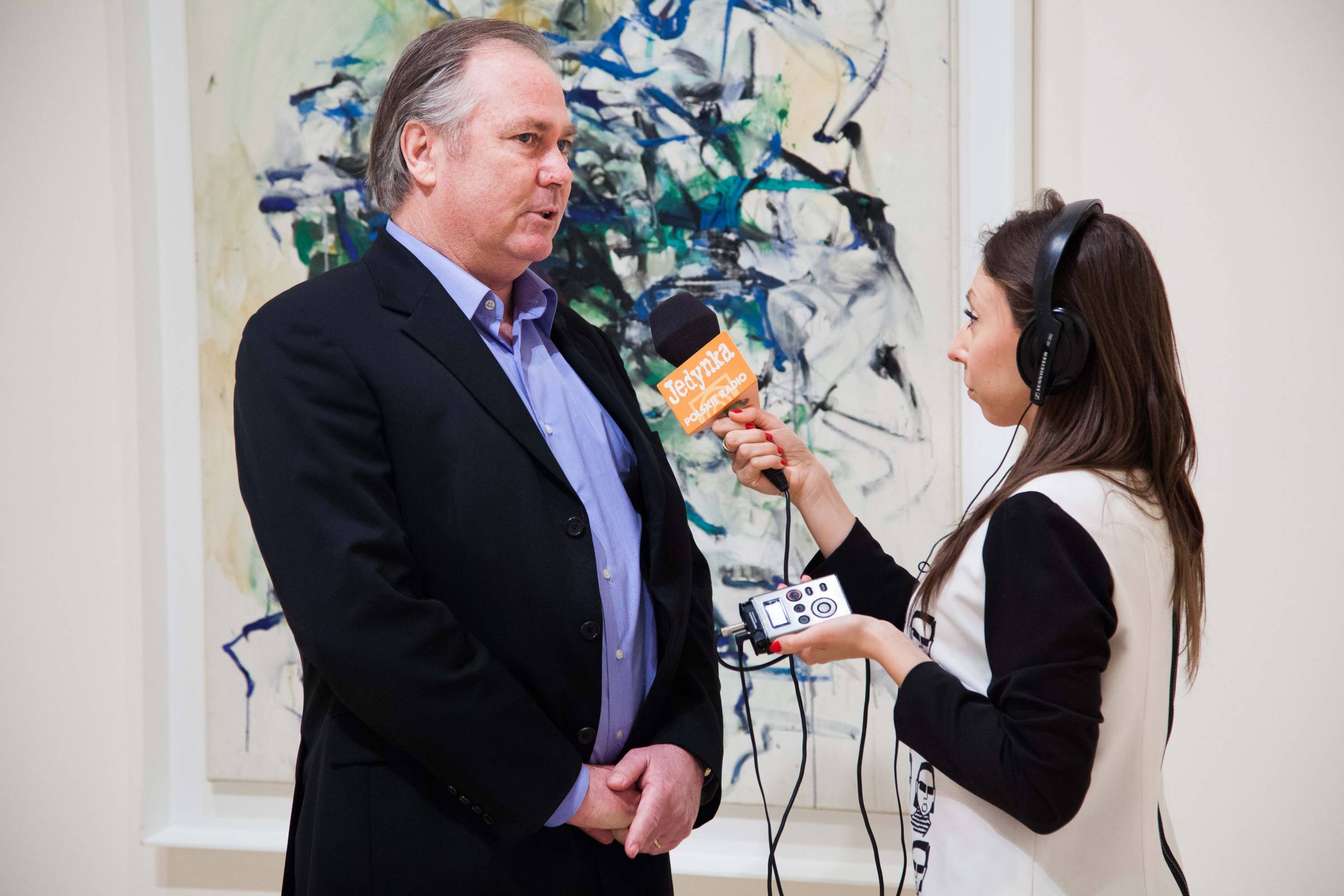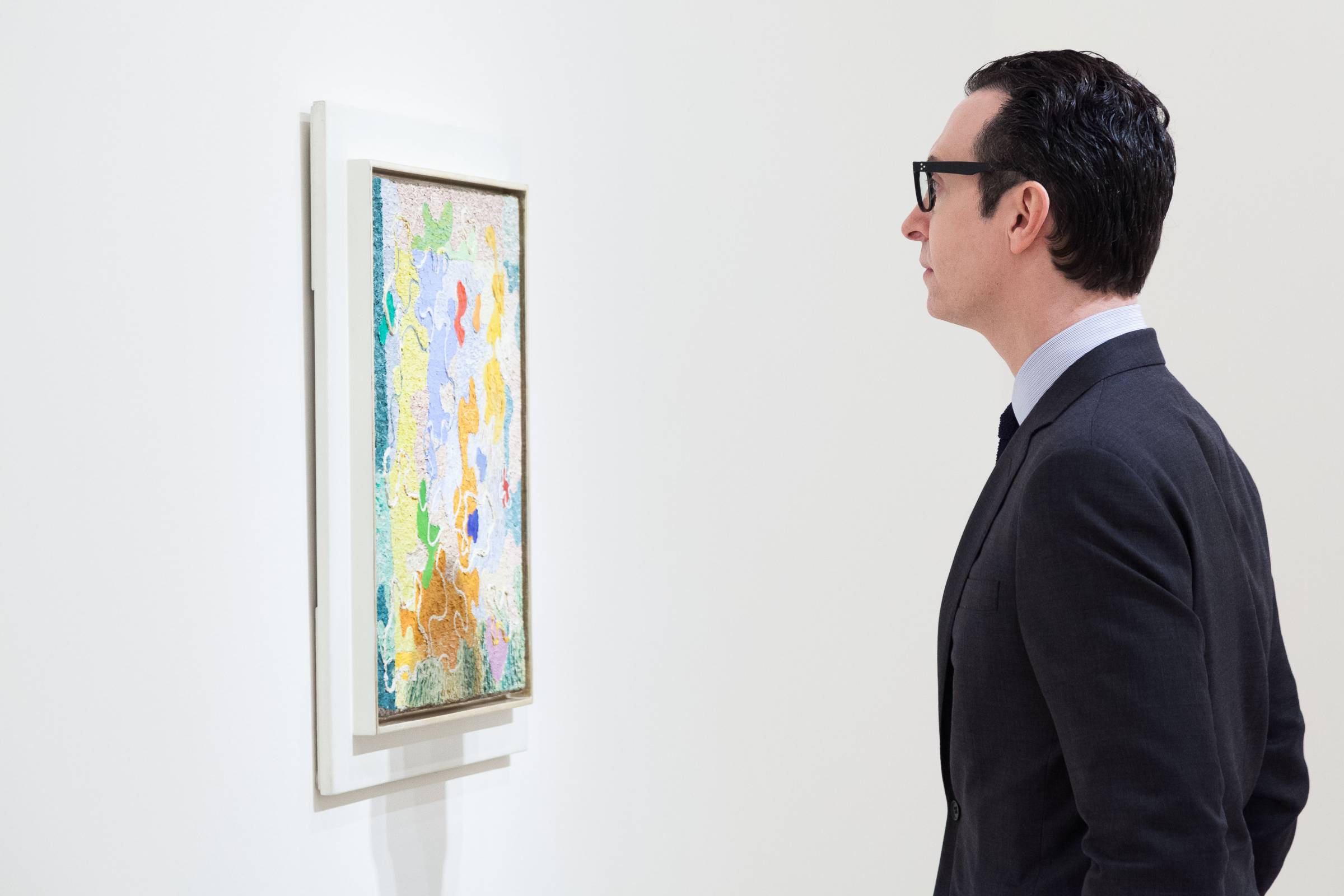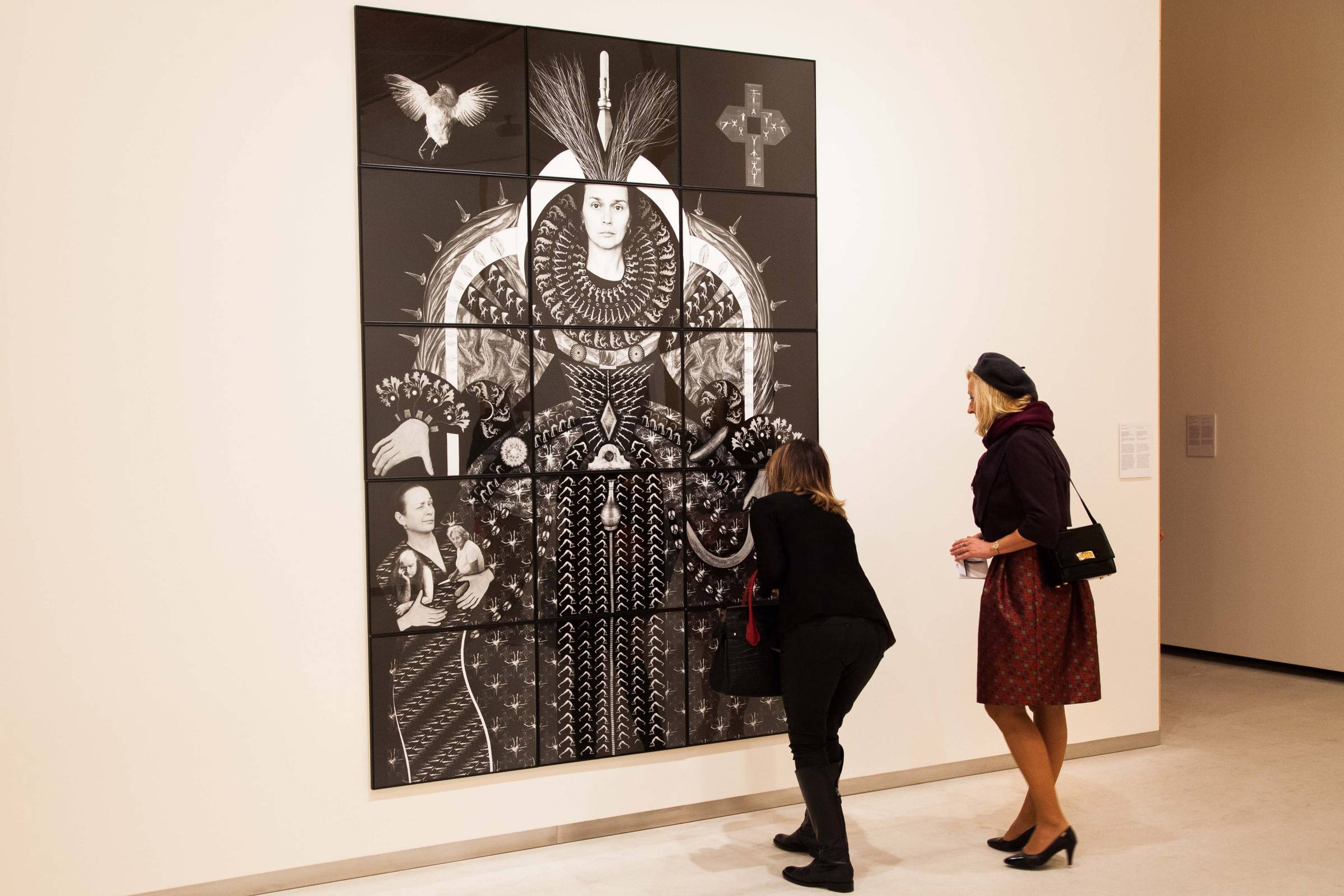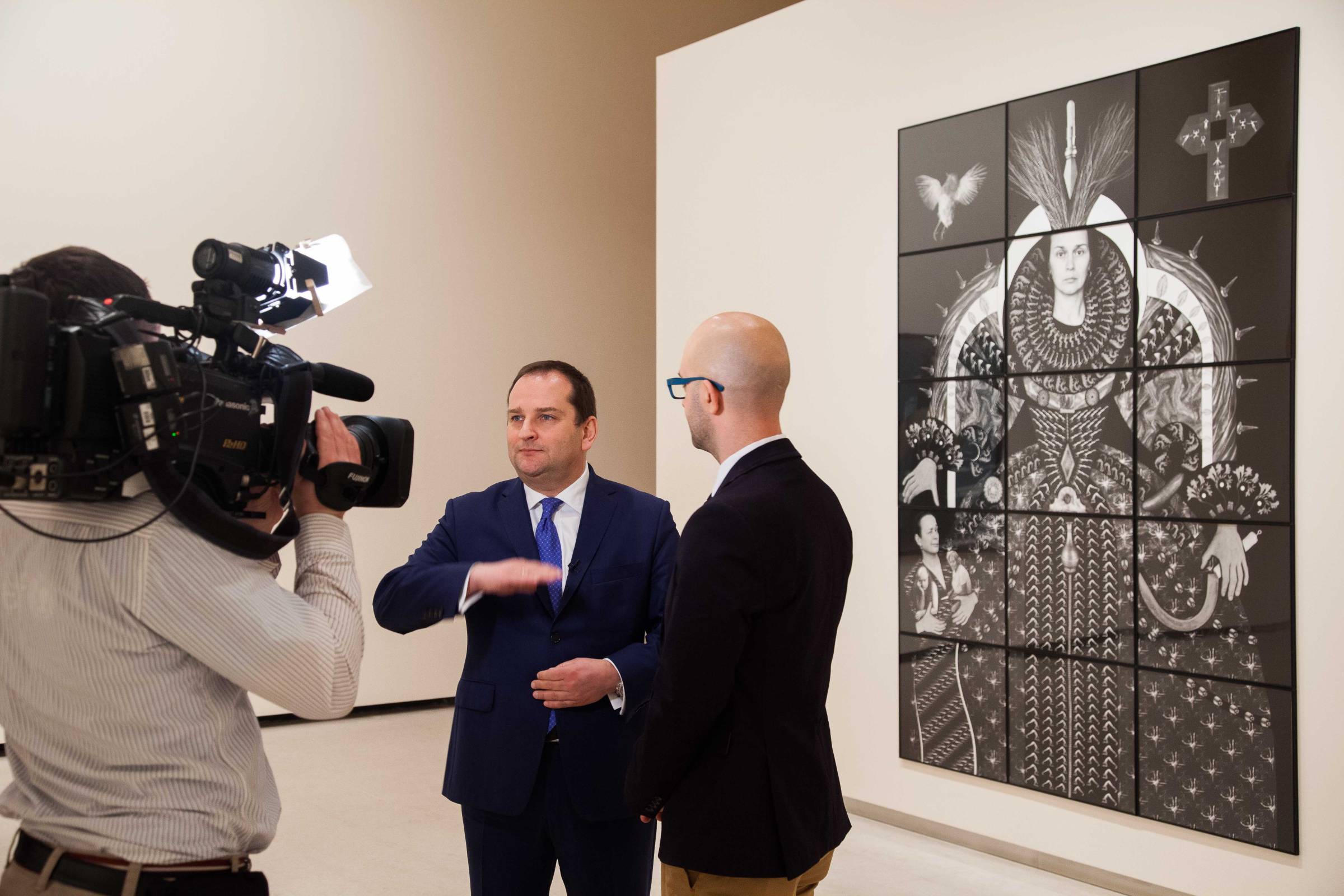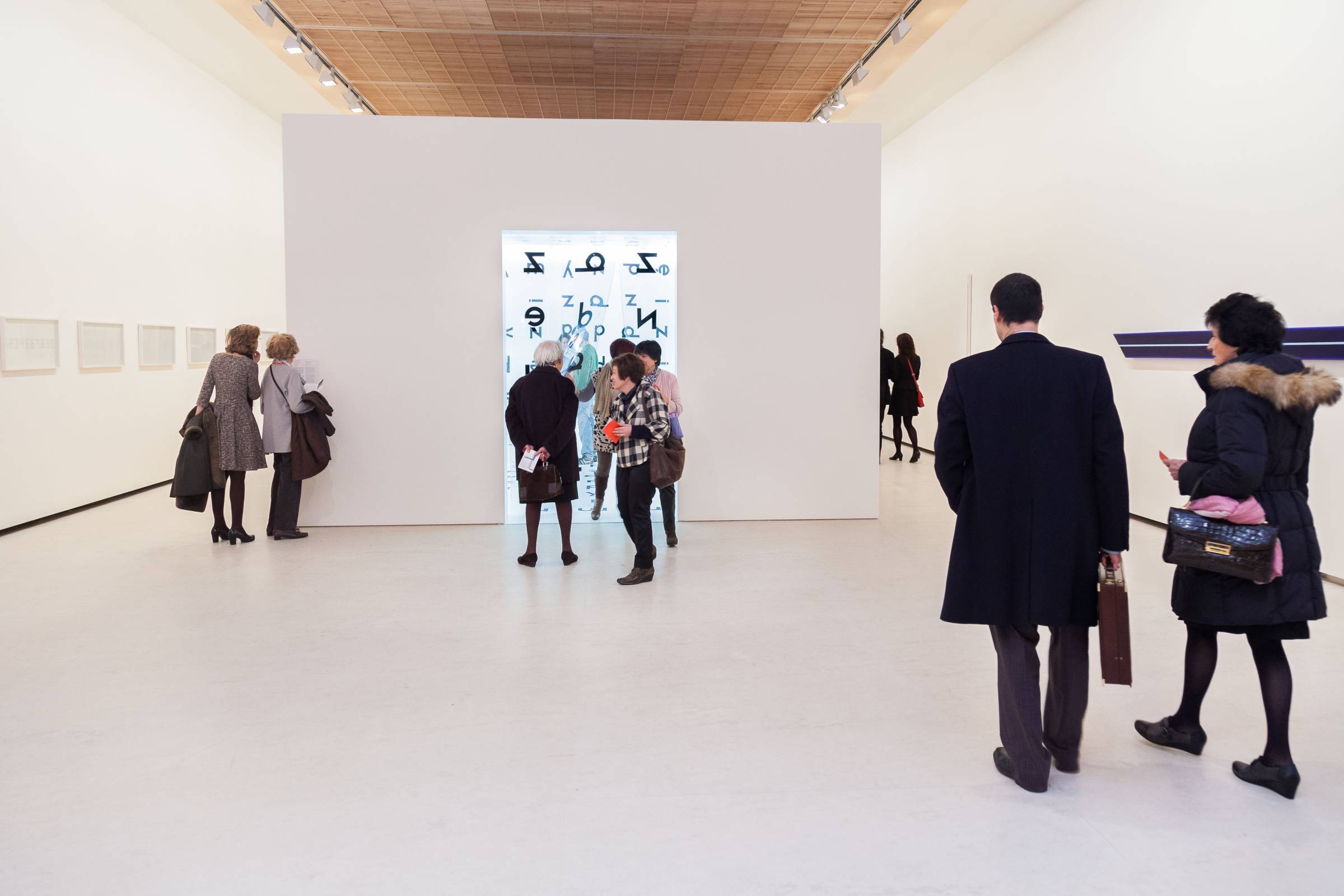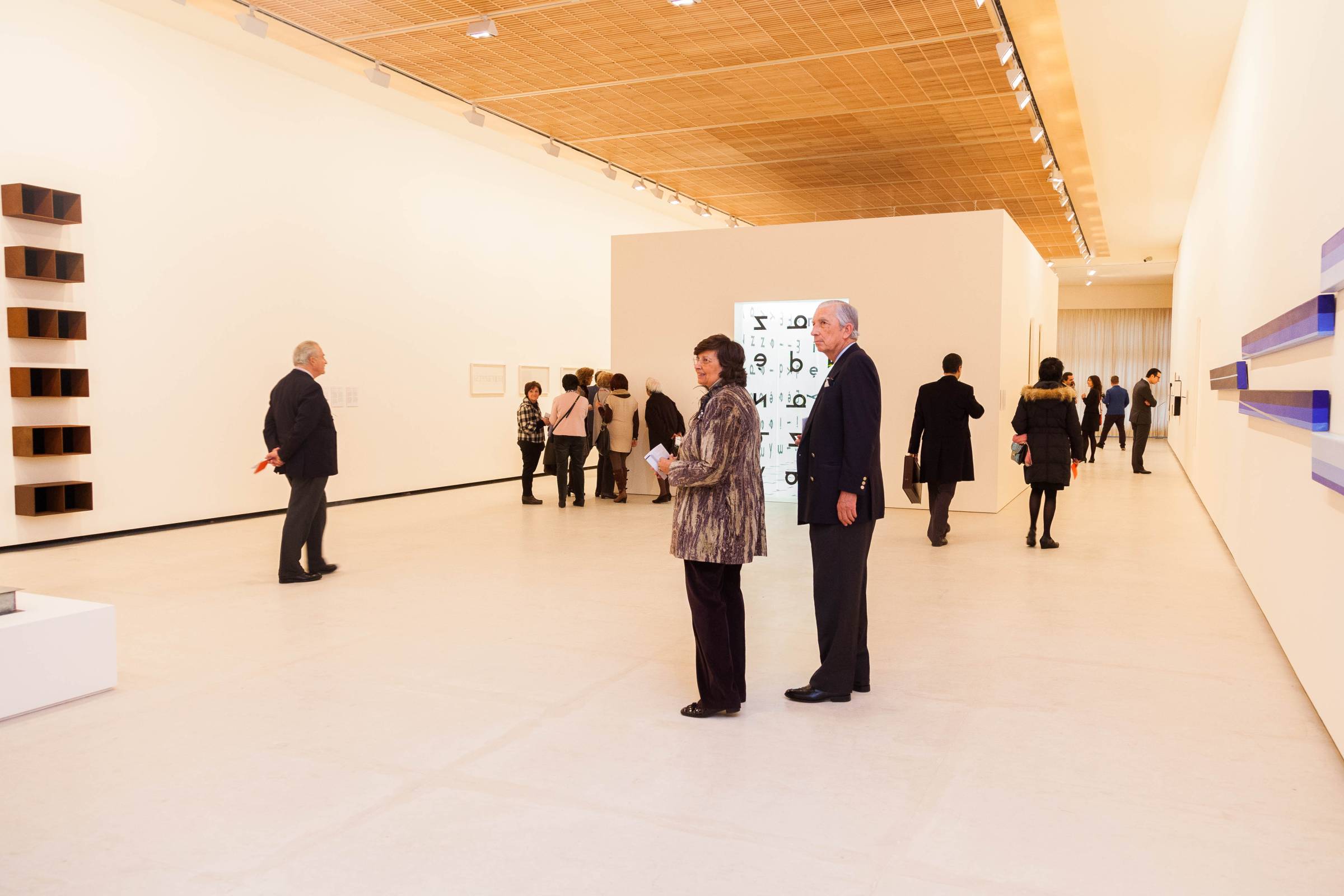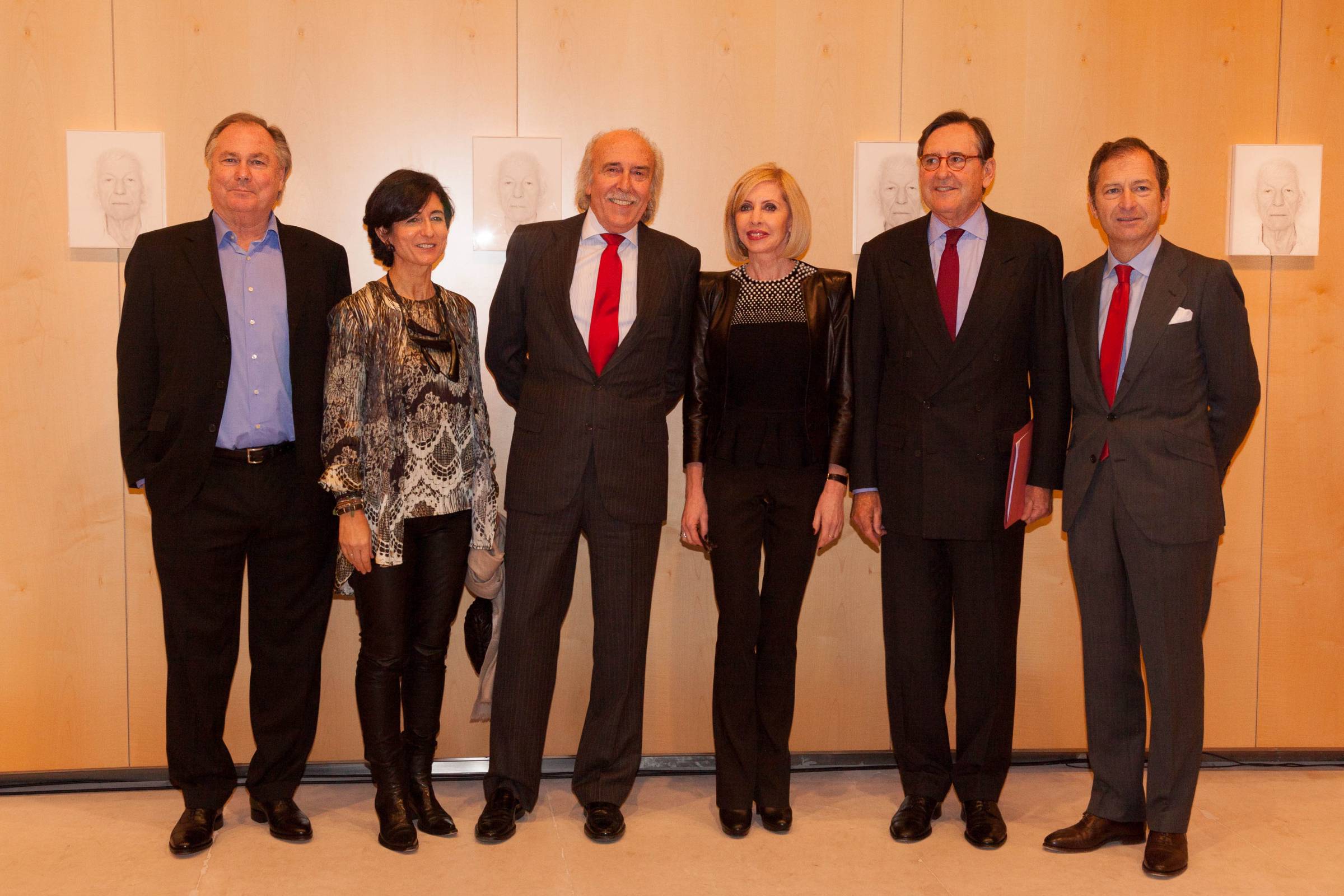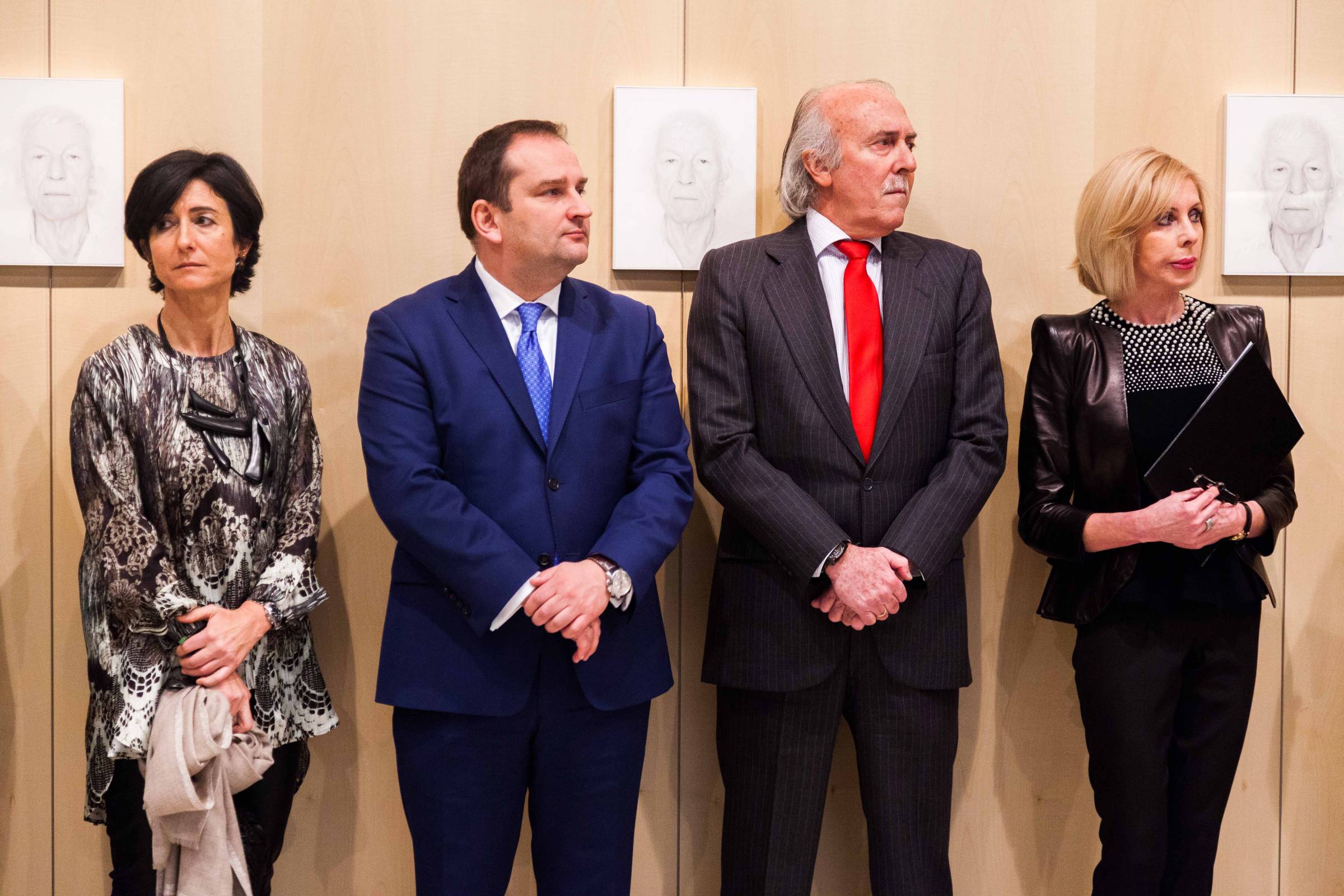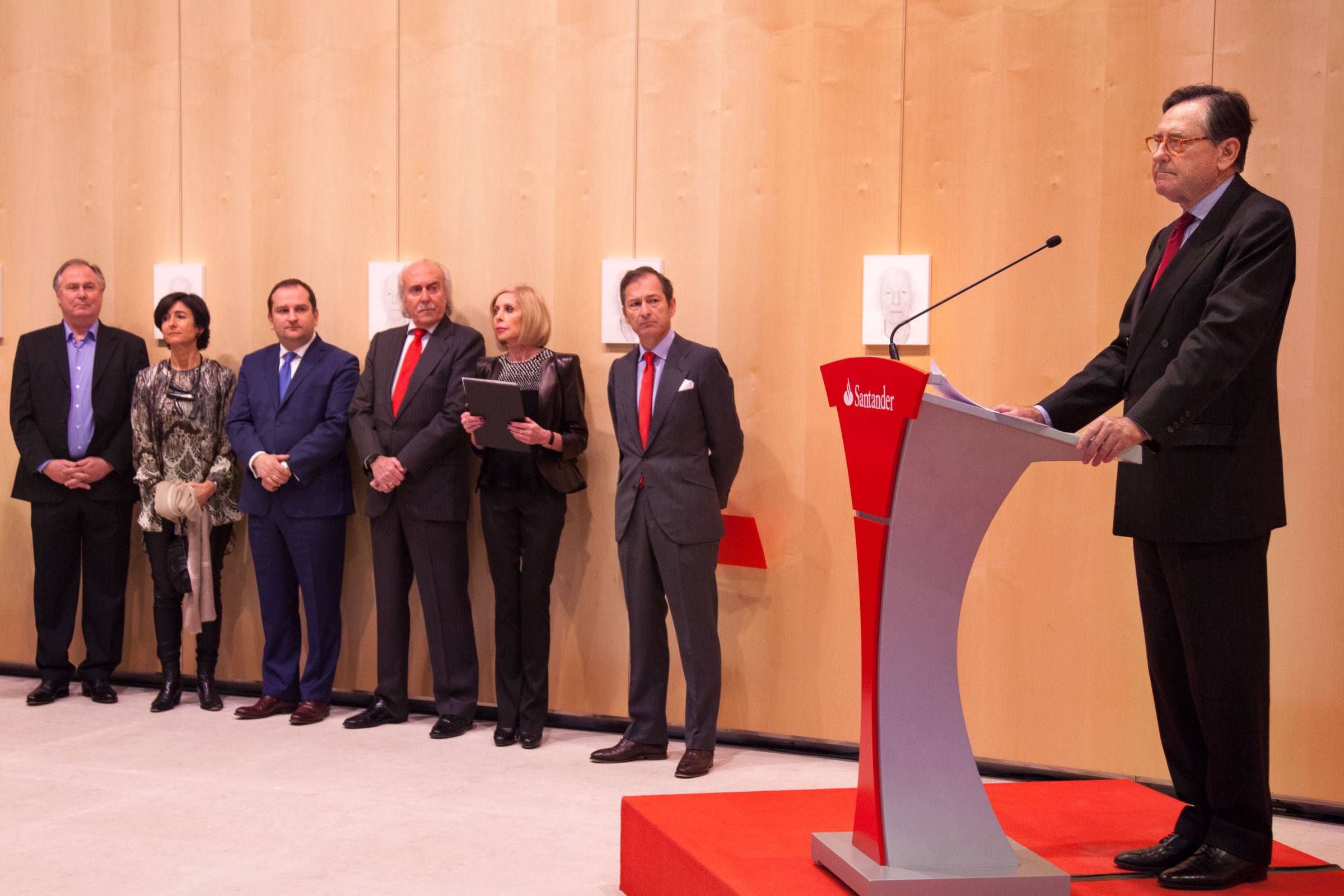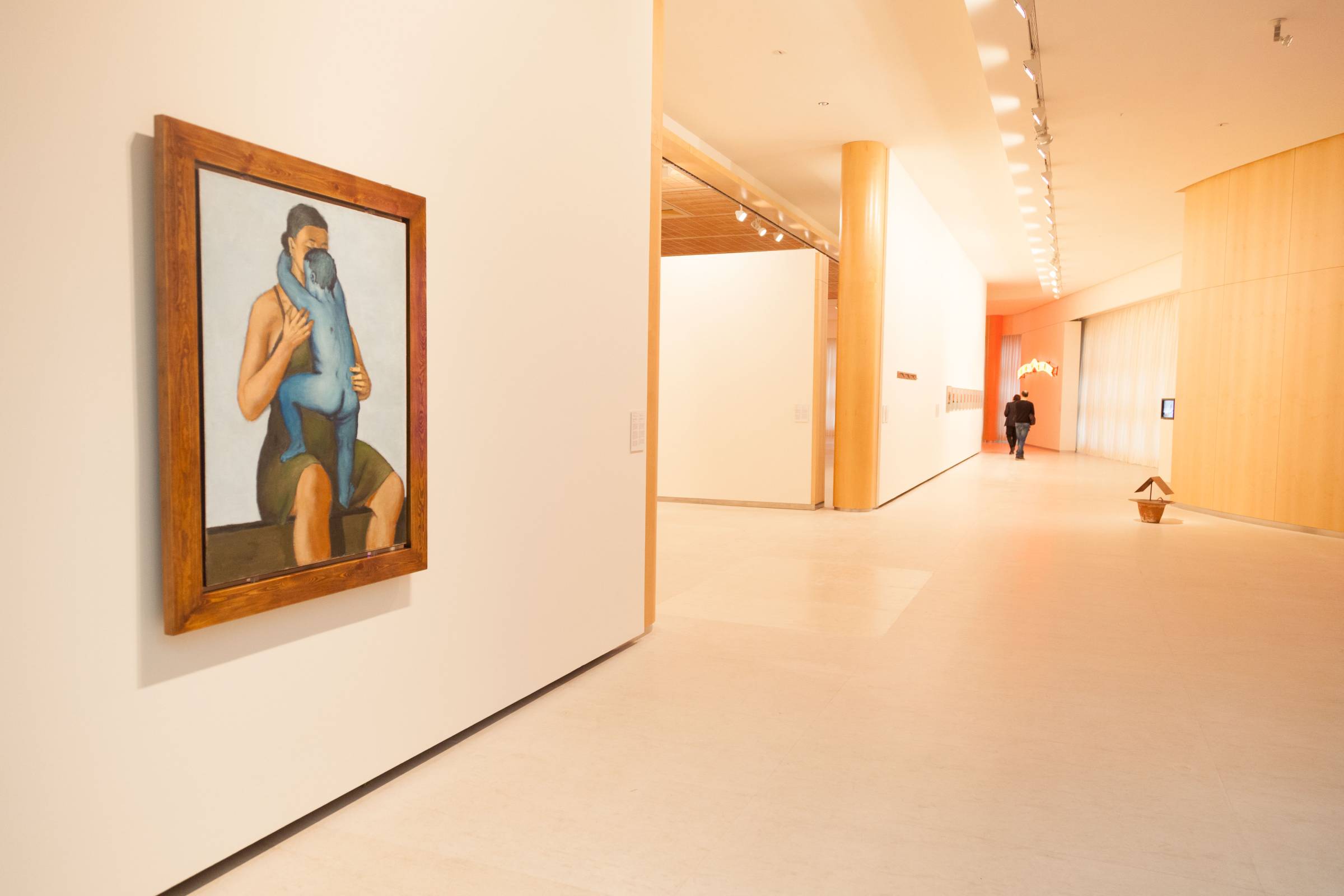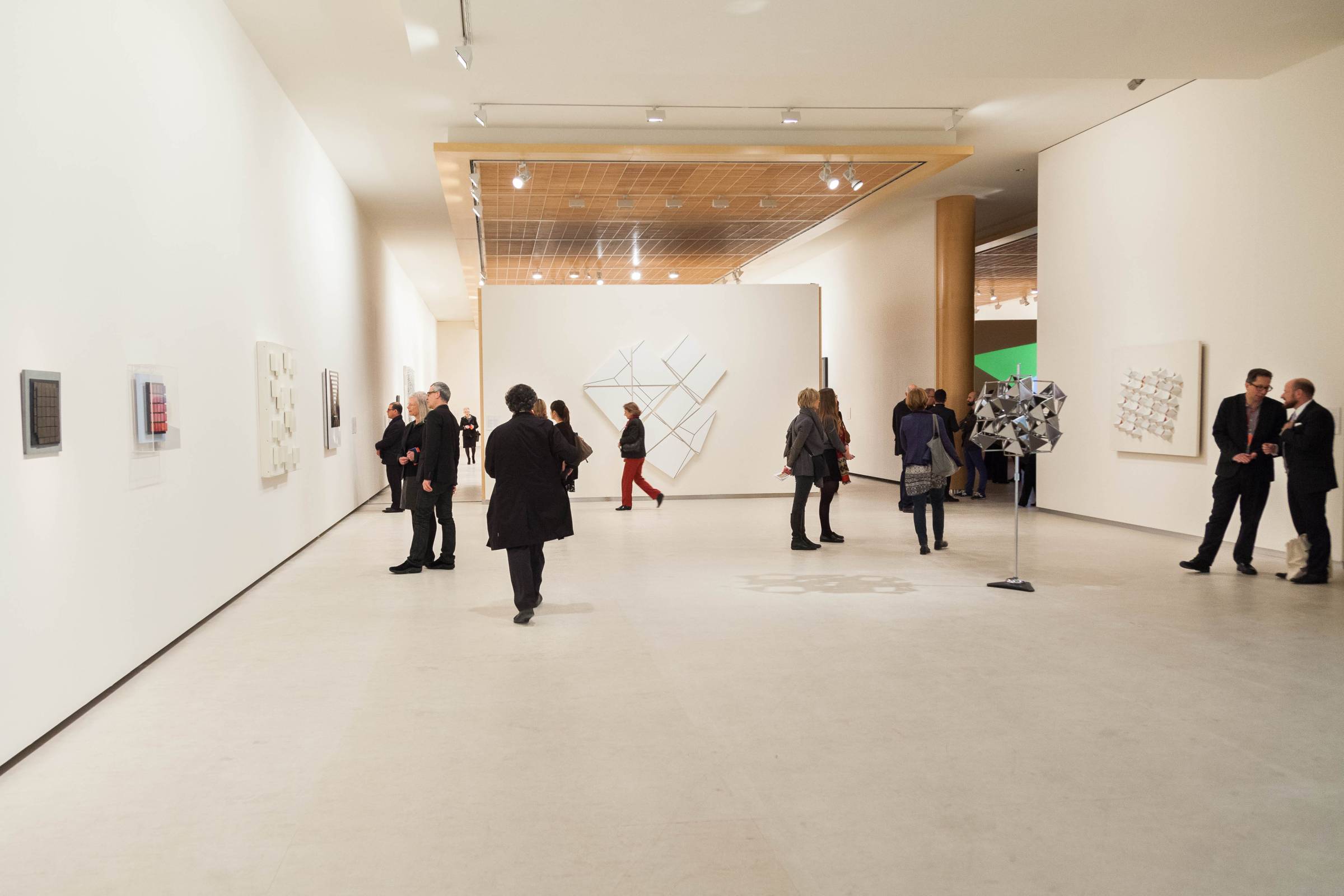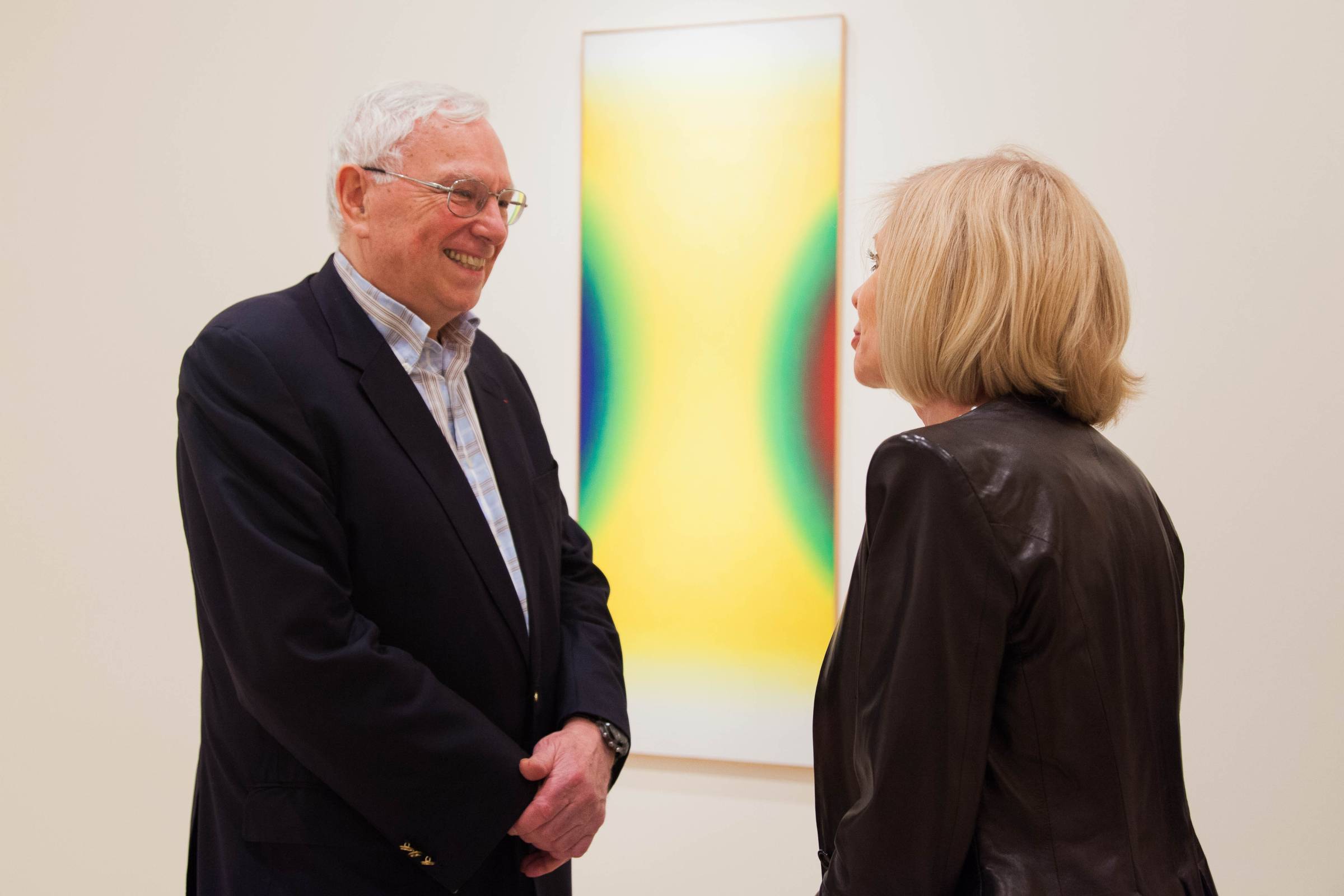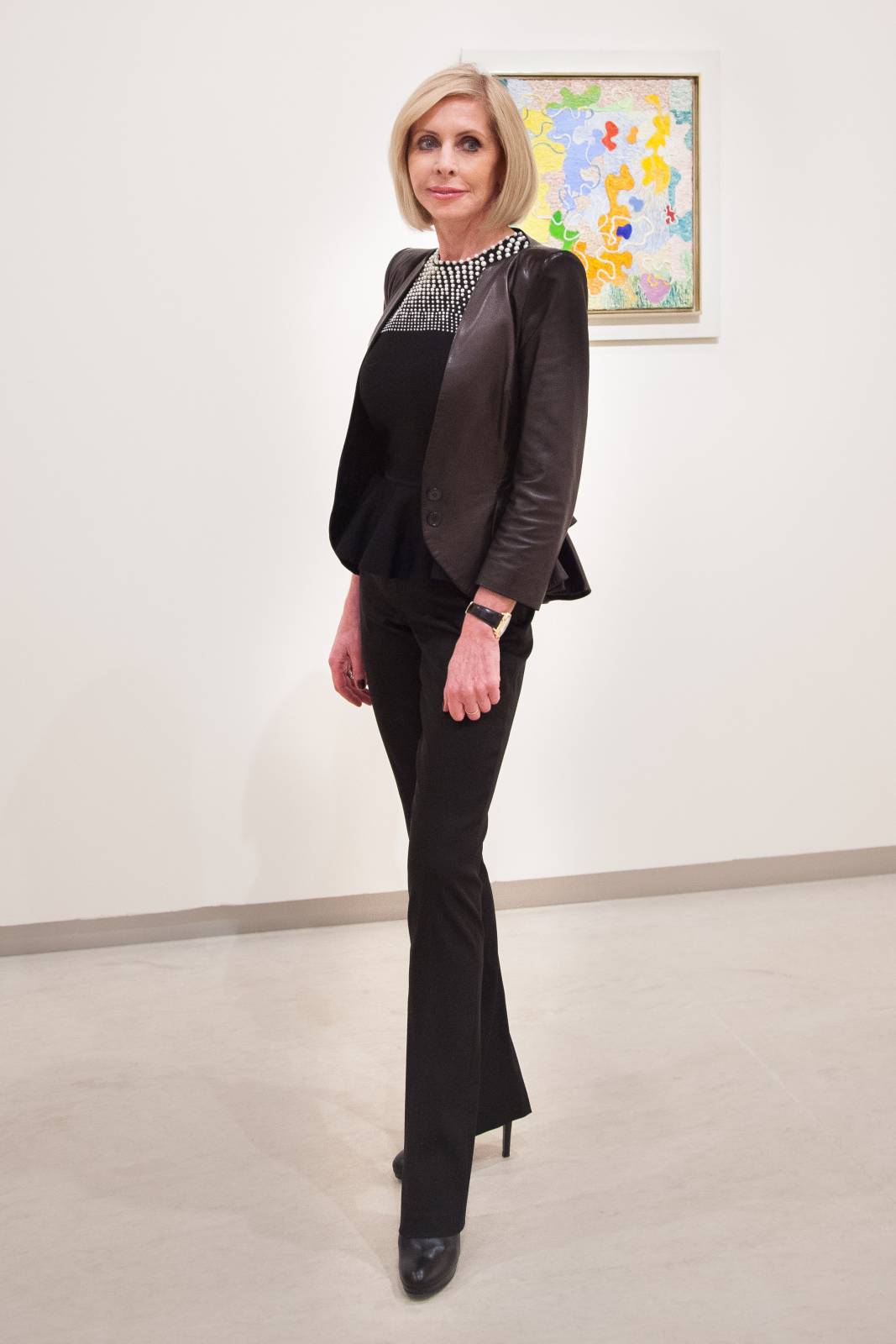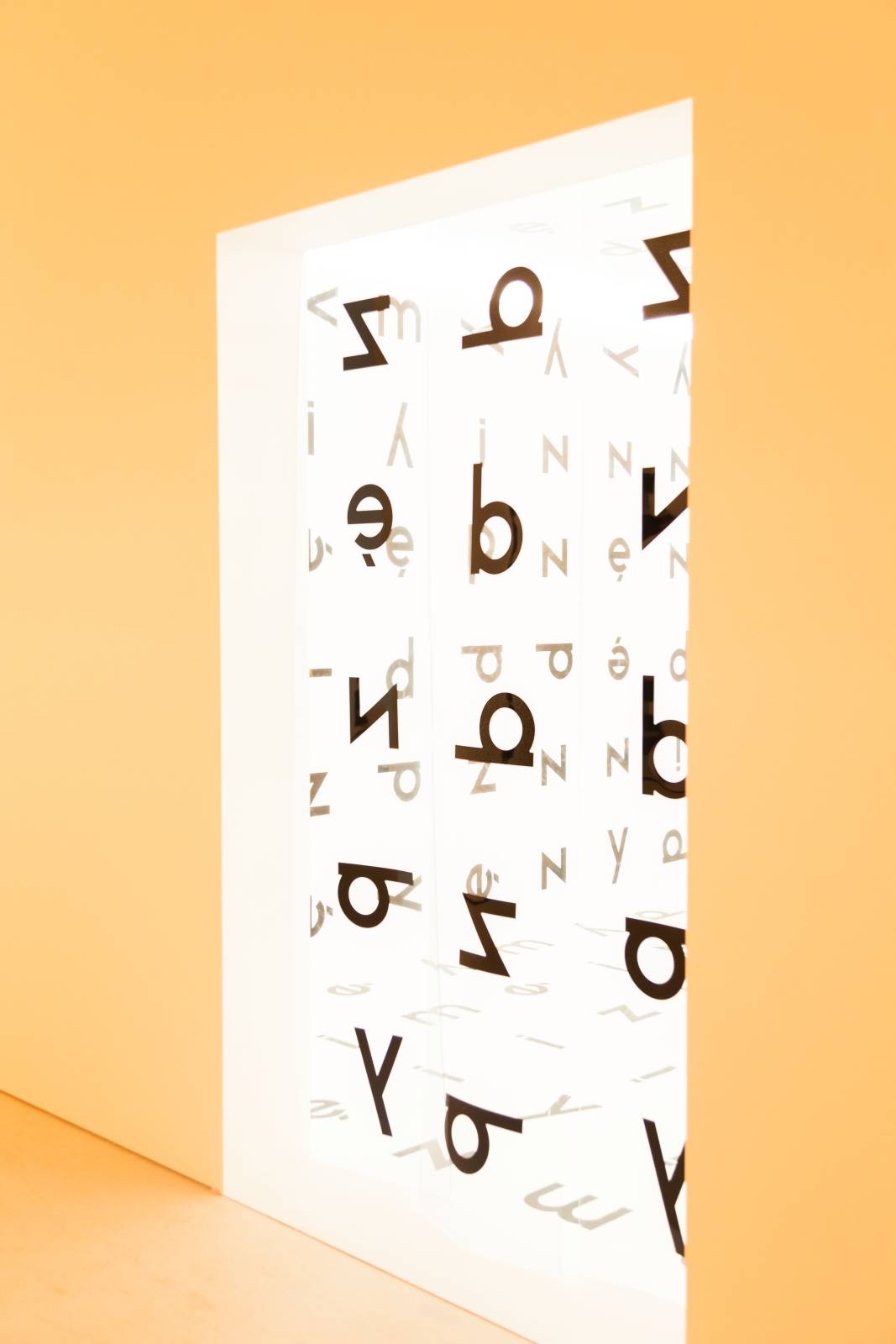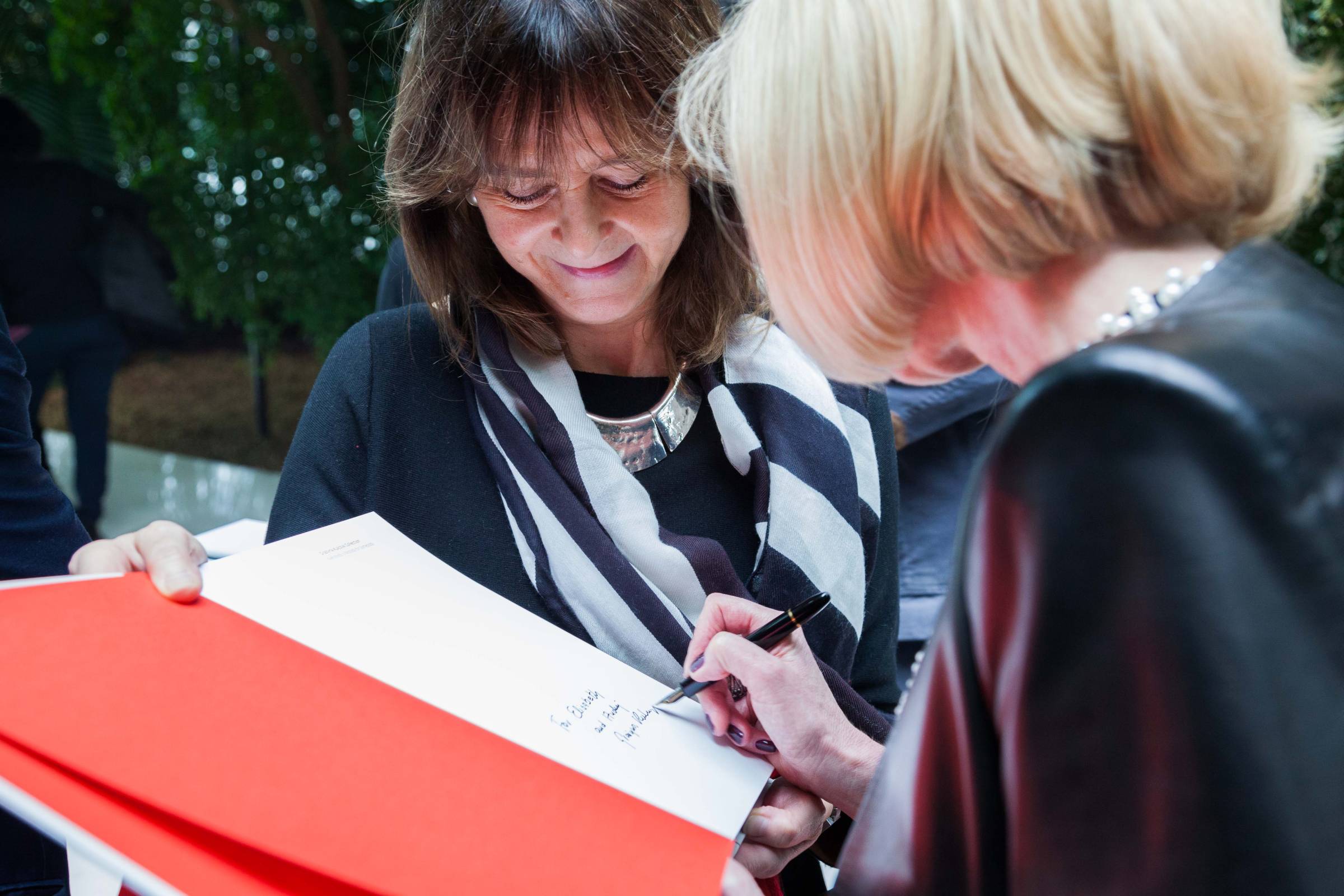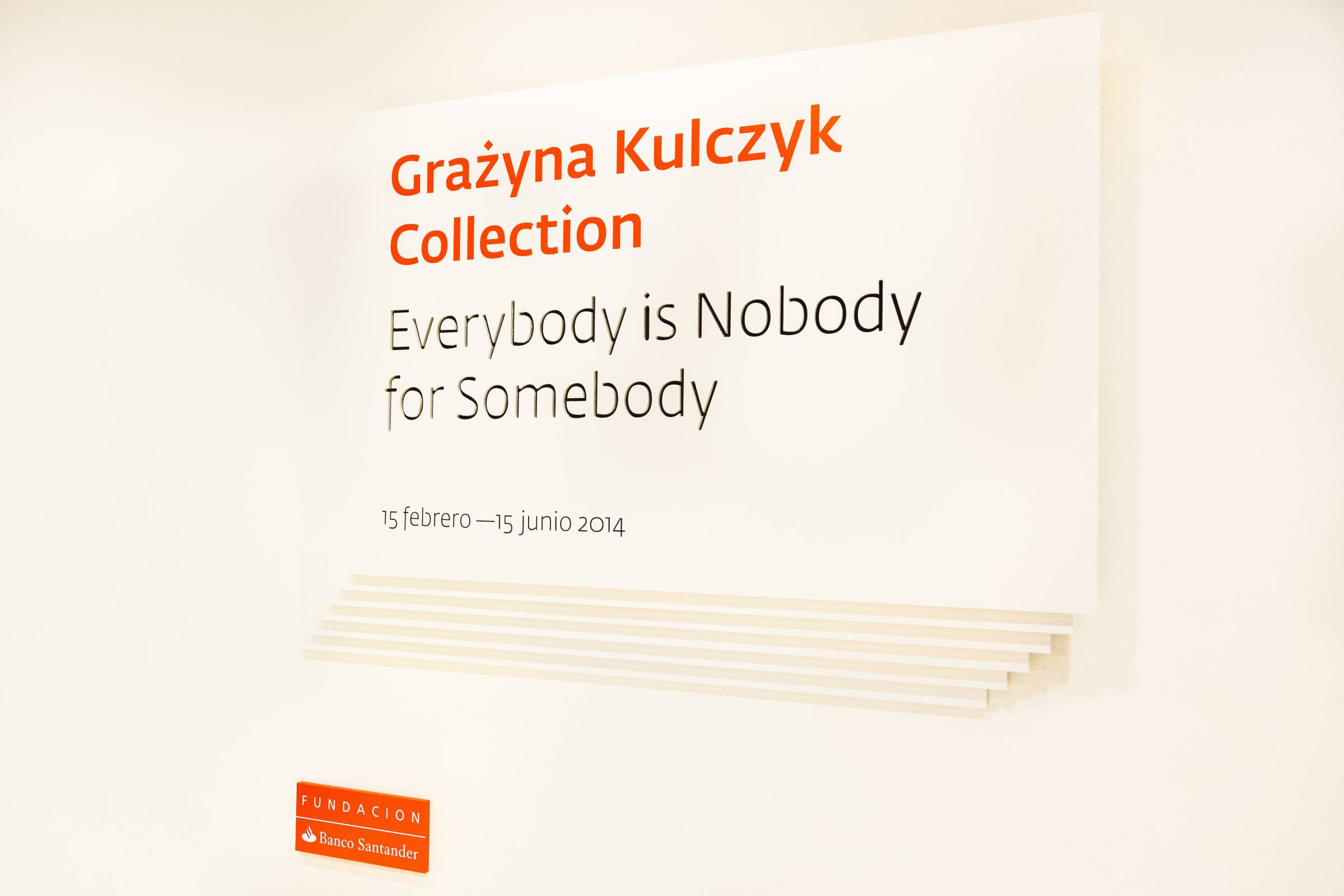The exhibition “Everybody is Nobody for Somebody,” at the art gallery of the Santander Foundation in Madrid, was the most extensive presentation of the Grażyna Kulczyk Collection ever held abroad. The exhibition showcased over 100 works by 57 Polish and international artists. The Santander Art Gallery has on permanent display works from the Foundation’s own collection, but each year, it also organizes temporary exhibits of works from the private collections of the world’s most important art collectors. Grażyna Kulczyk is the first such individual from Eastern Europe to be invited by the Foundation.
The Grażyna Kulczyk Collection records the mutual interactions between the artists in Poland and artists and artistic trends worldwide in the 20th and 21st centuries. The exhibition in Madrid reflected the collection’s overall profile. The social and cultural conditions in Poland from 1945 to 1989 were radically different in comparison to the West. Artistic concepts were interpreted from personal angles and their intercultural interpretations have shifted due to new political realities. This exhibition integrated artists from dissimilar political situations with the aim to show how the creative spirit has no borders.
The exhibition was an opportunity to present outstanding works by prominent Polish artists contrasted, often for the very first time, with works by renowned international counterparts. The curator suggested two possible paths for exploring the exhibition. The first one, connected with gender, with a clear dominance of women’s art, started with a painting by Agnes Martin. This theme then took visitors through works by Polish female artists such as Alina Szapocznikow, Katarzyna Kozyra, Zofia Kulik and Agnieszka Polska, as well as international superstars: VALIE EXPORT, Rosemarie Trockel and Annette Messager. The narration of this section of the exhibition closed with abstract compositions by Teresa Tyszkiewicz and Joan Mitchell.
The other part of the exhibition primarily highlighted minimalist and conceptual art. For years, Grażyna Kulczyk has been gradually expanding her collection by adding new works by artists from these artistic movements. Apart from classic works of minimal art by Donald Judd, Dan Flavin and Sol LeWitt, the exhibition also featured works by outstanding op art artists such as Victor Vasarely, Carlos Cruz-Diez and Wojciech Fangor; next to visionaries who often drew on technical and scientific achievements, including Richard Buckminster Fuller, Gego, Loris Greaud and Sebastiana Hempela; and, finally, a collection of works by representatives of the ZERO group: Heinz Mack, Günther Uecker and Otto Piene. The conceptual dimension of this part of the exhibition was also reflected in works by prominent Polish artists: Roman Opałka, Edward Krasiński, Stanisław Dróżdż and Jan Berdyszak.
The works that linked the two artistic paths touch upon the issue of collective memory were ones by Andrzej Wróblewski, Mirosław Bałkai, Hubert Czerepok When set against the works by Jenny Holzer and Anselm Kiefer, they unveil a spectrum of issues addressed by artists all around the world.
The perception of Polish art in the international context has been one of the most important motivations for Grażyna Kulczyk. As noted by the curator: “This selection of works joined together form an enlightened crossroads that highlights the uniqueness and depth of the Grażyna Kulczyk Collection. It provides us with a more intimate view of how important Poland was in the building of conceptual thinking. This exhibition serves as a reminder that art is a universal language, an open window that can be seen through both ways.”
A catalogue to the exhibition was published with an introduction by Grażyna Kulczyk, a word from the curator, Timothy Persons and an essay featuring an exchange of letters between two art historians: Anda Rottenberg and Julian Heynem. The purpose of the catalog was to familiarize the readers and exhibition viewers with the historical and artistic background of the Grażyna Kulczyk Collection.
